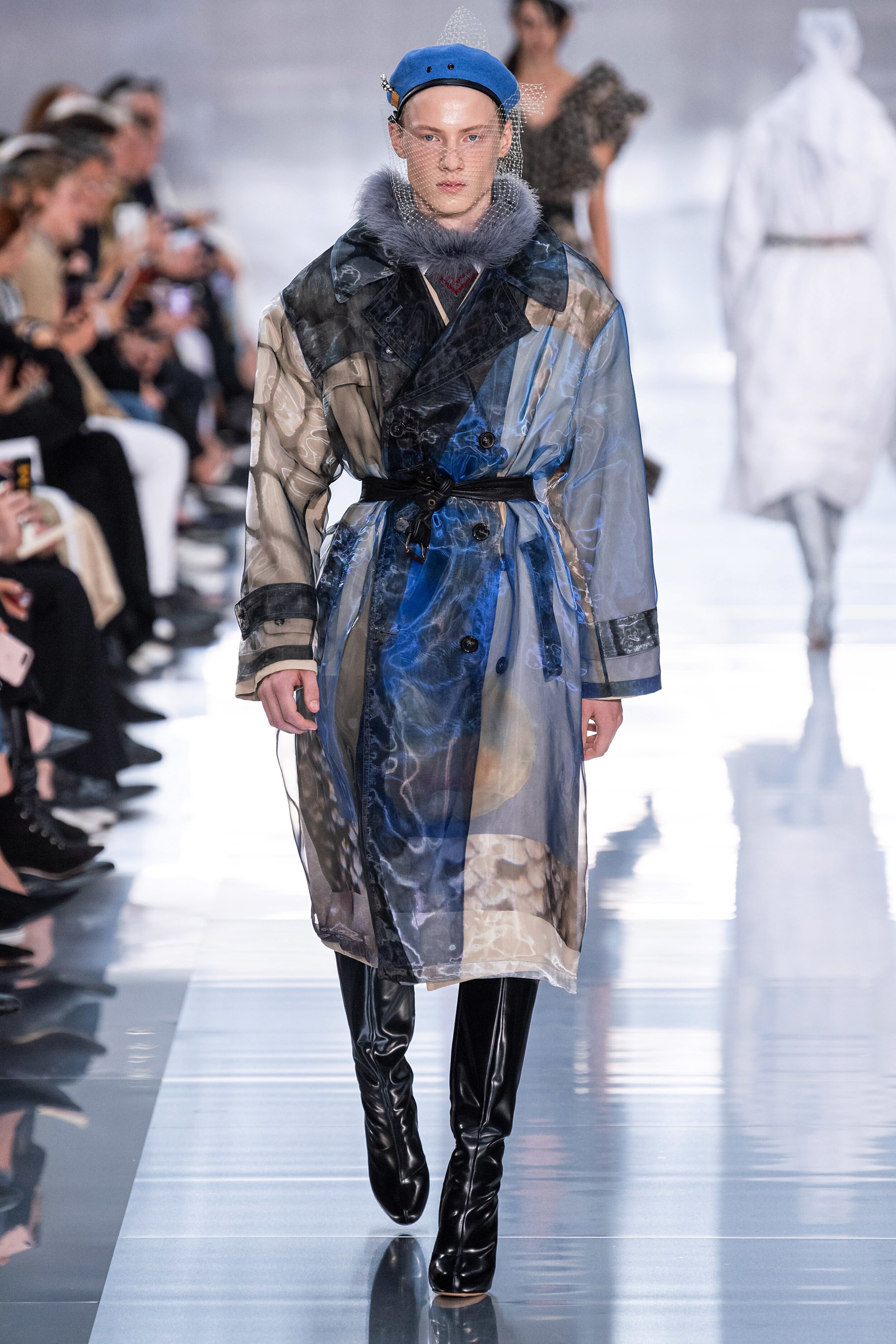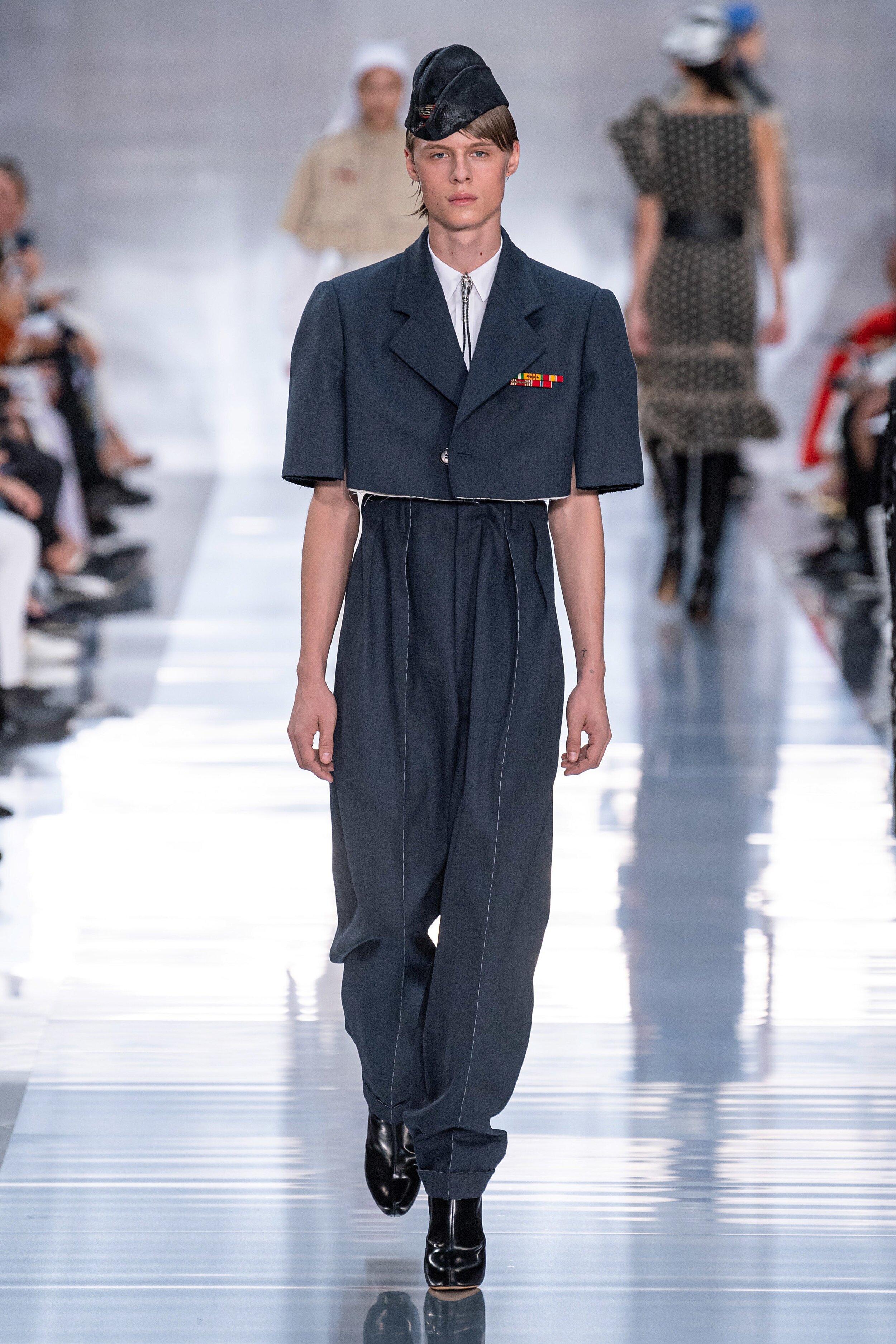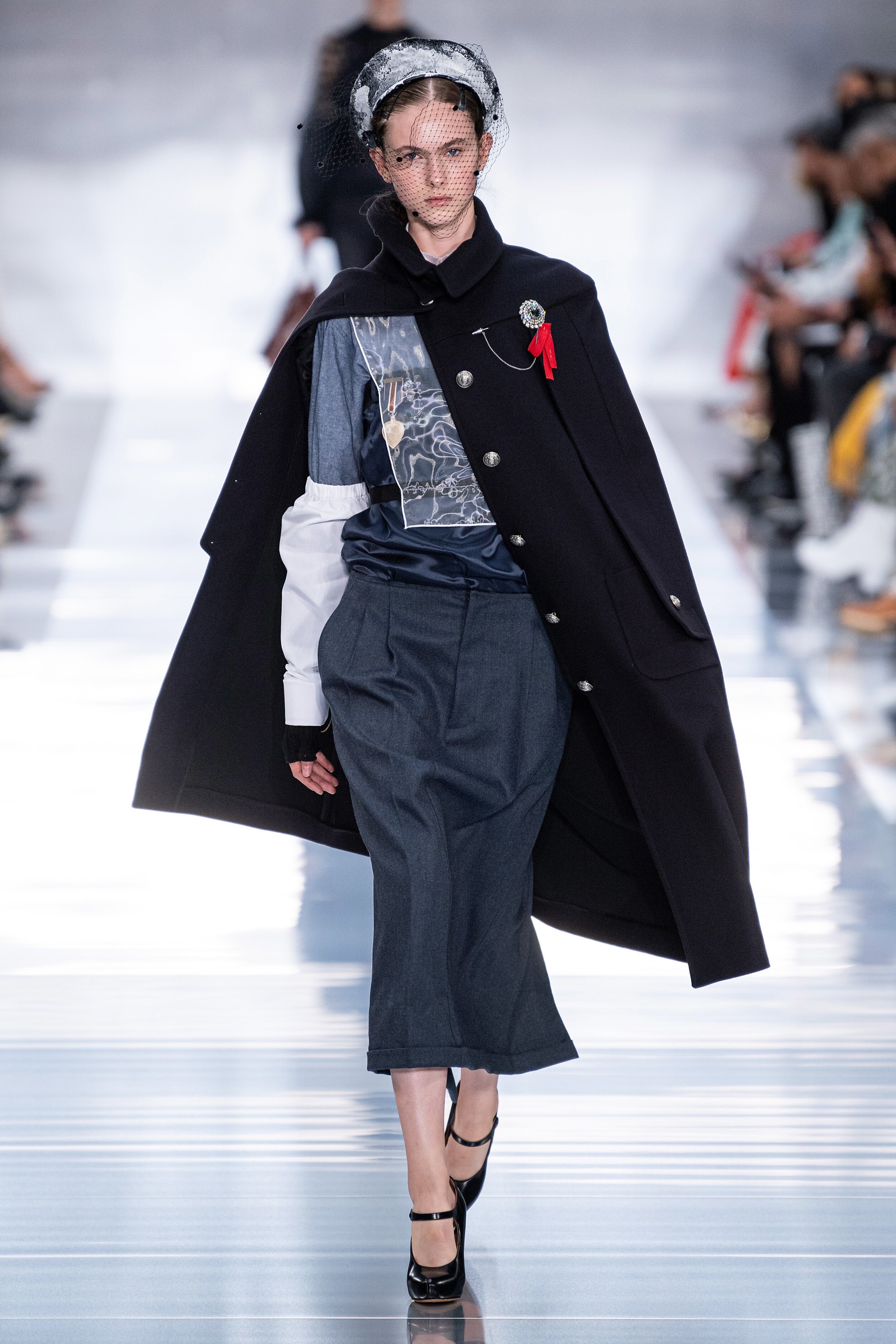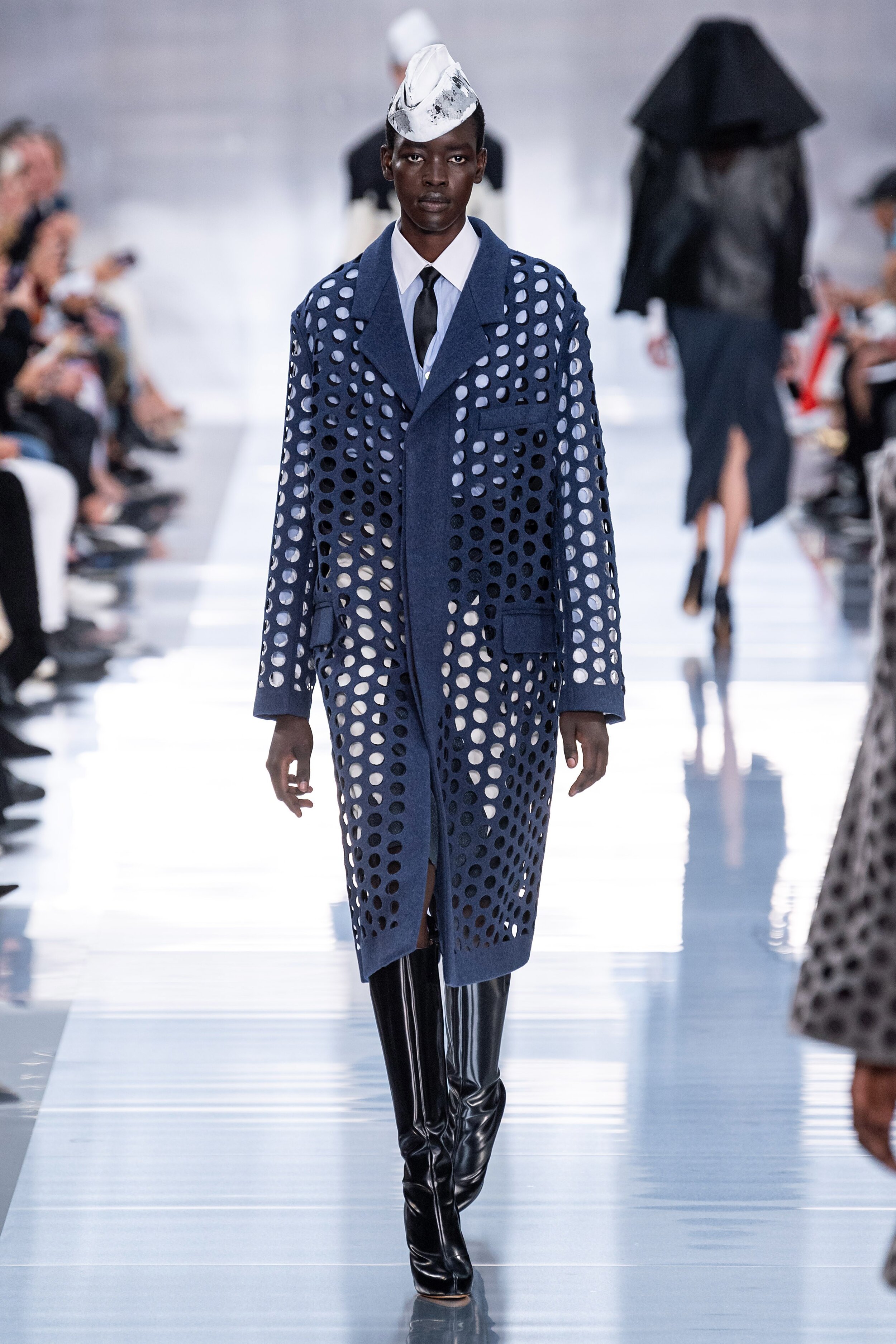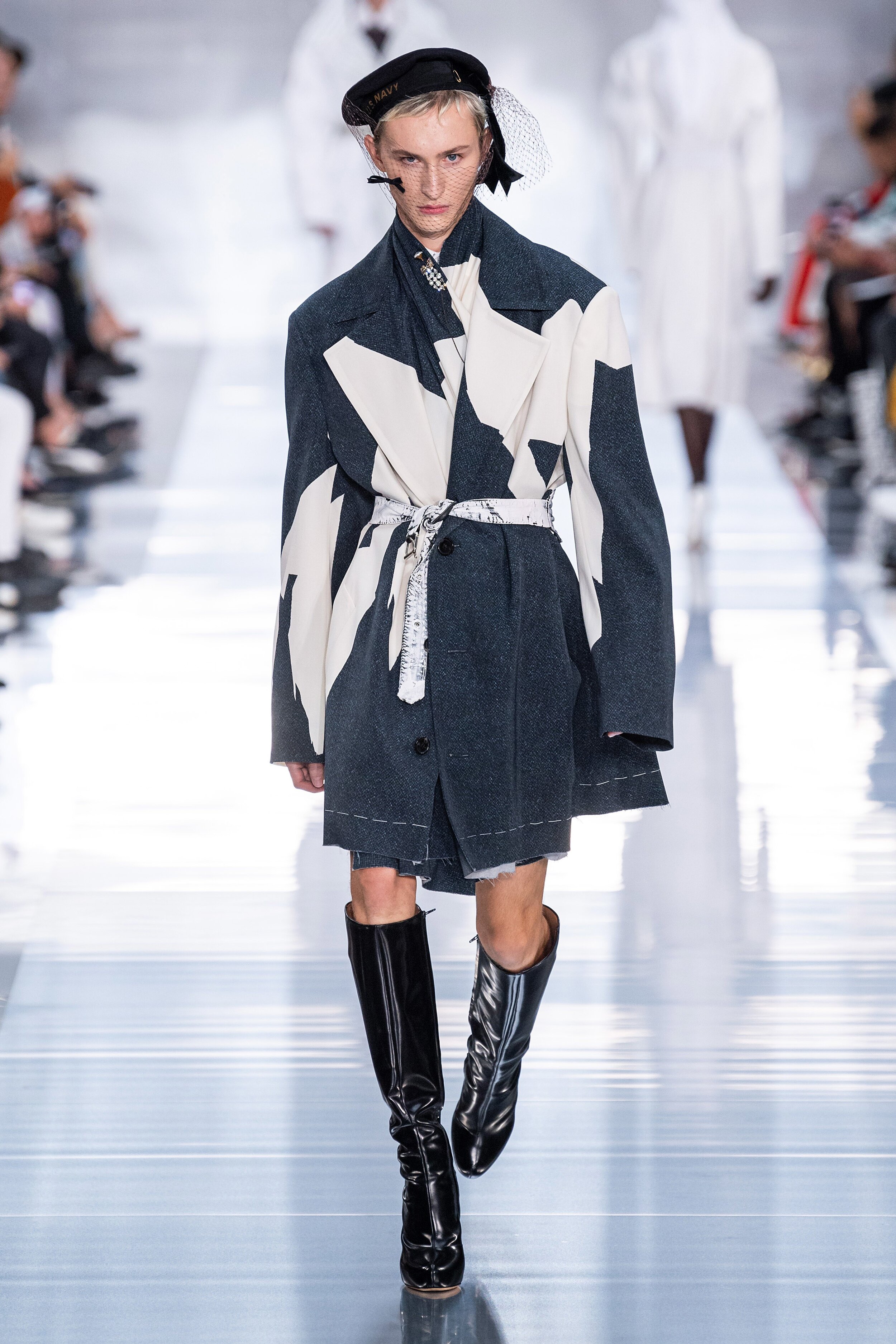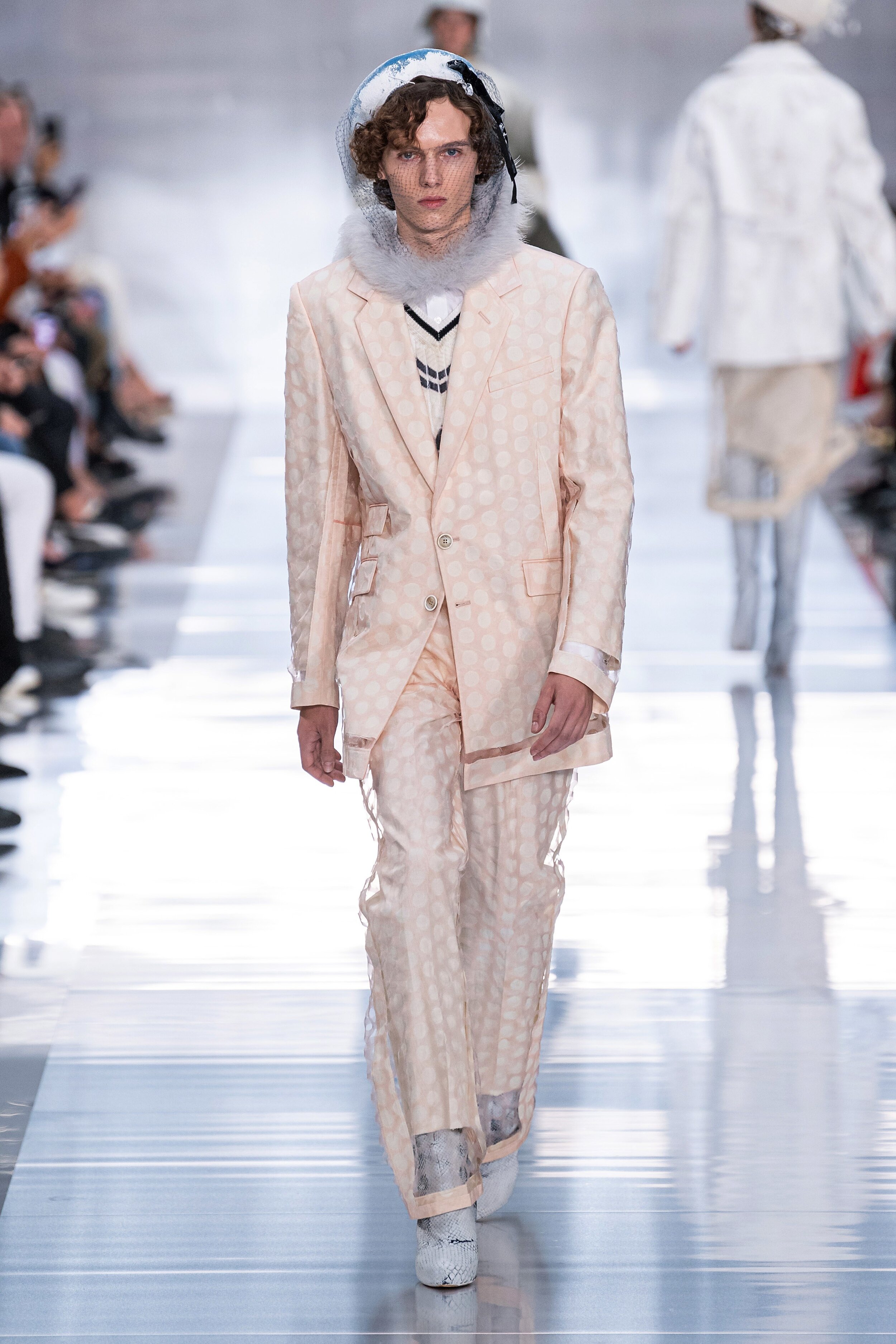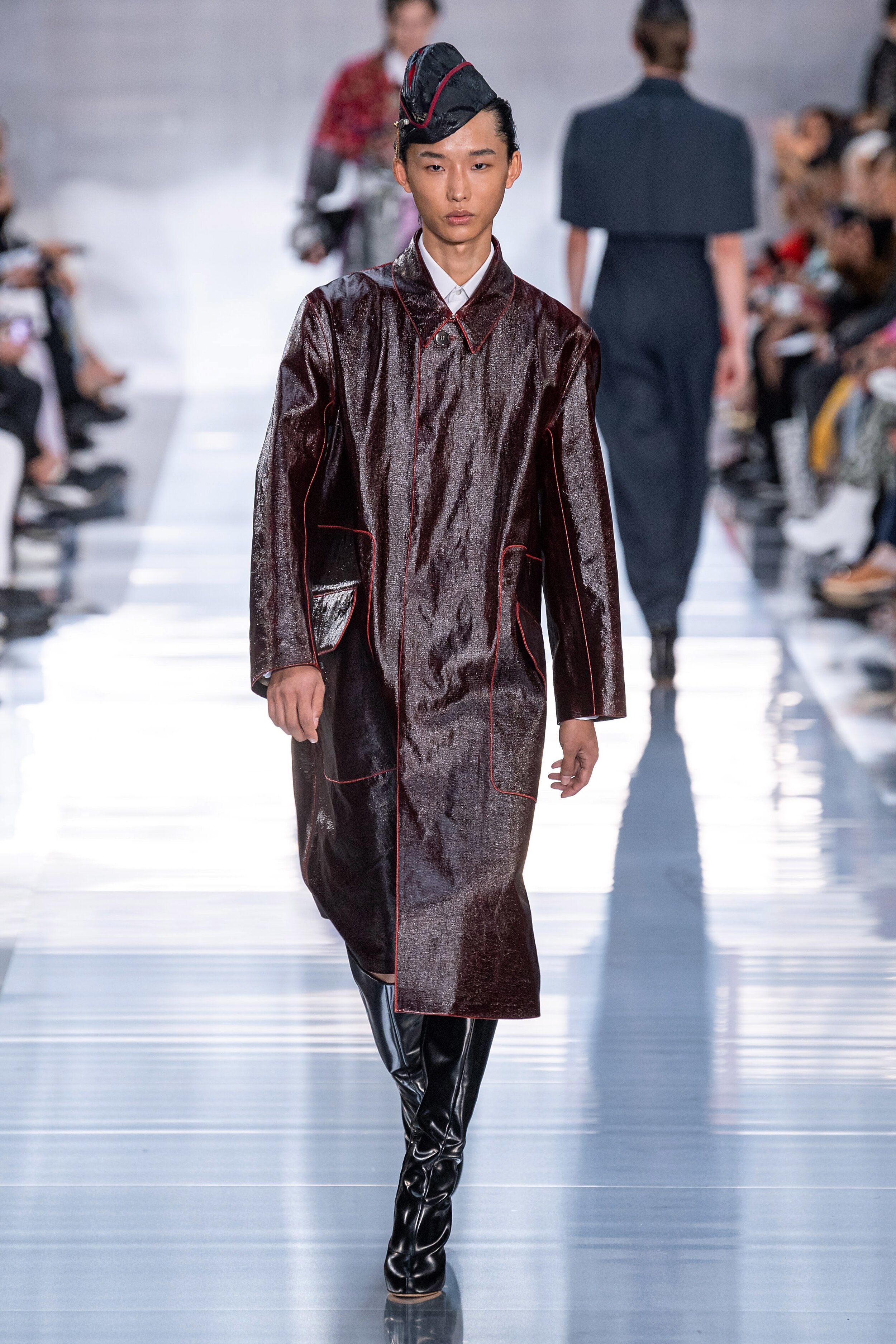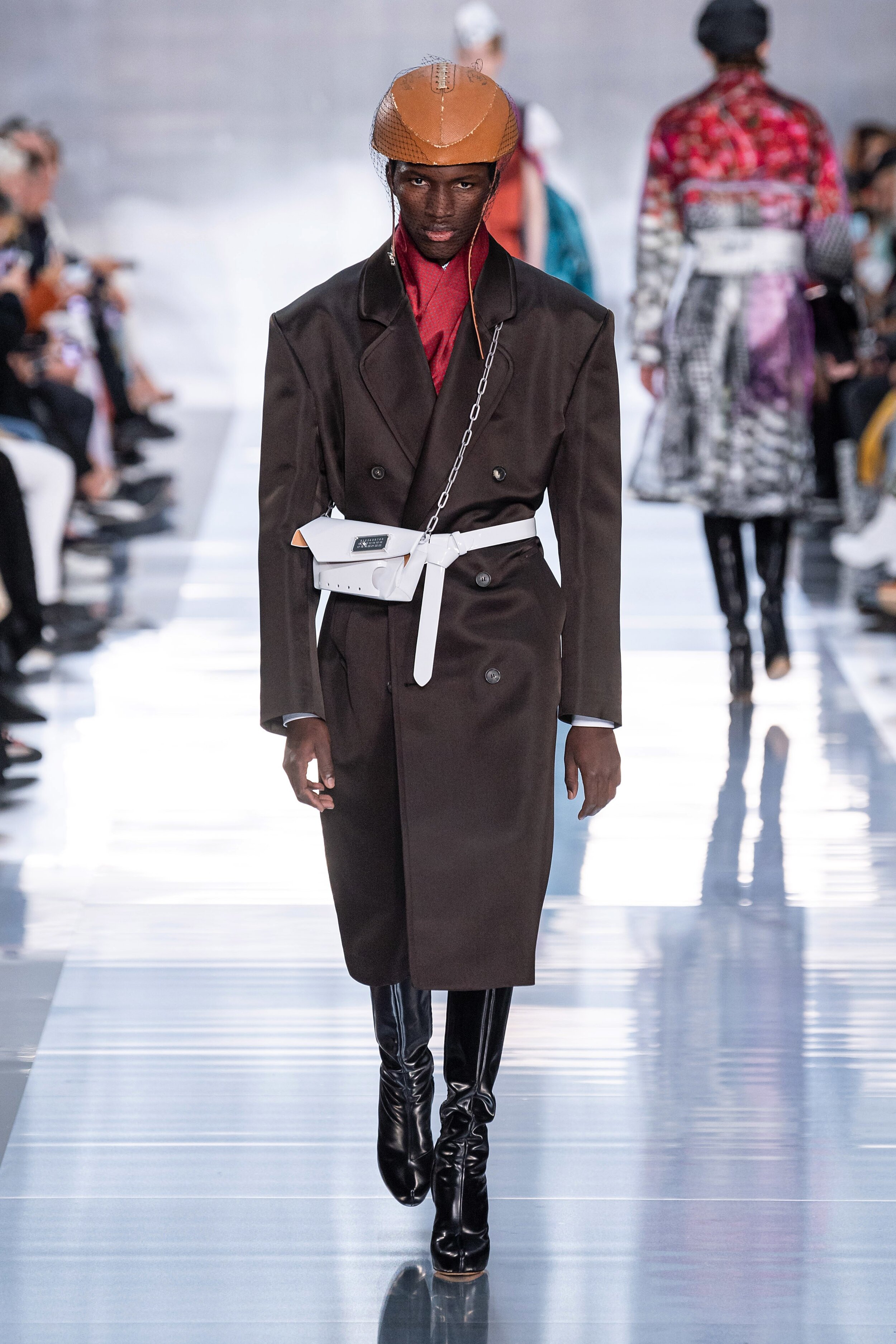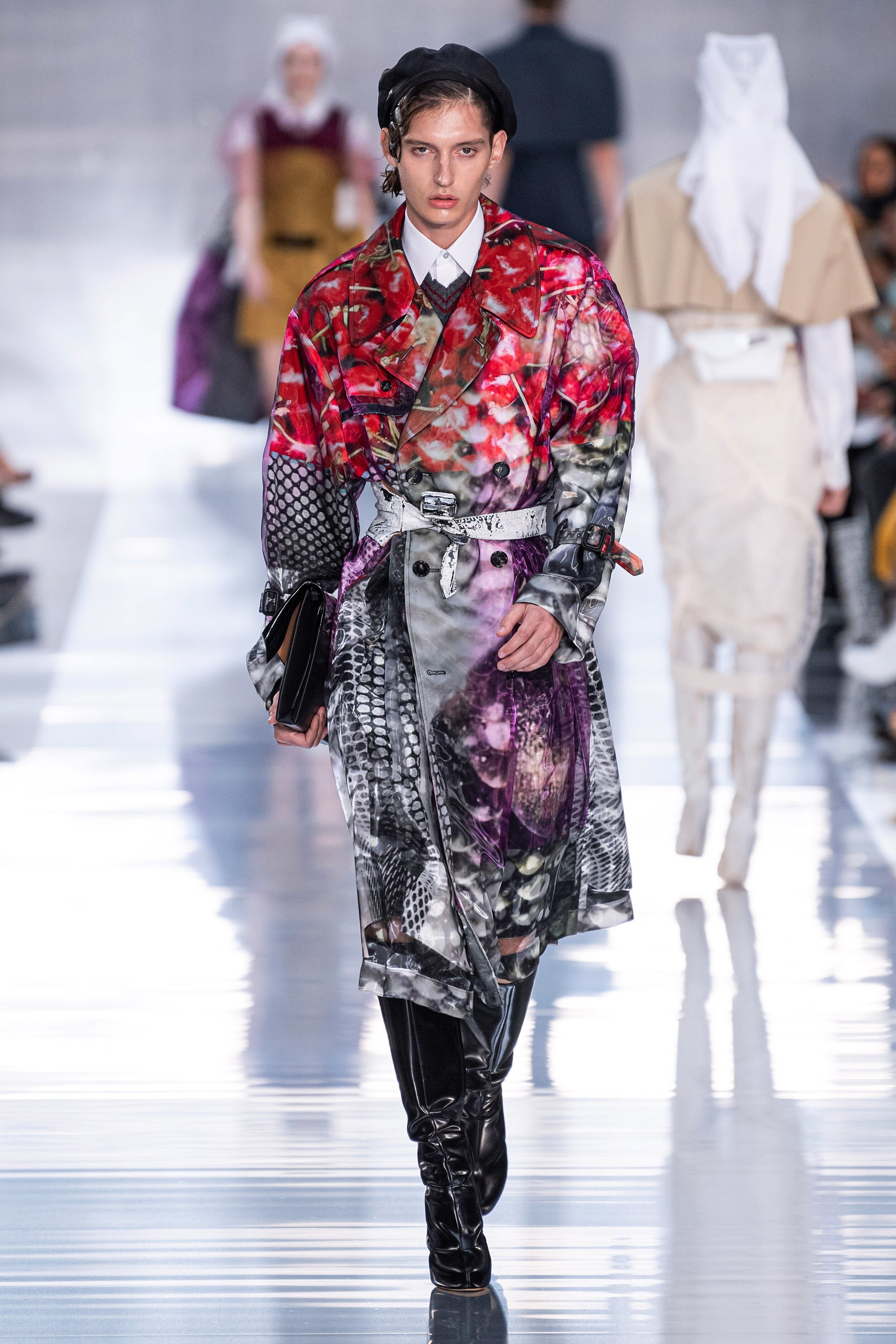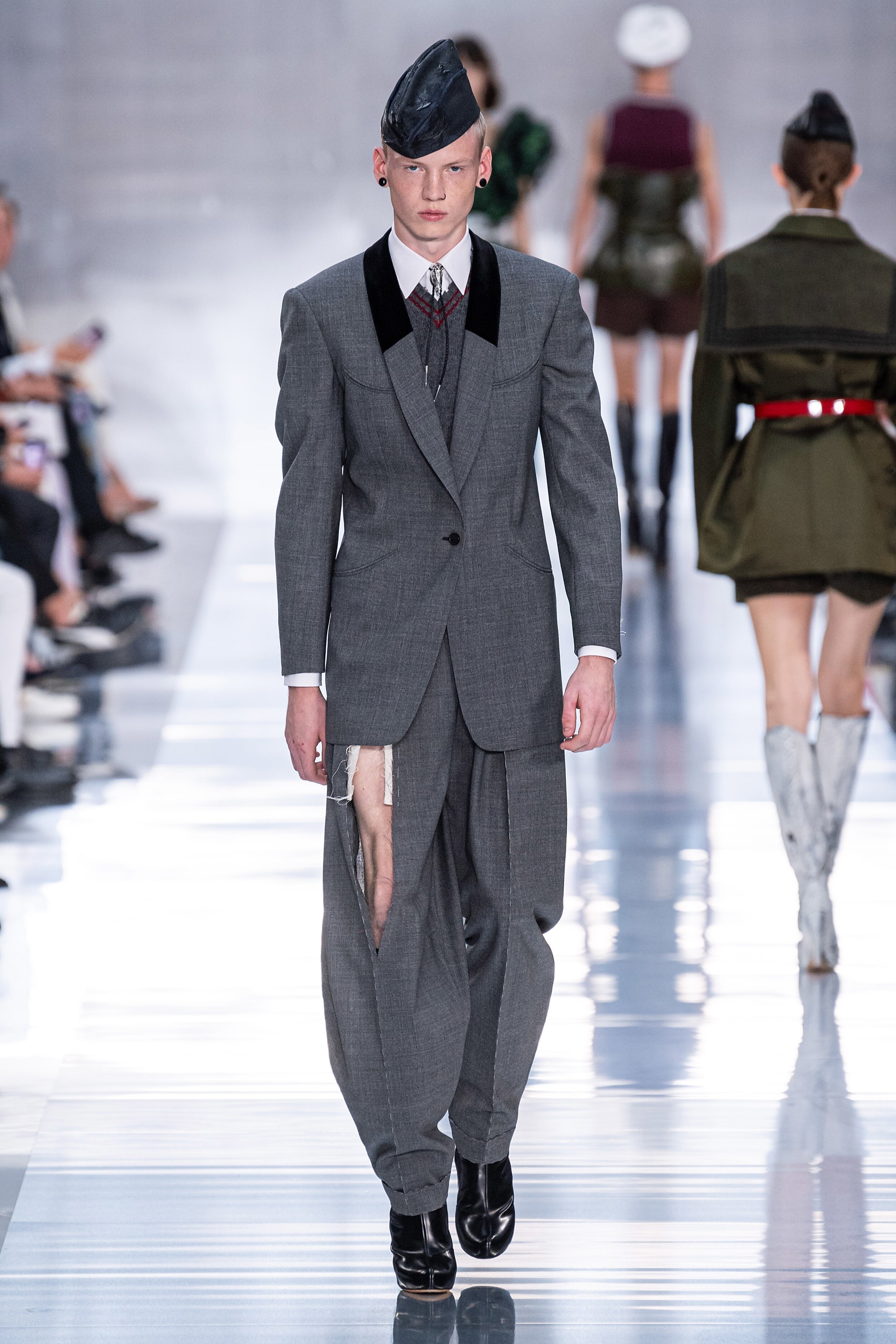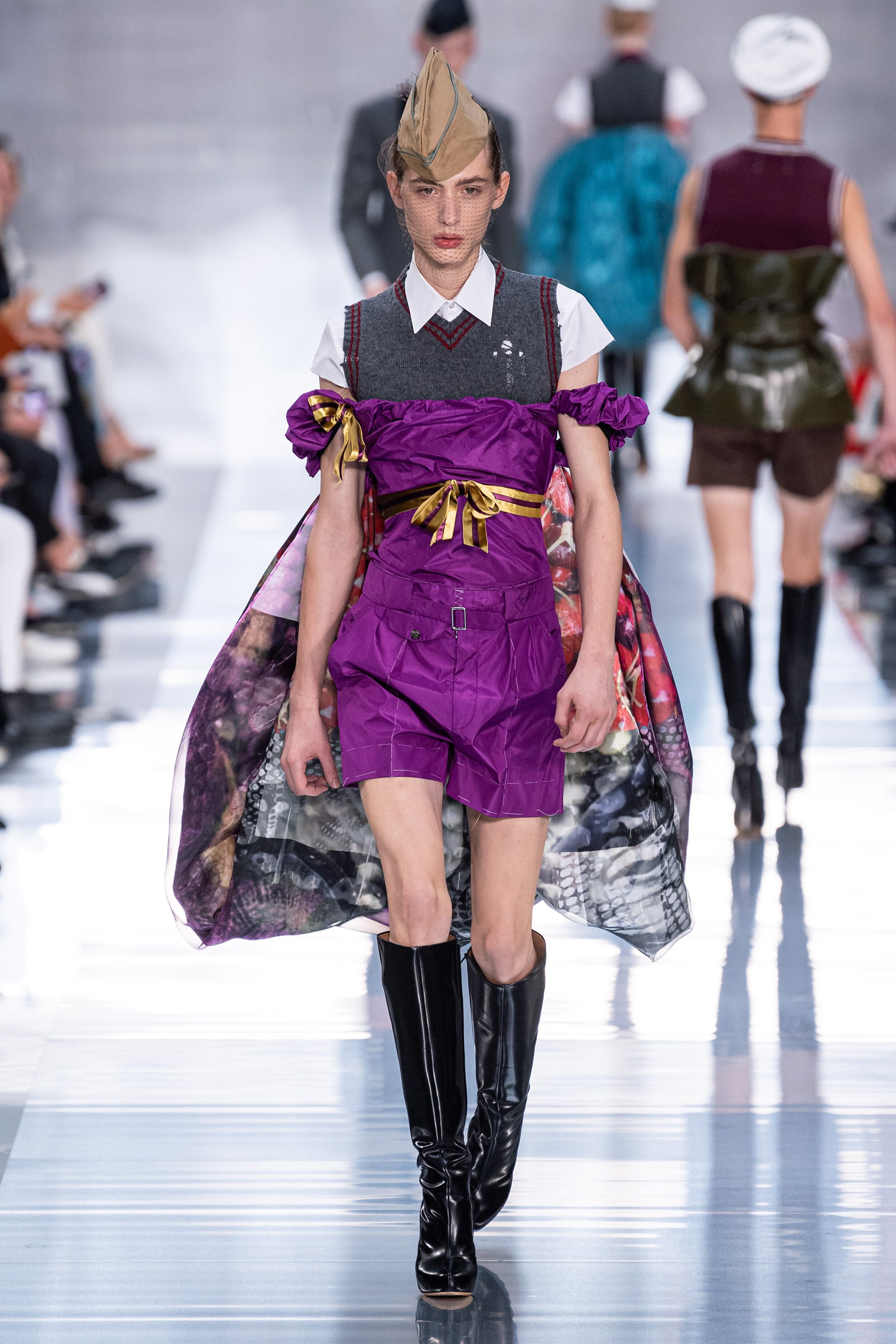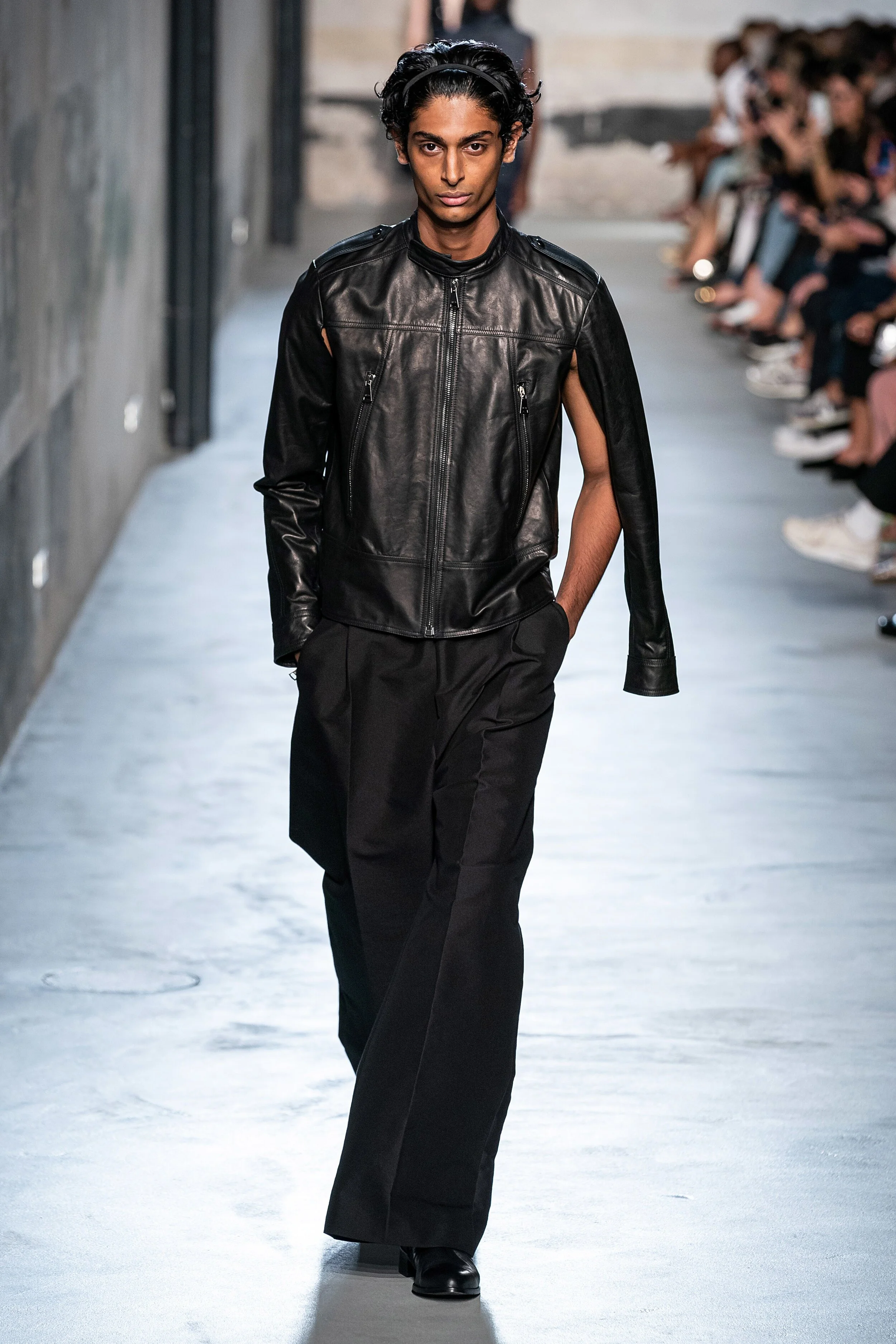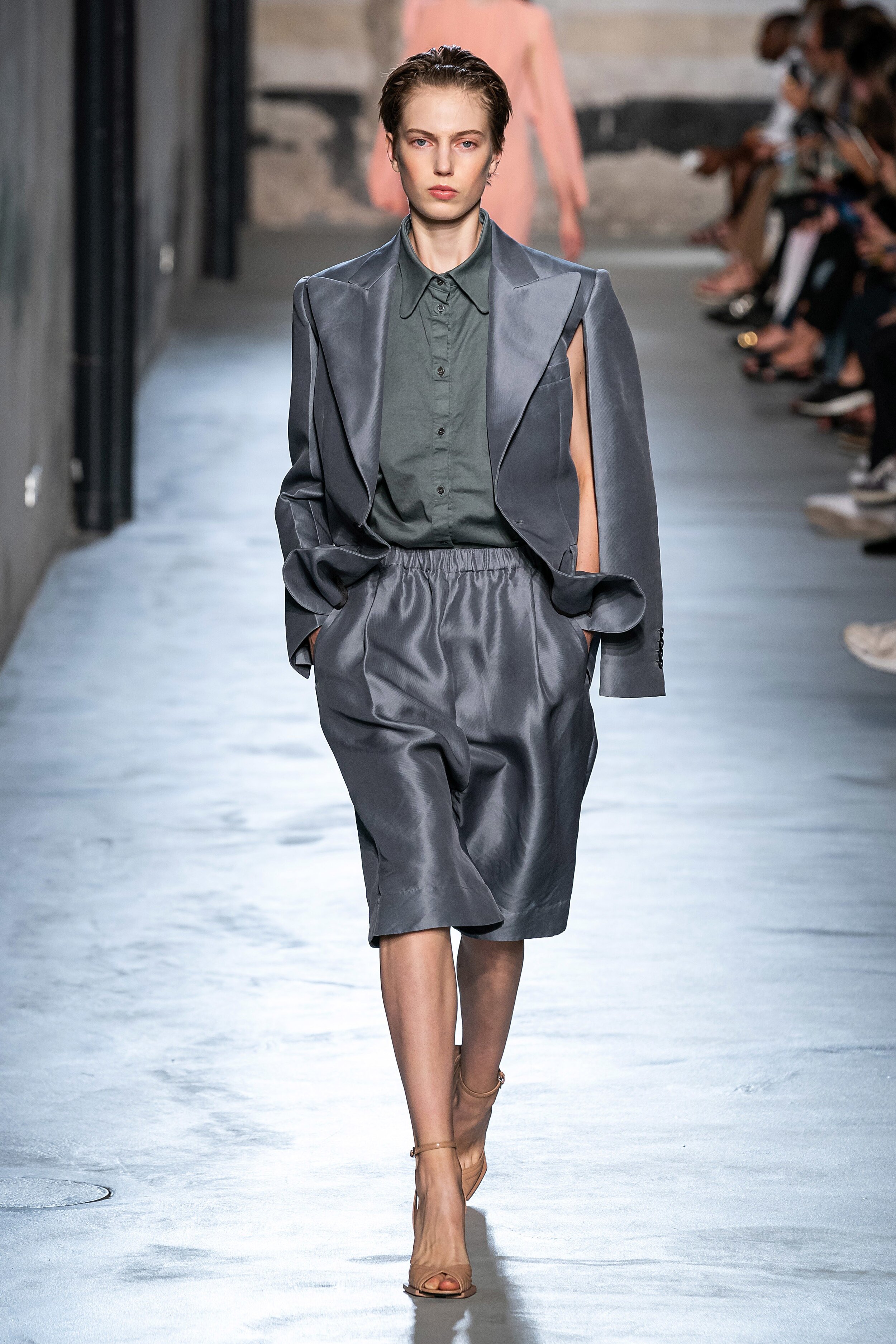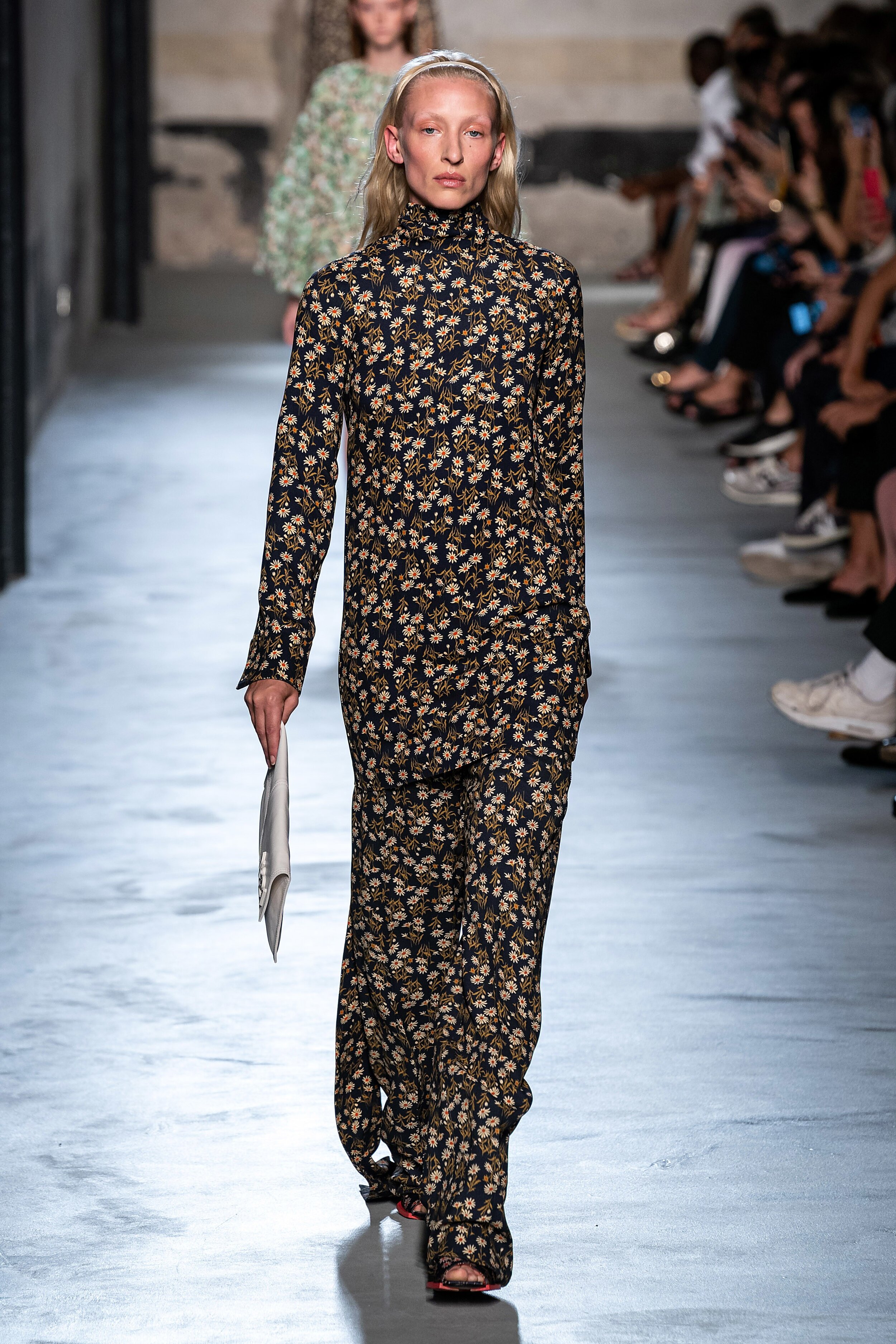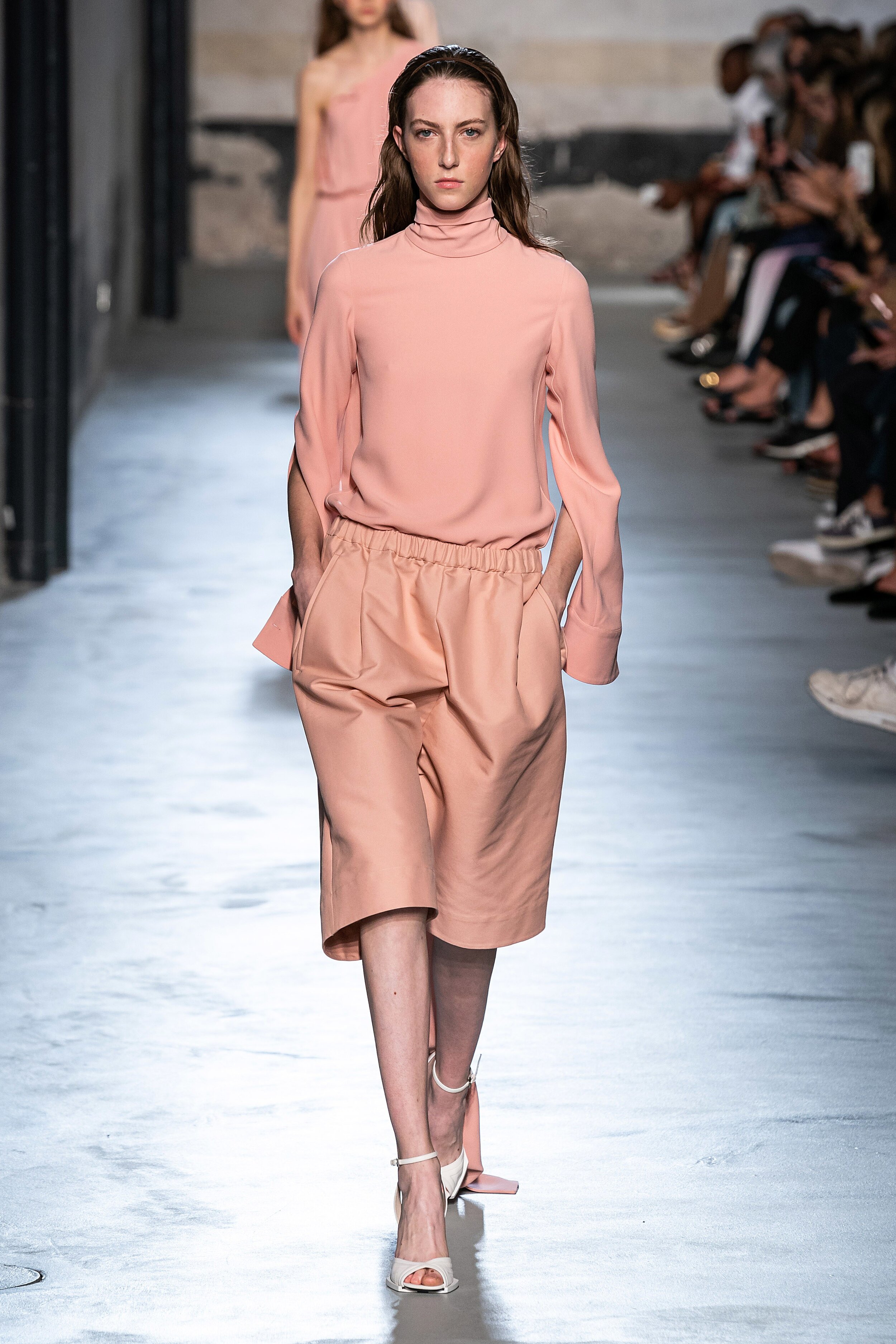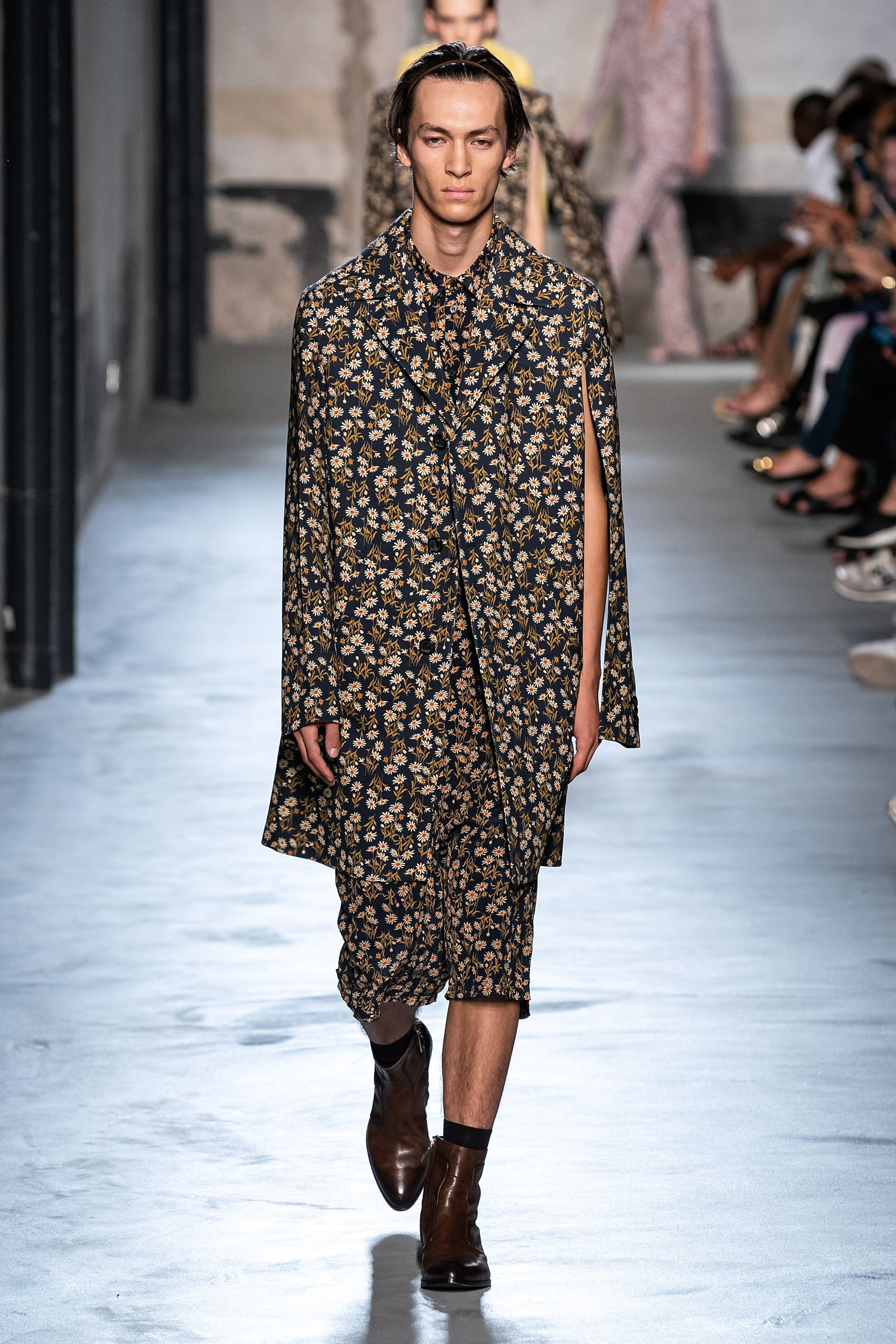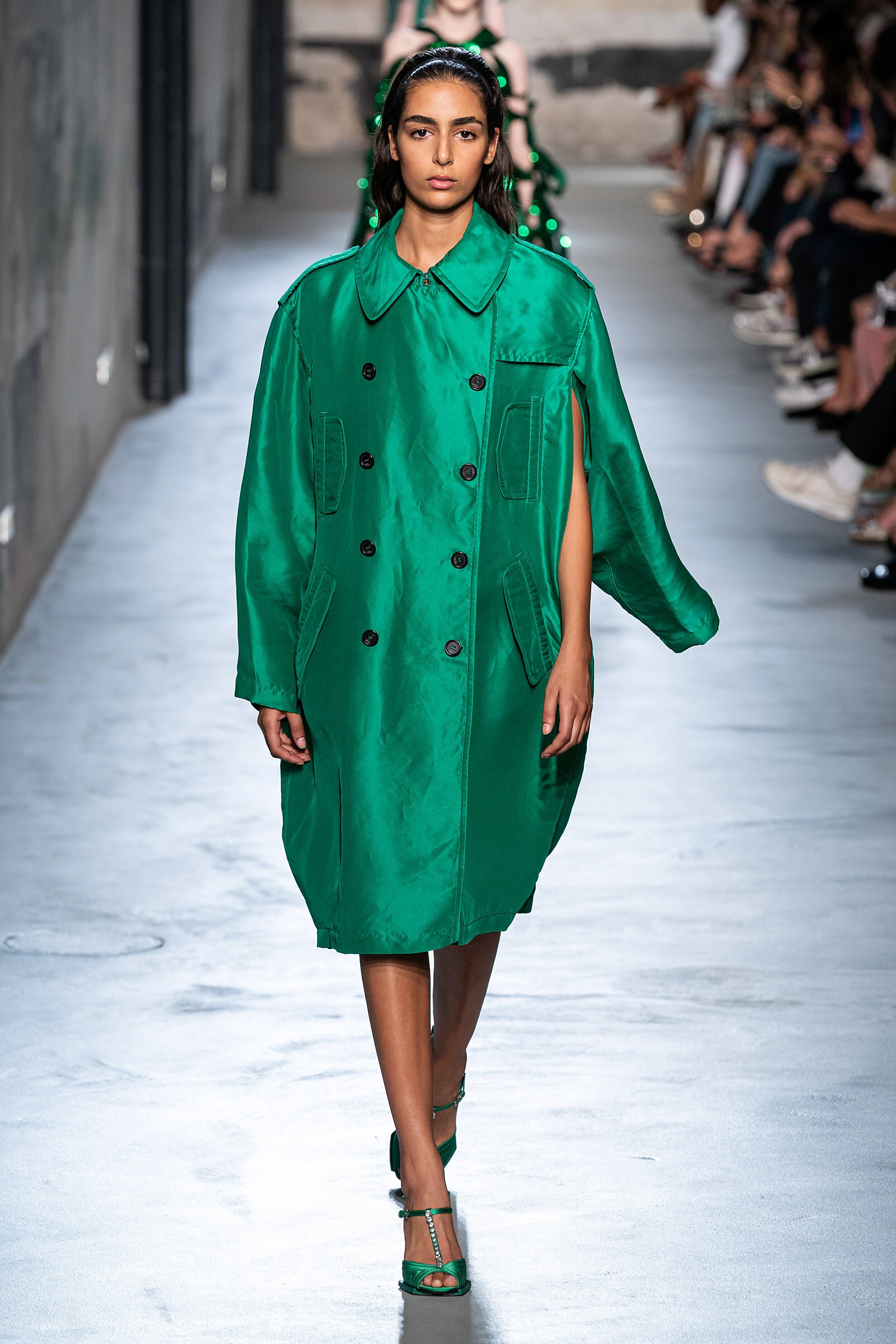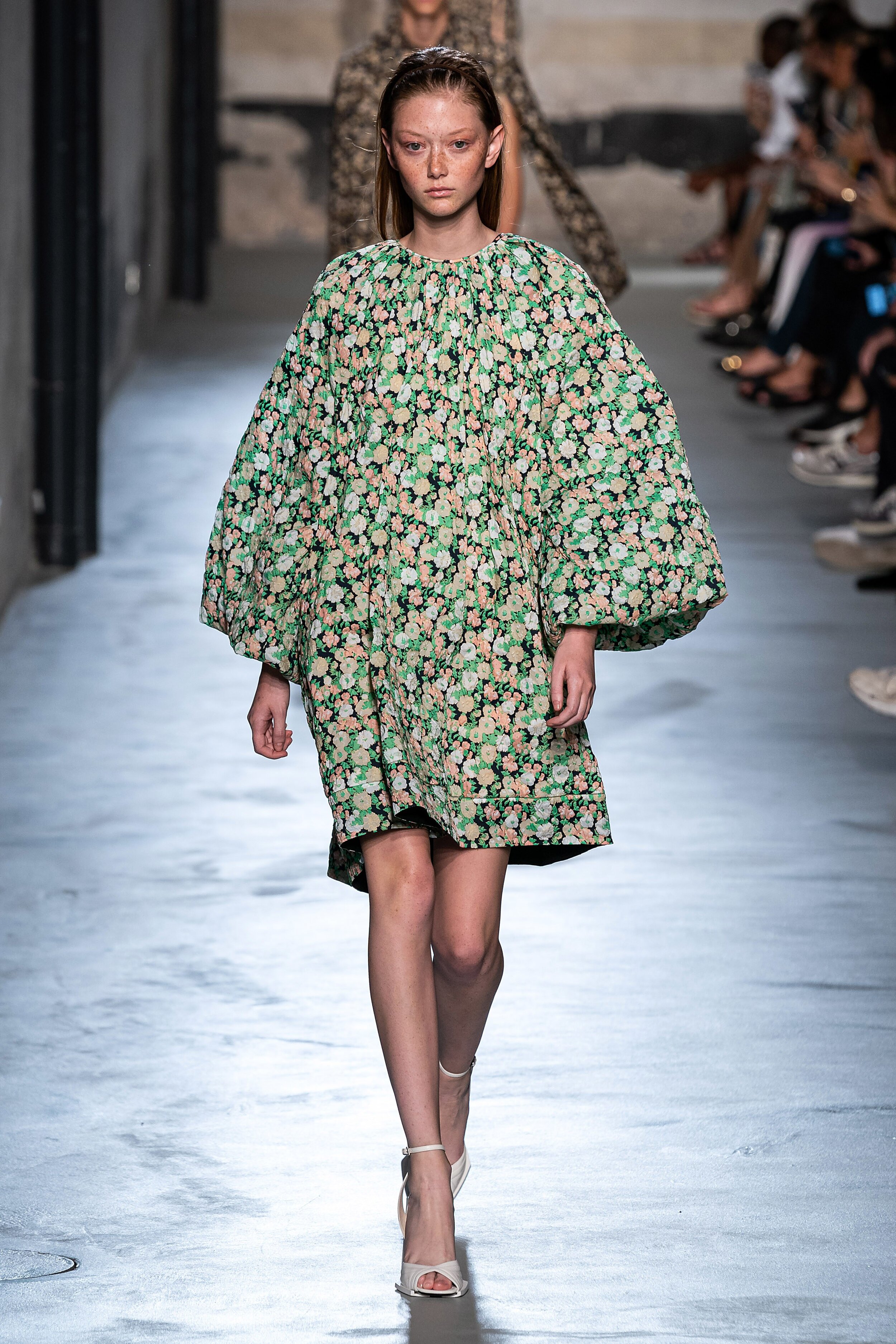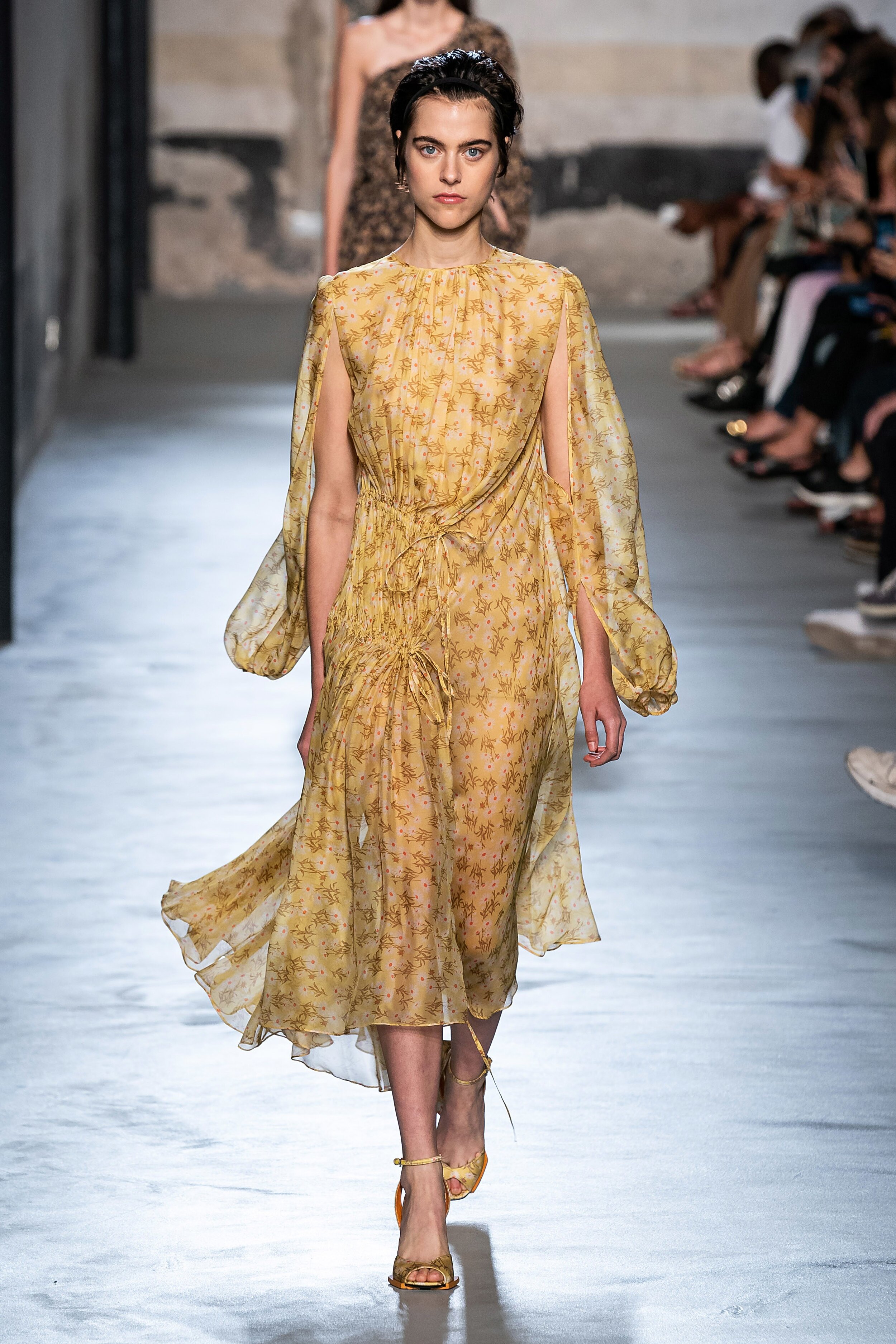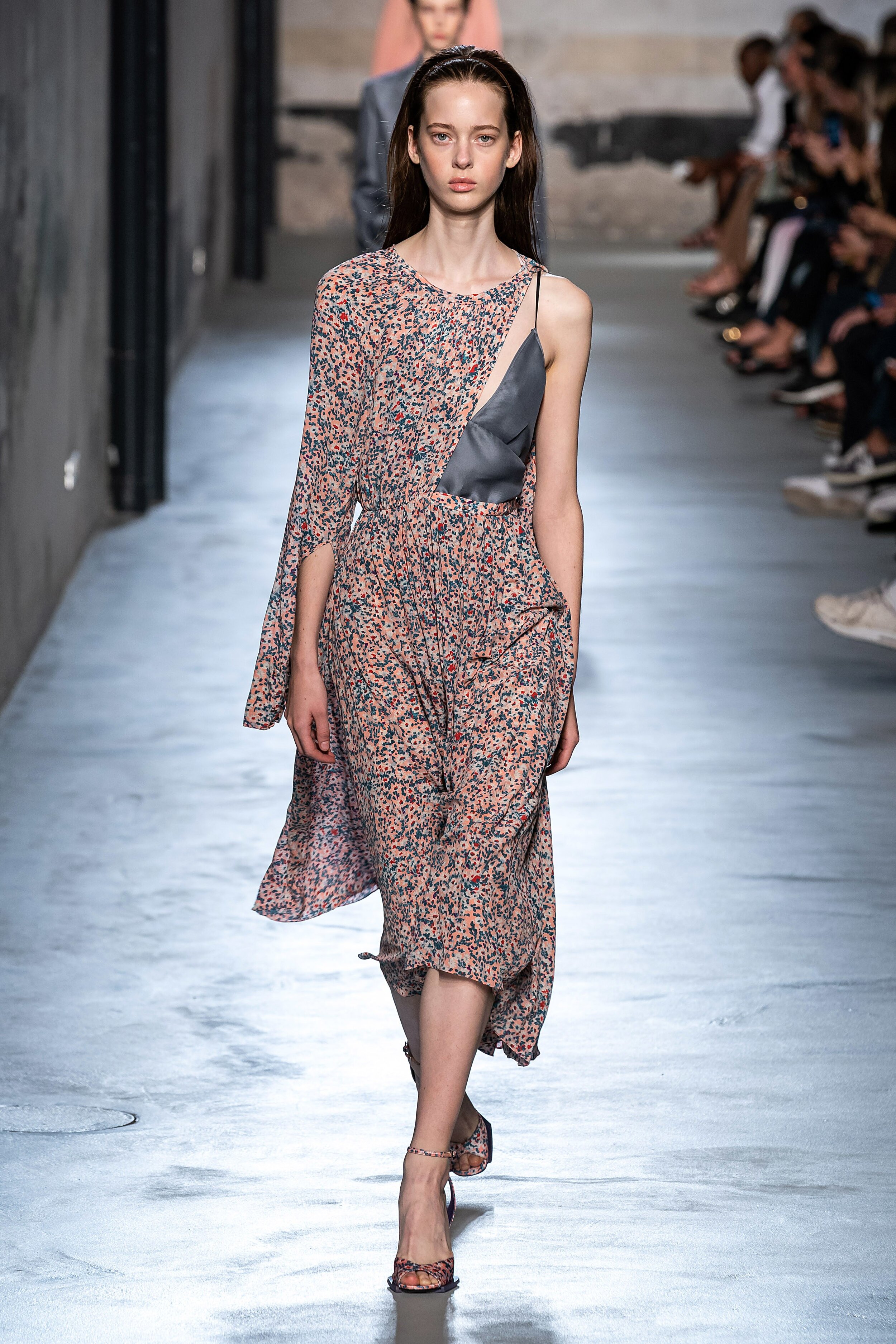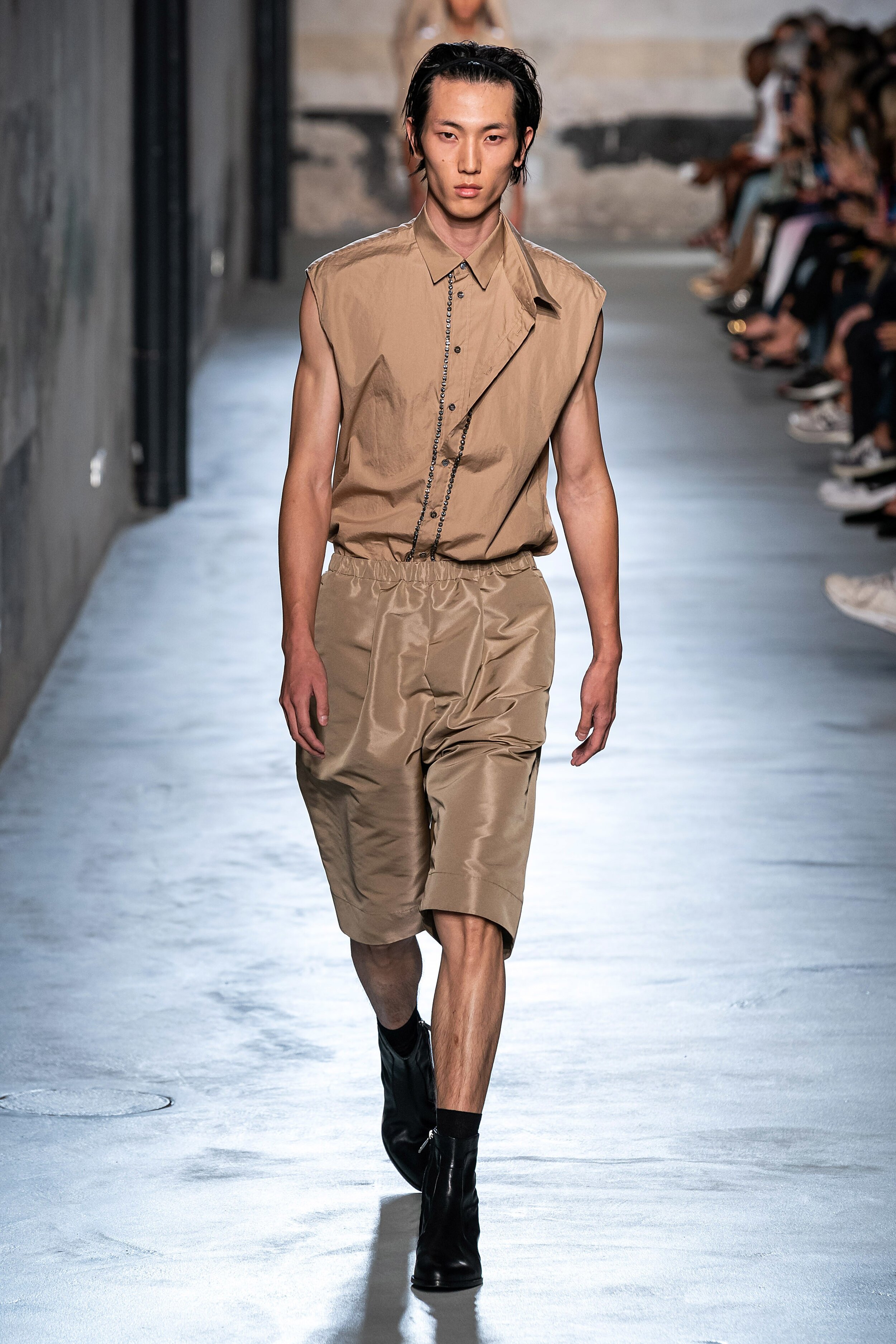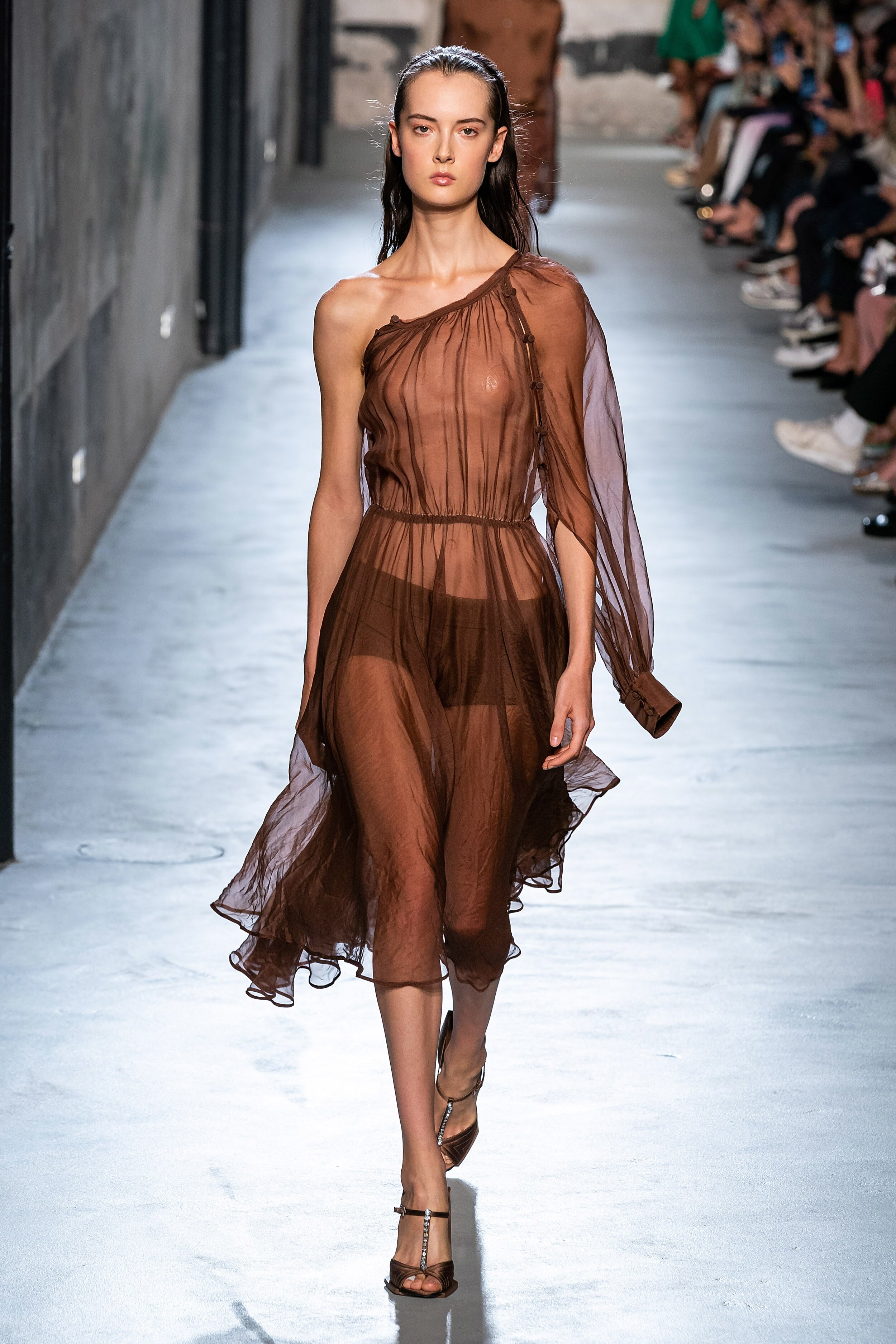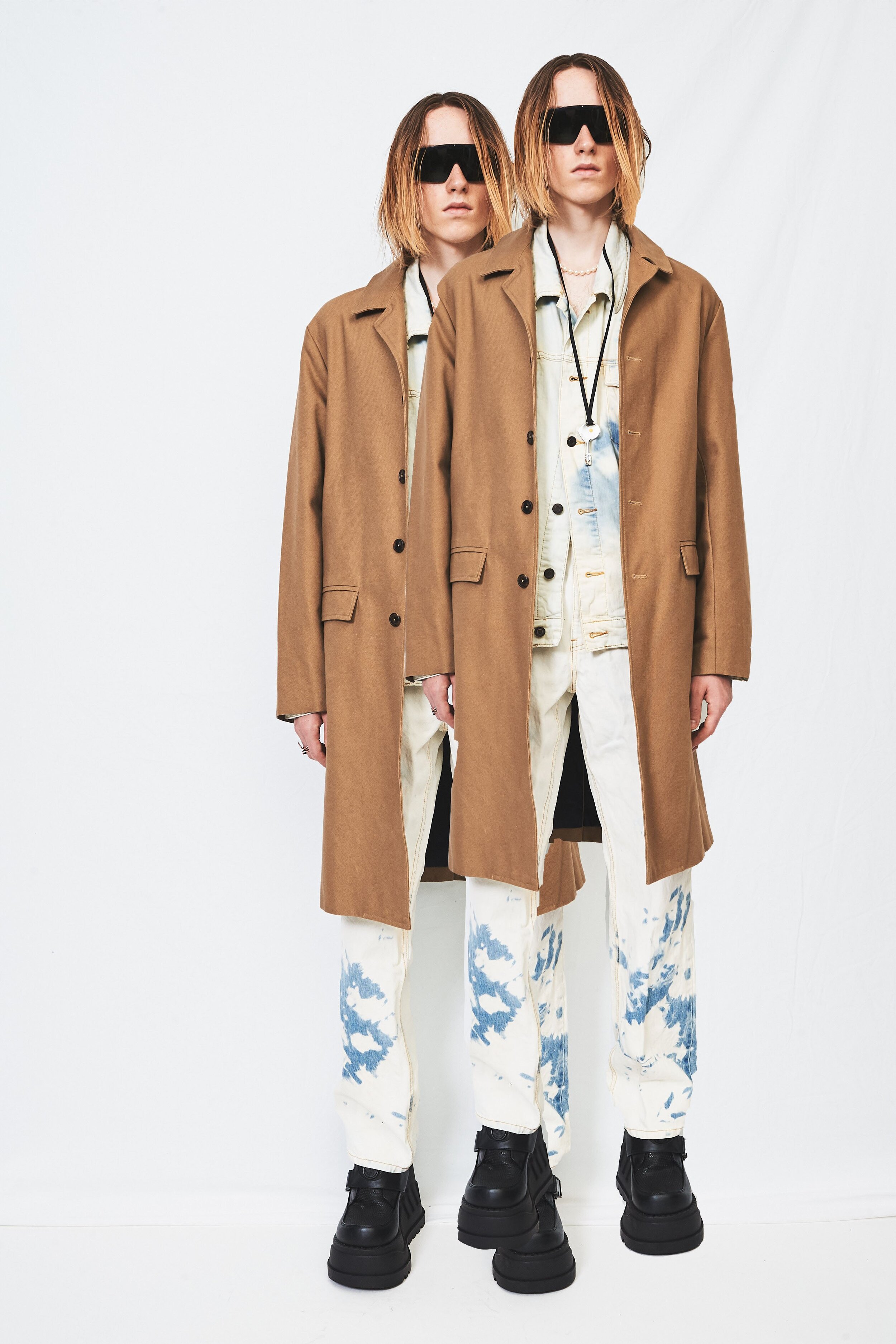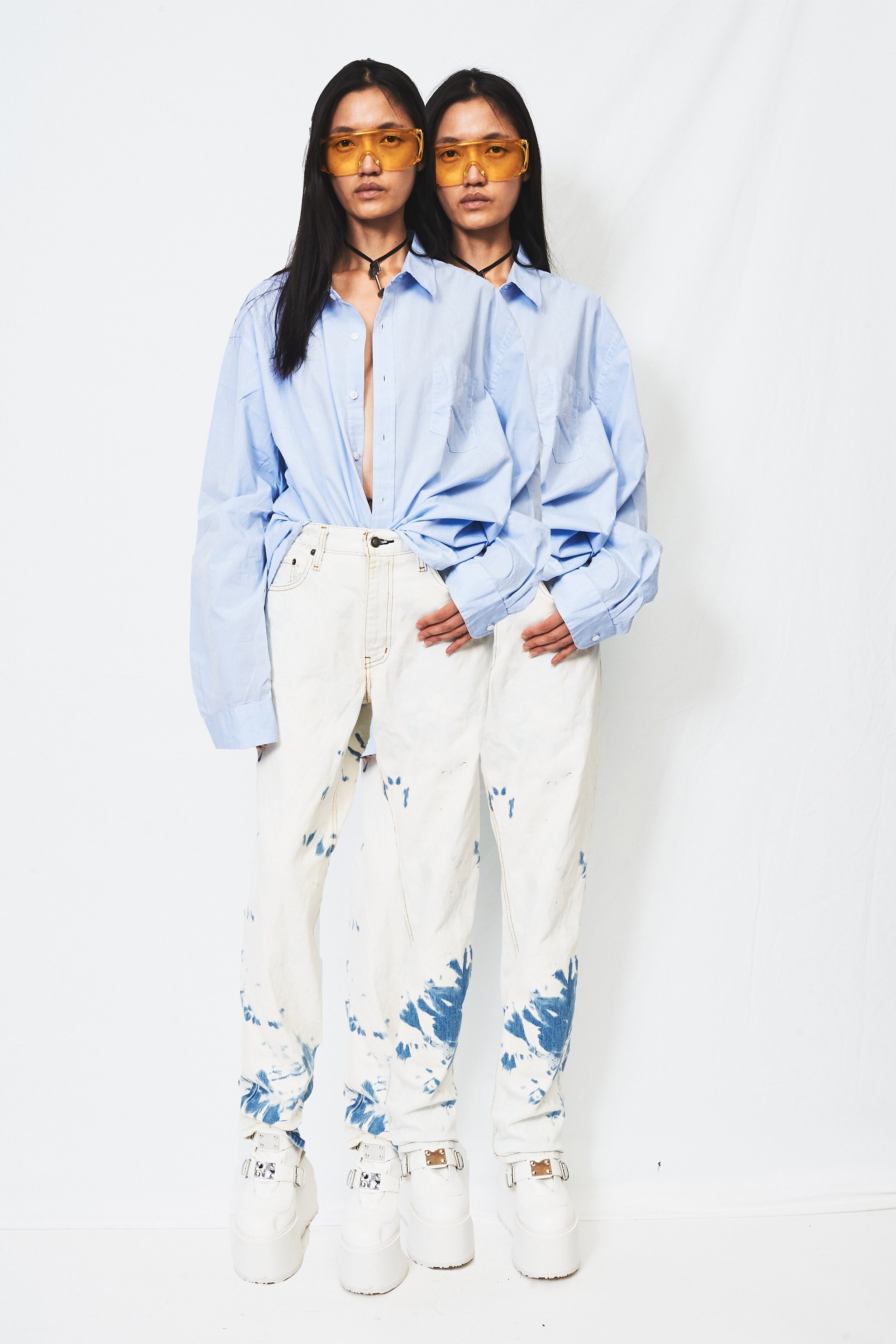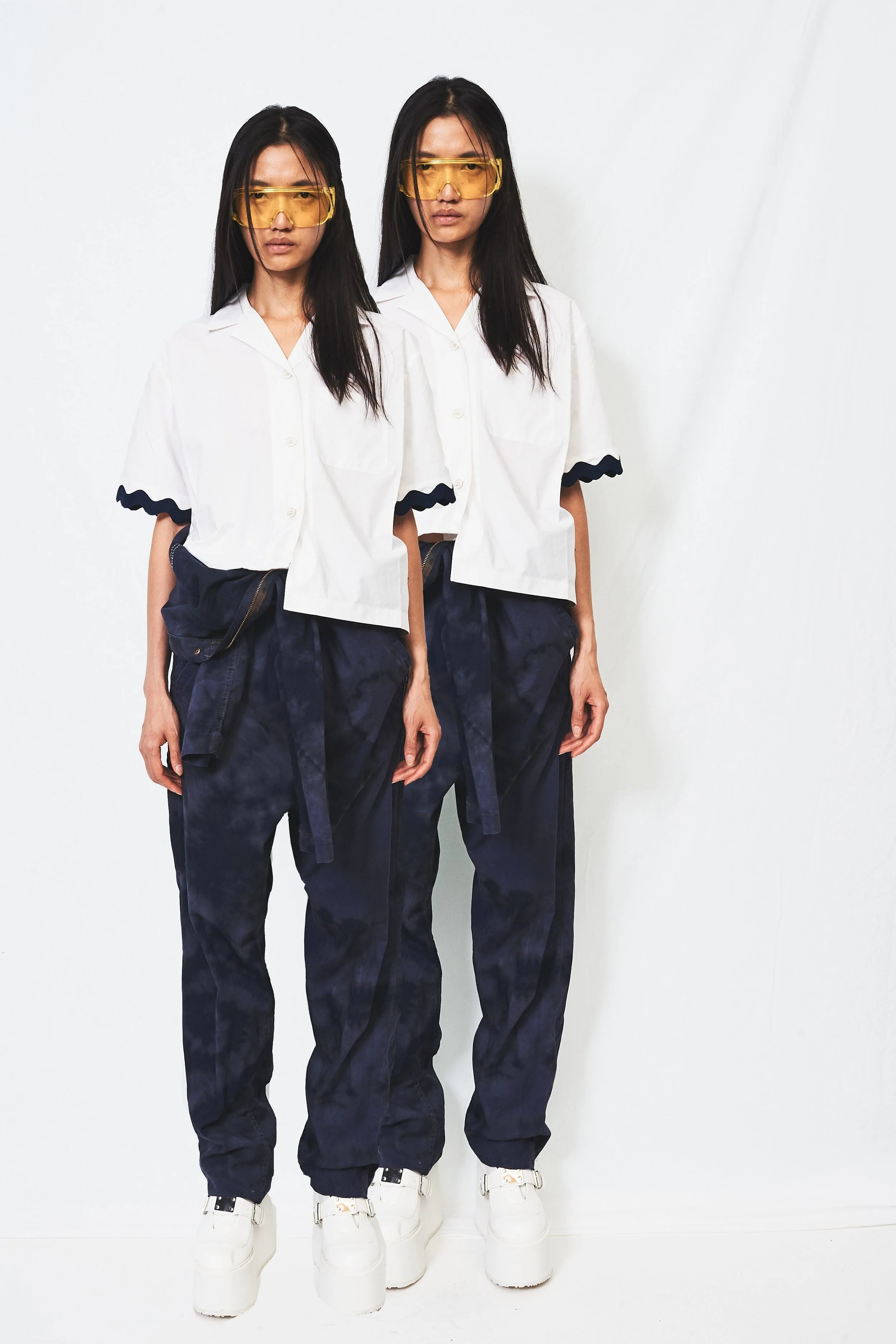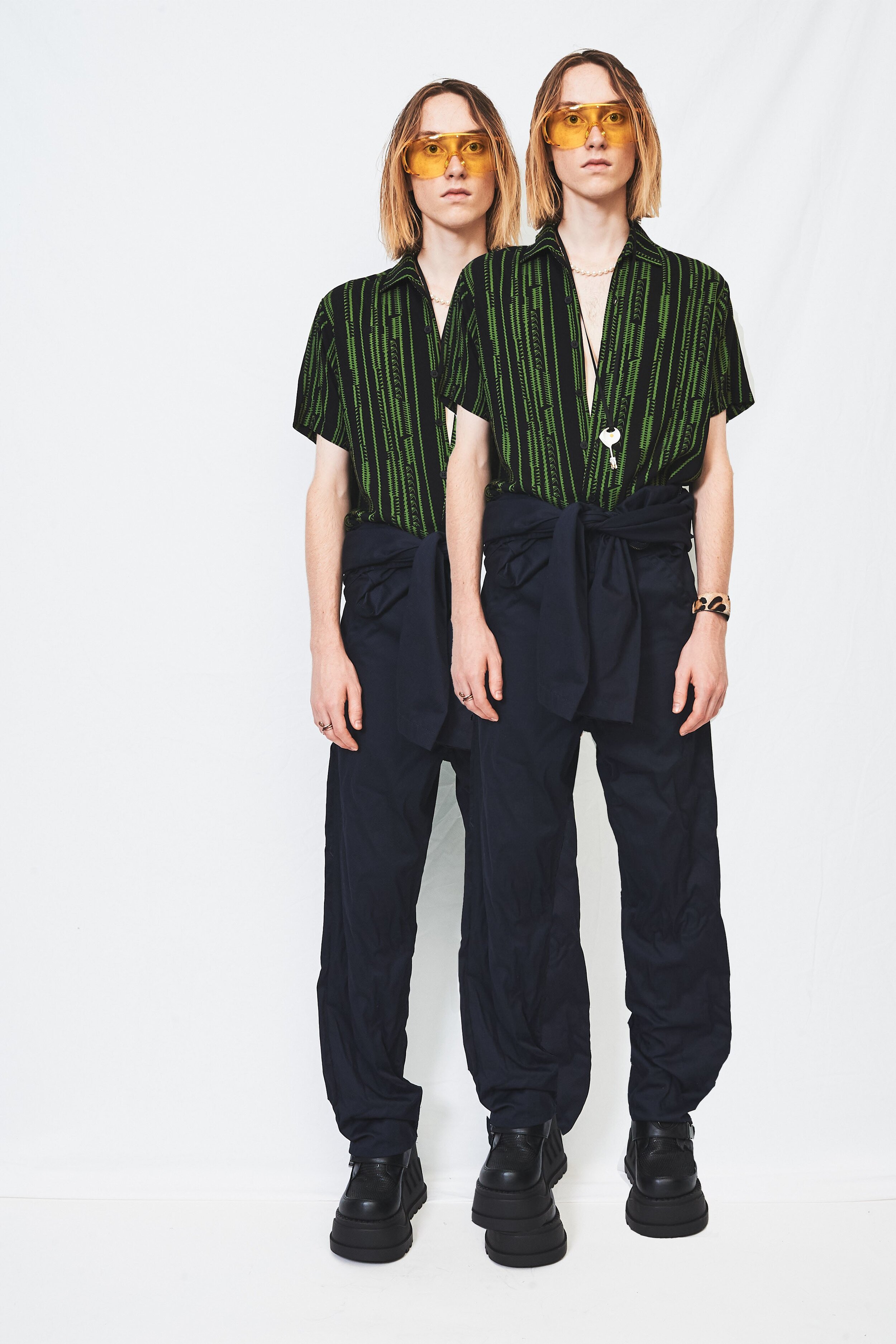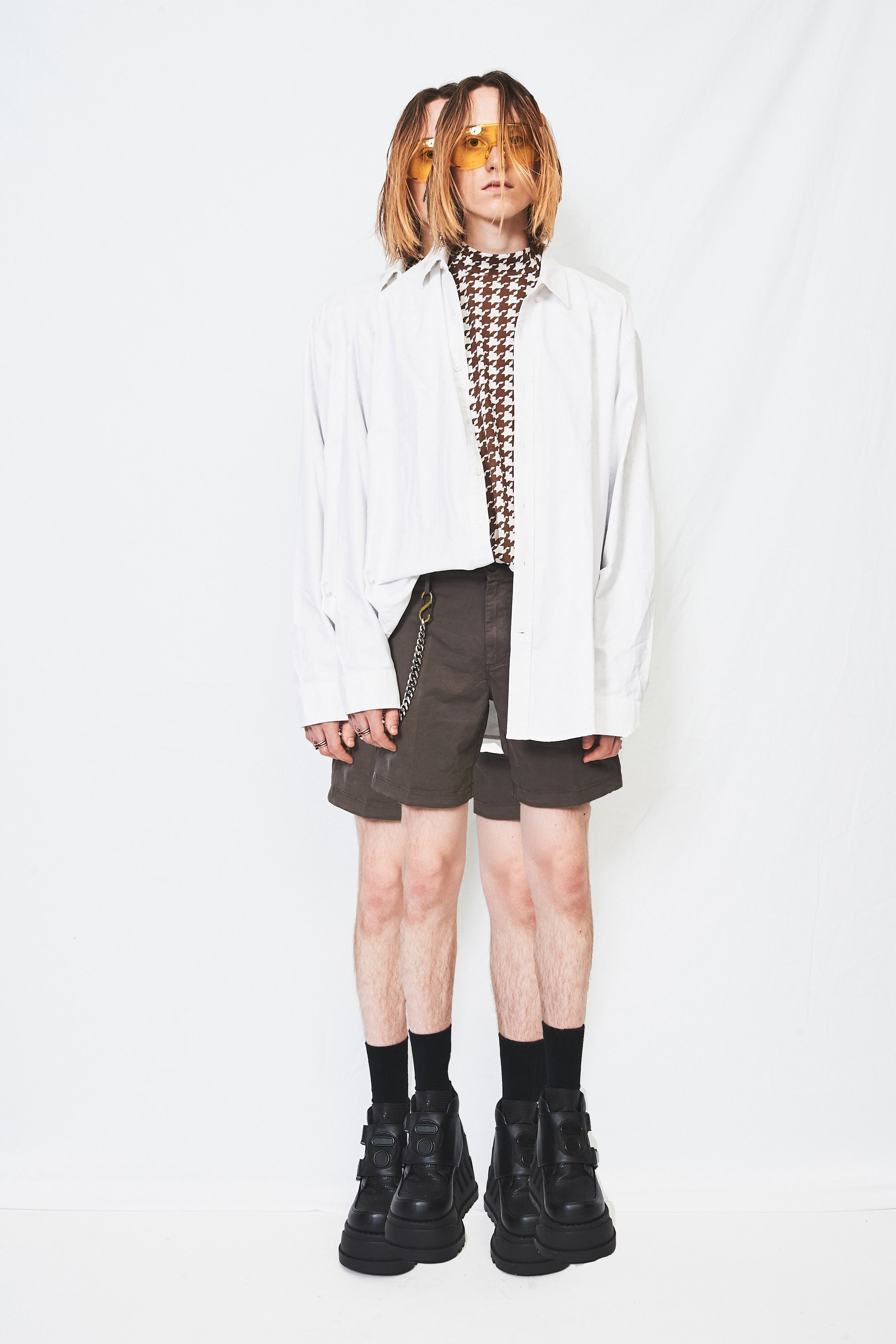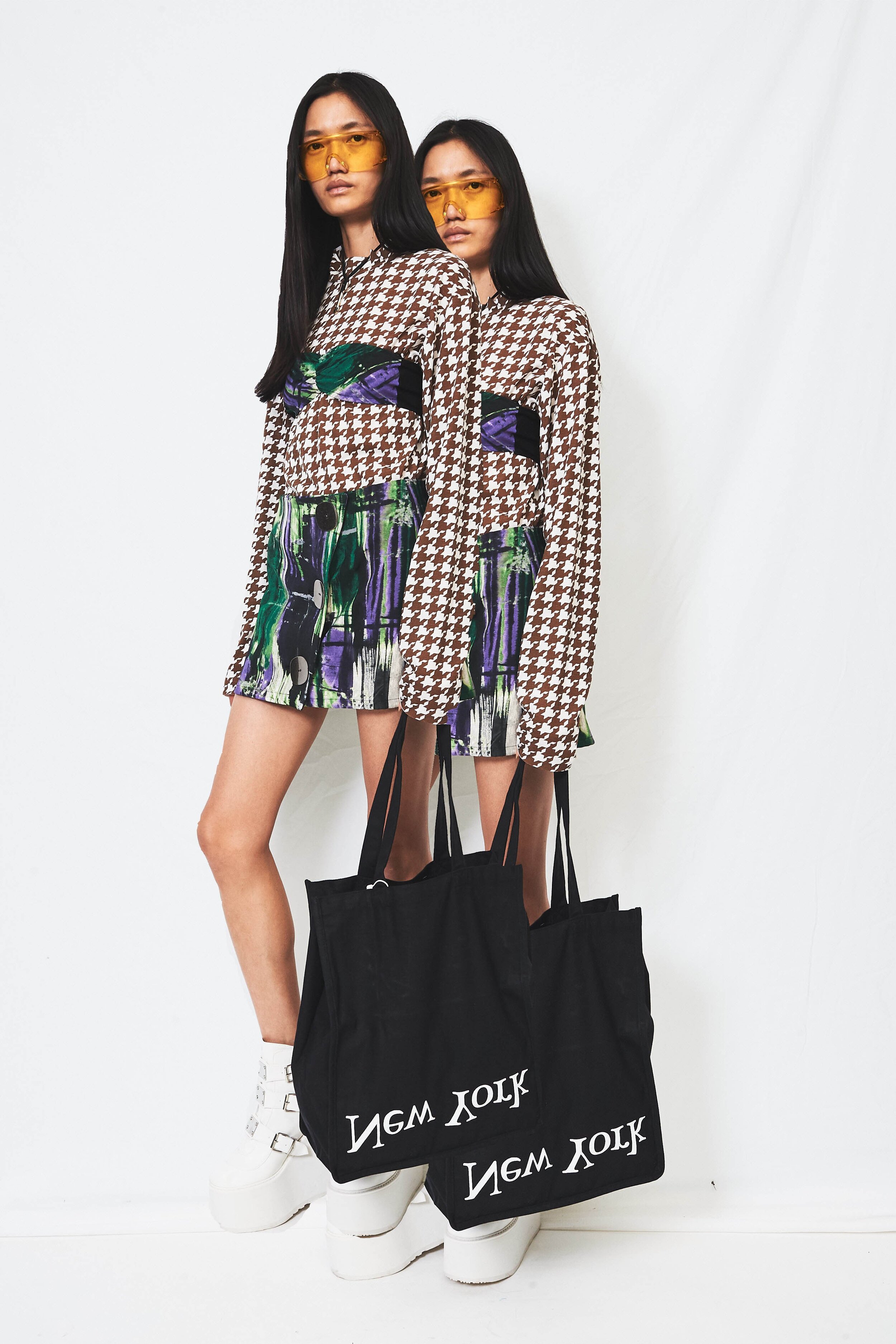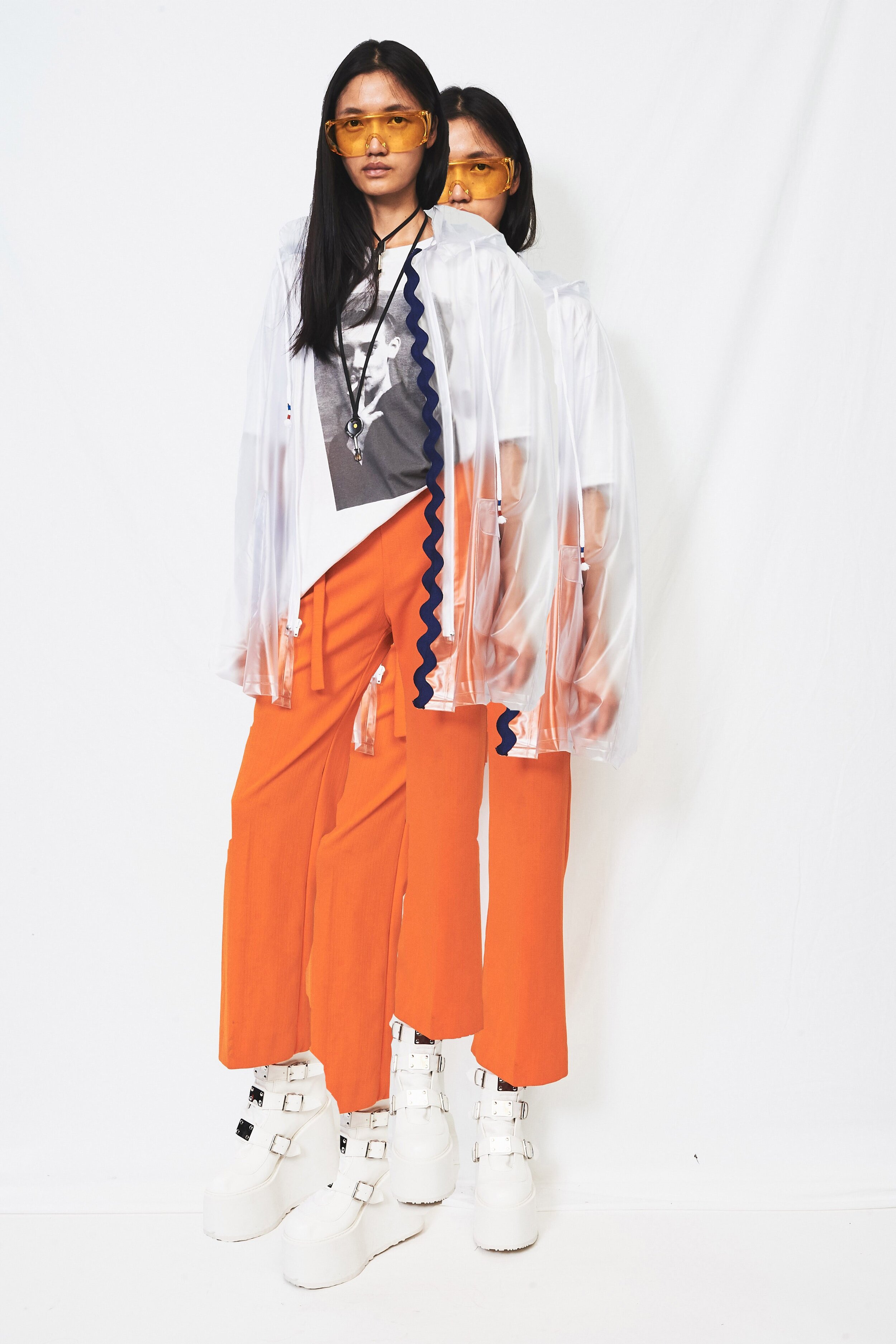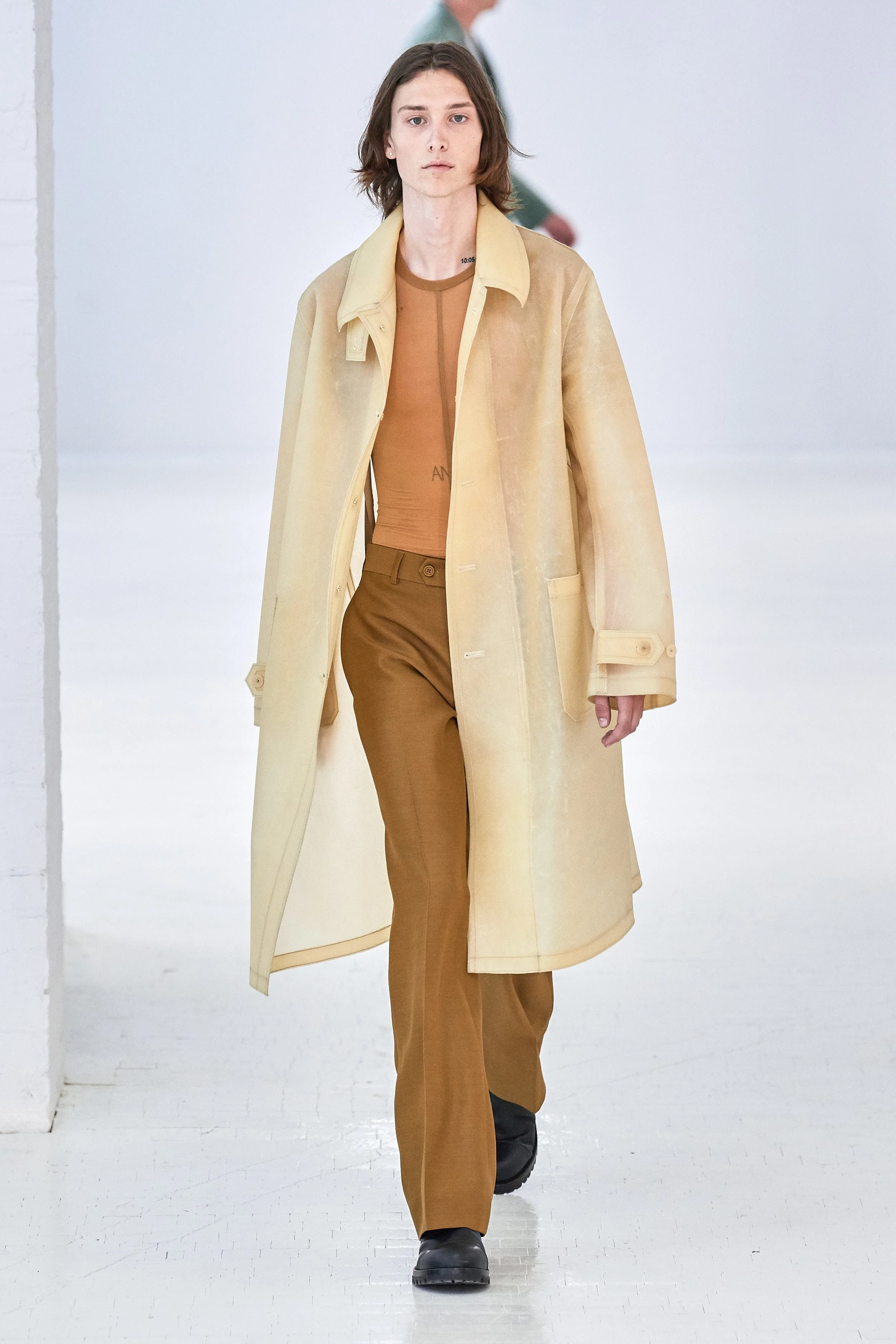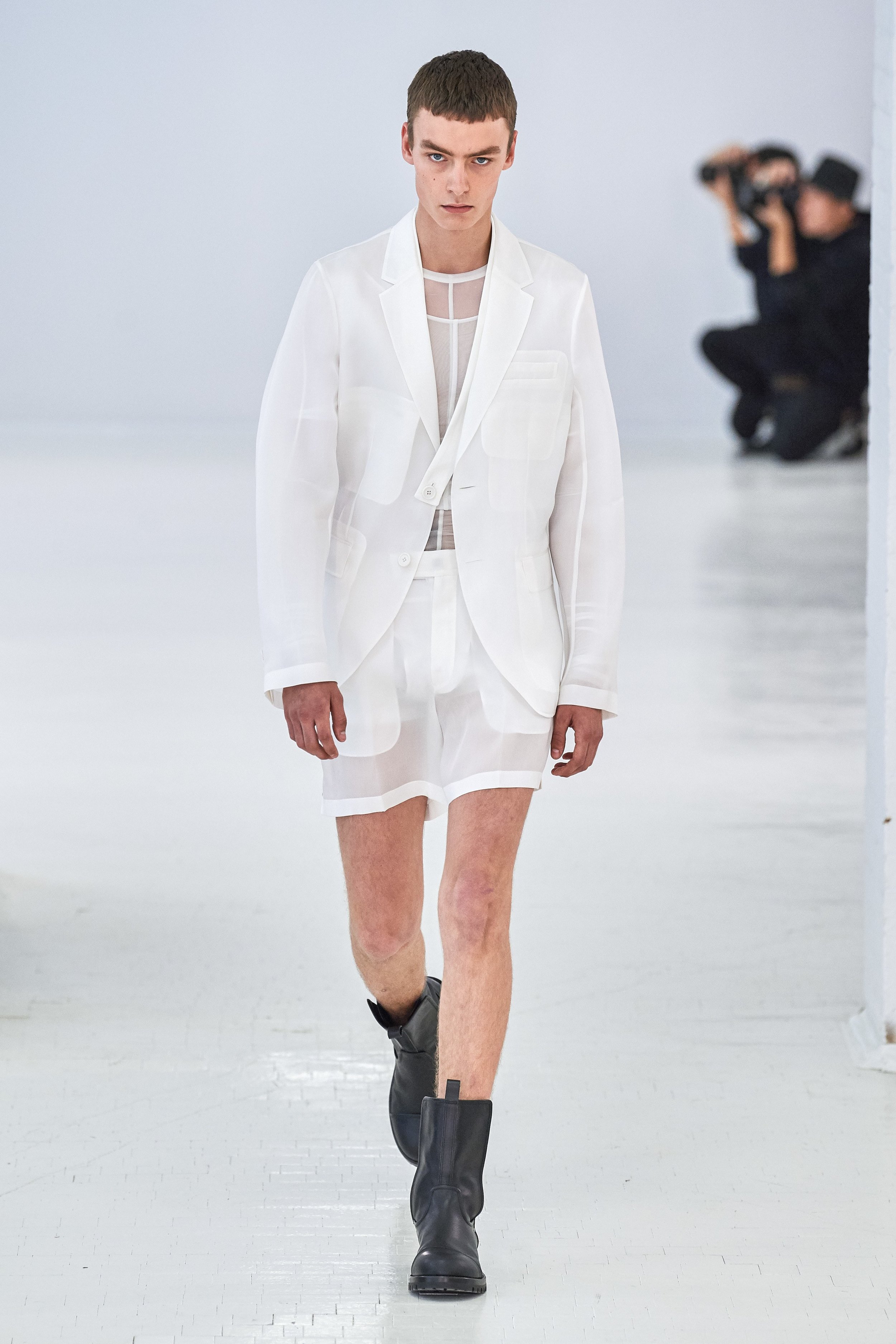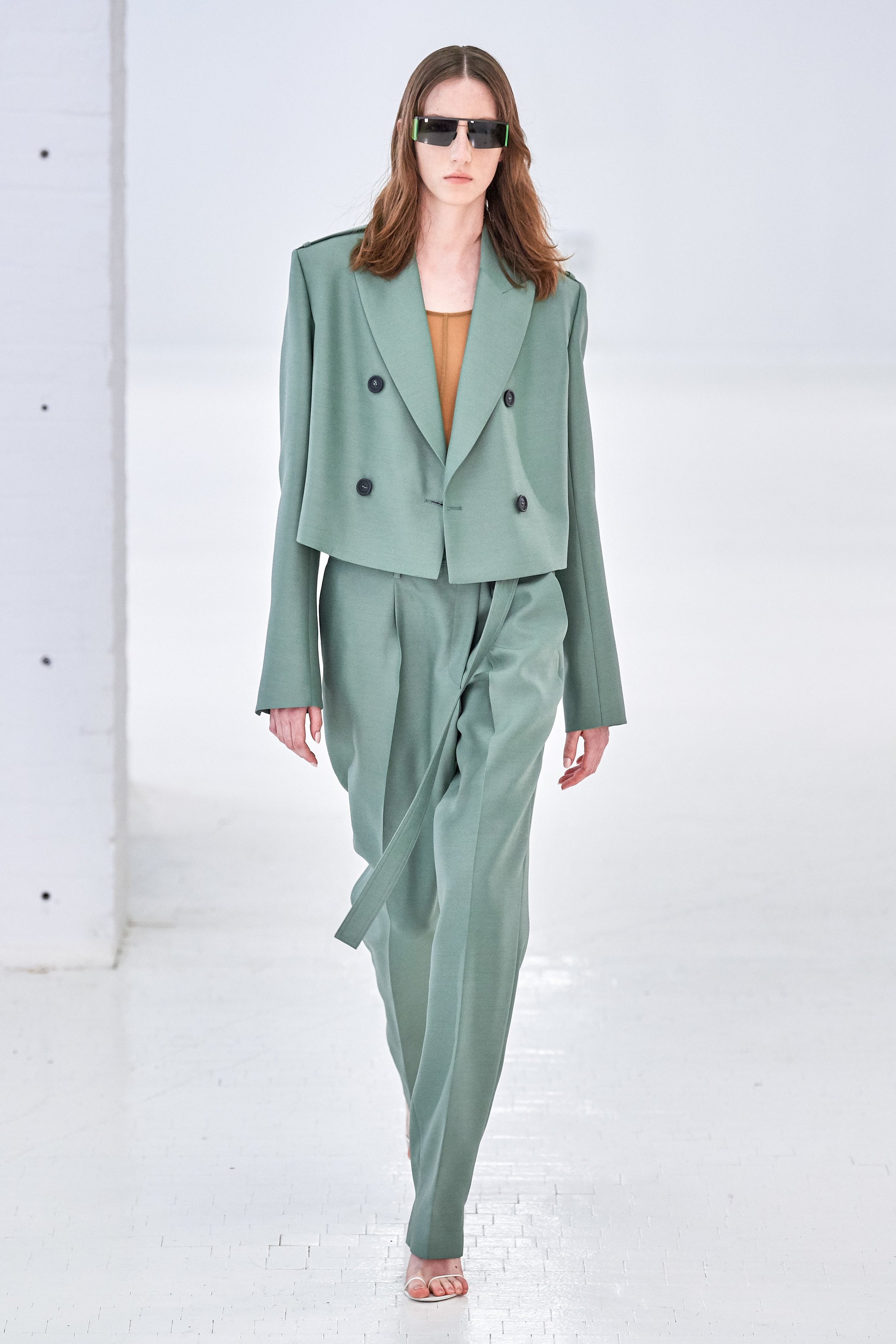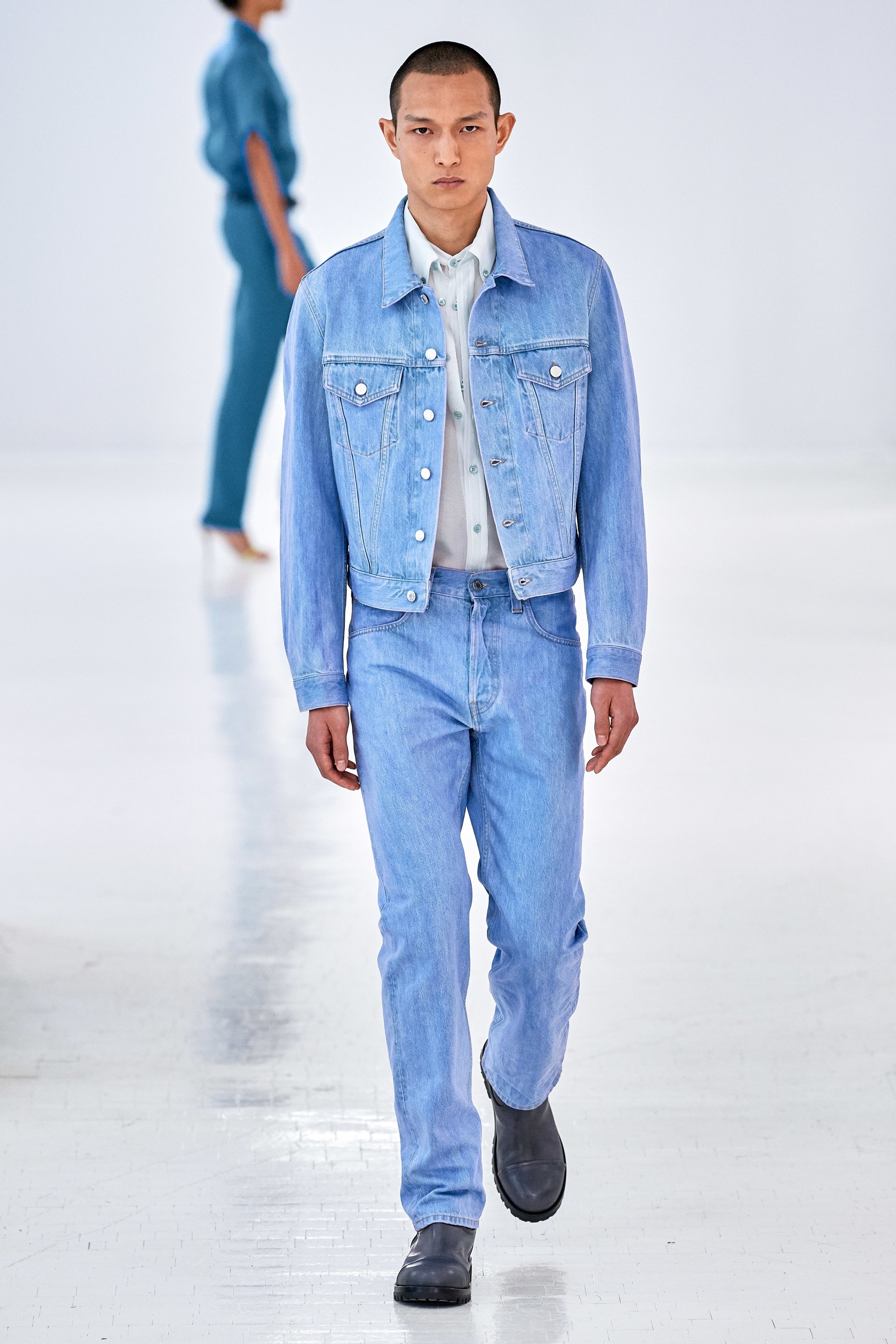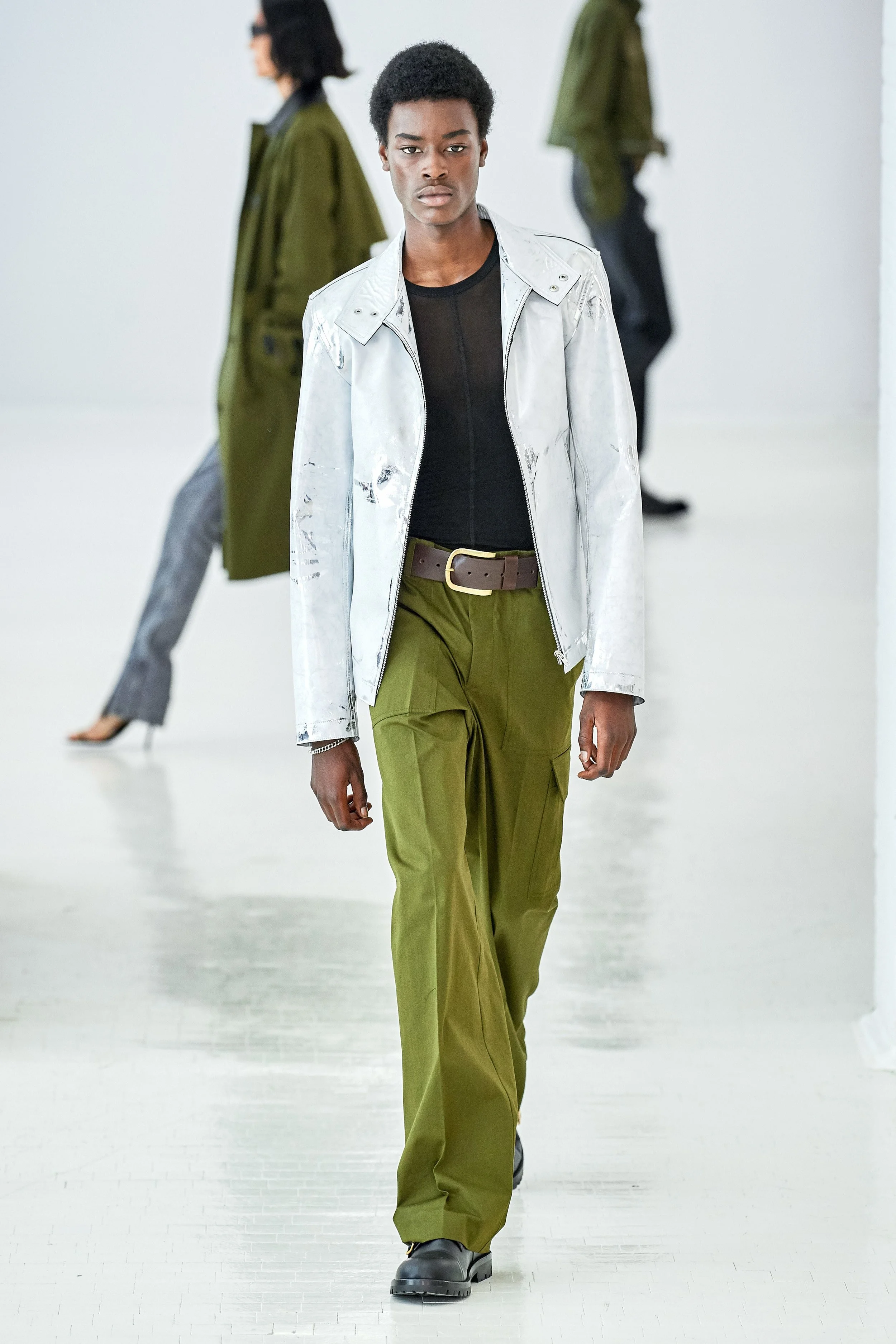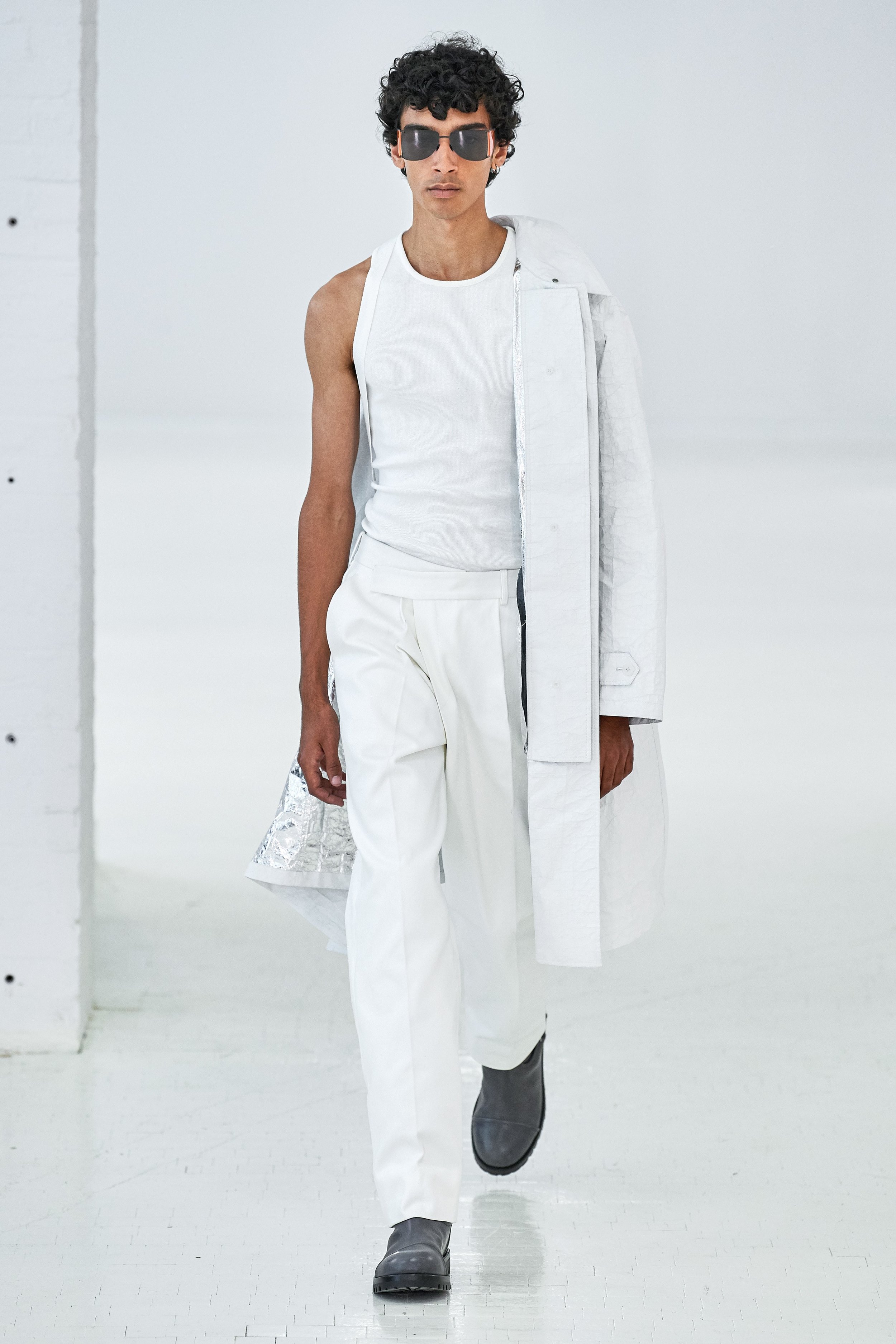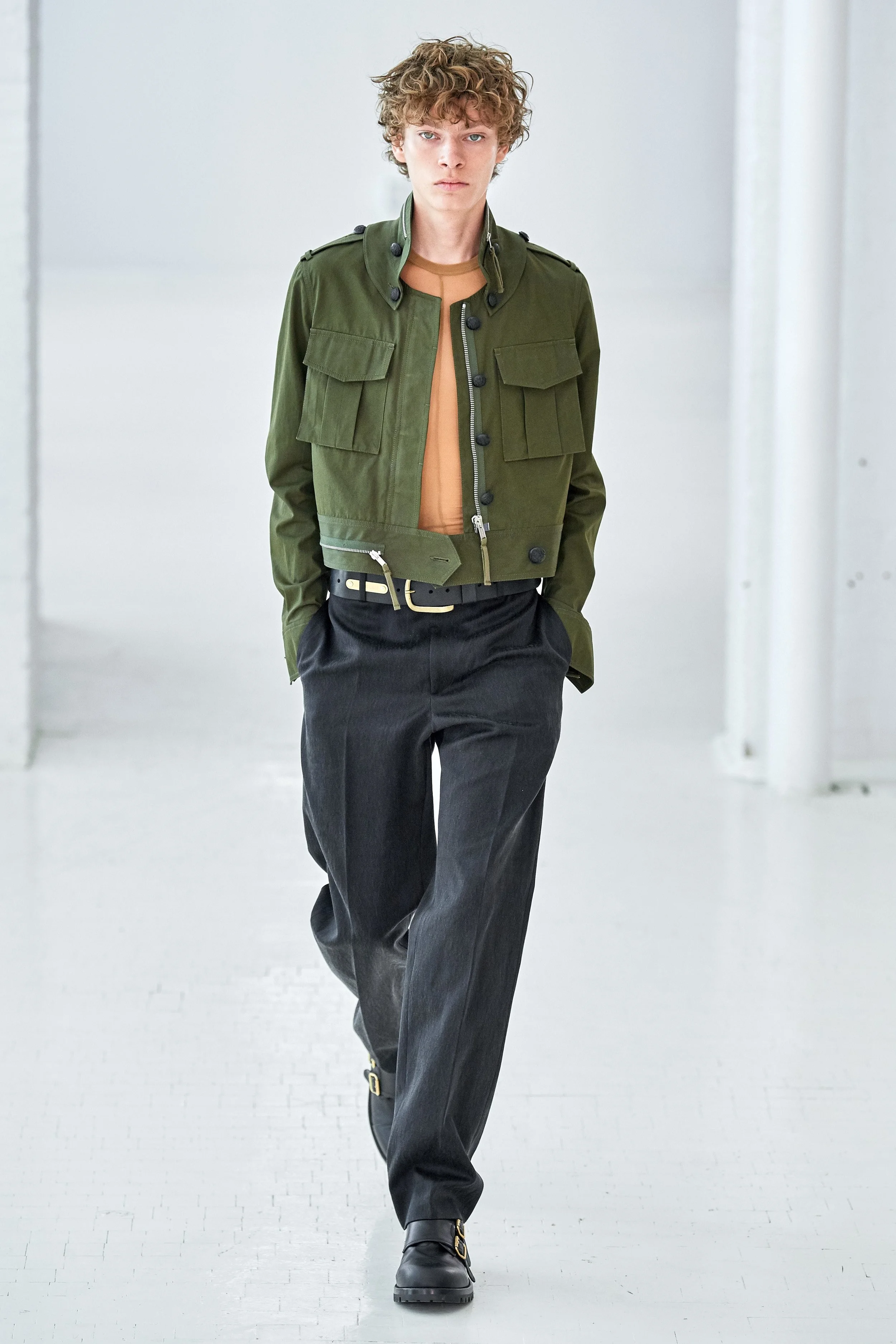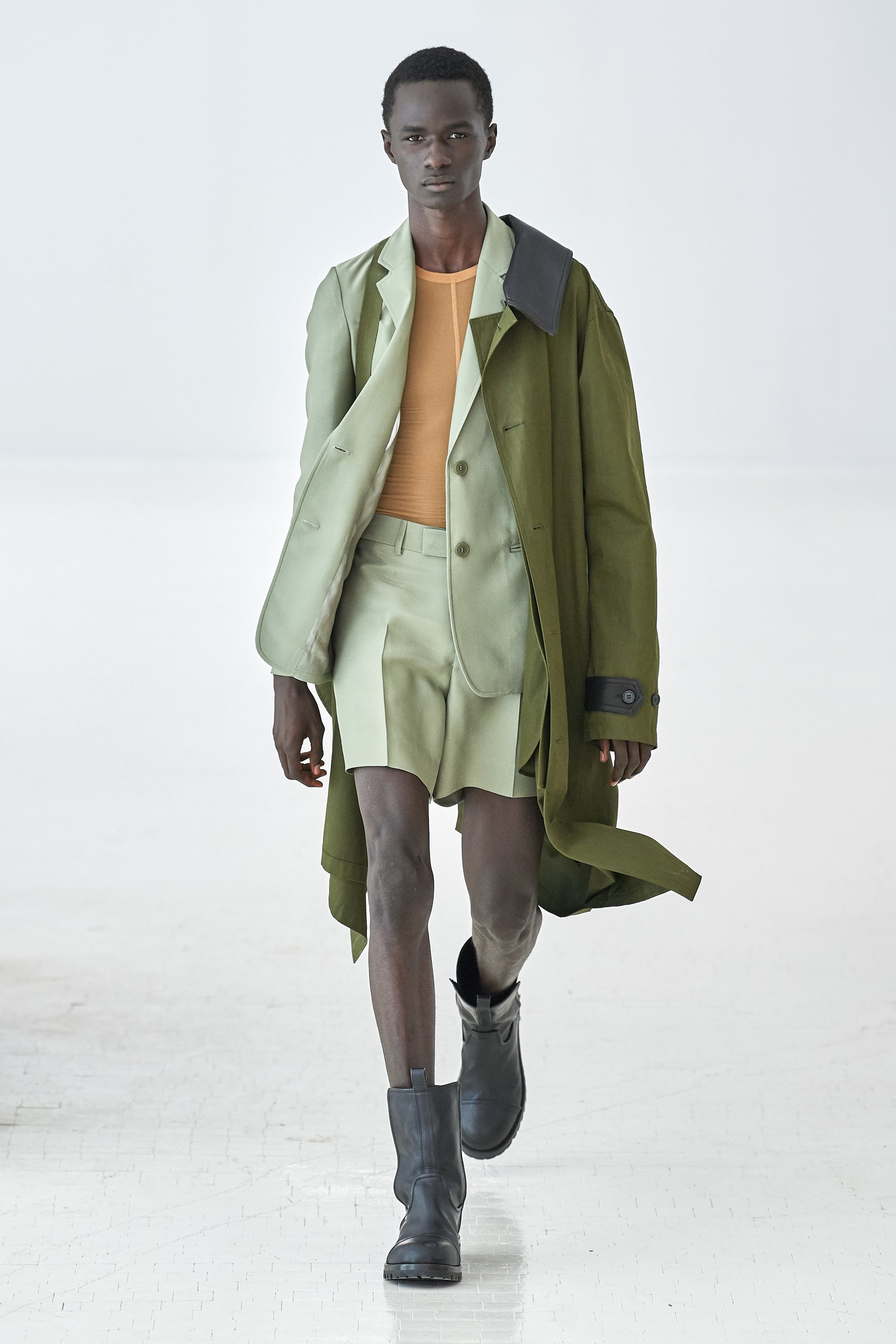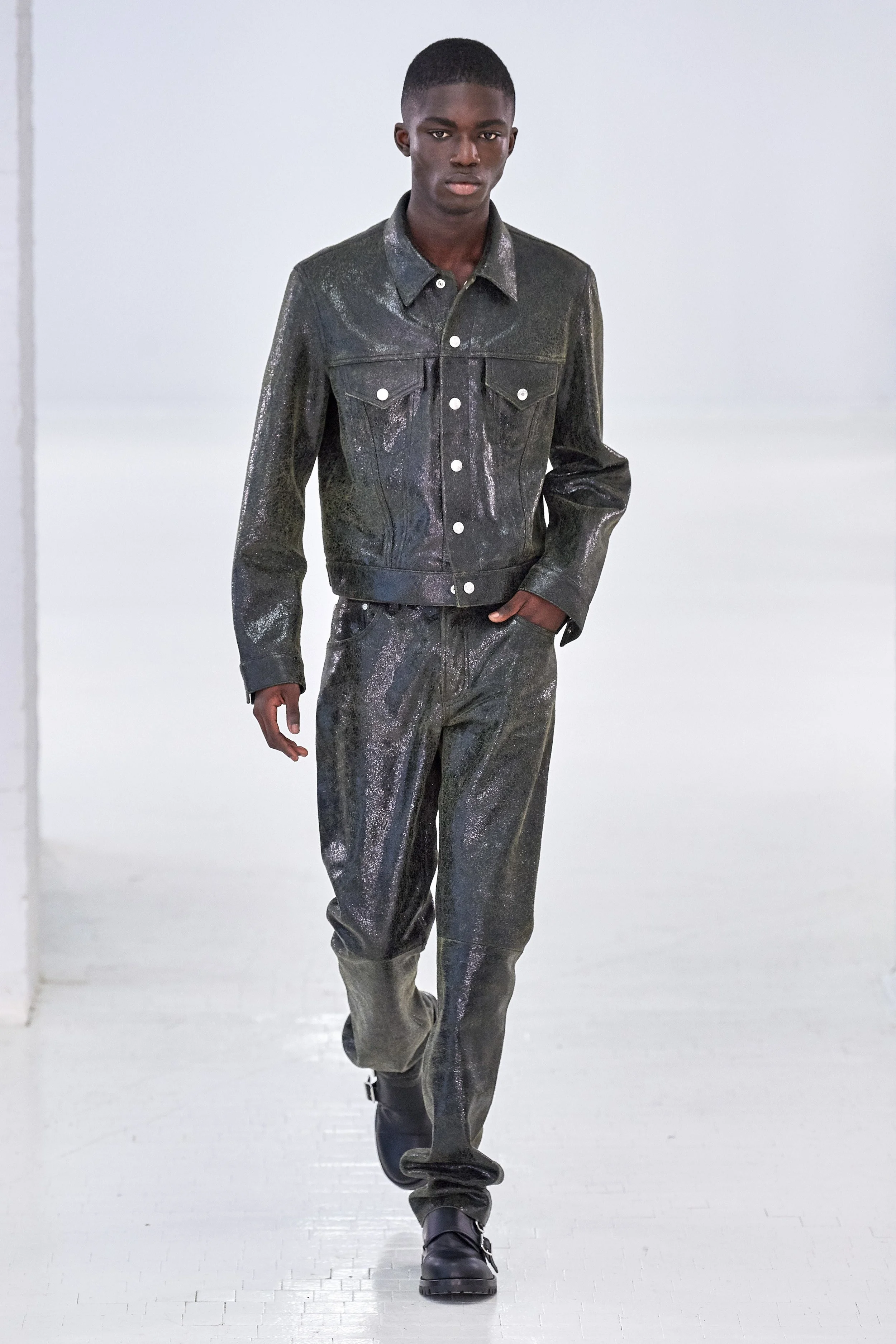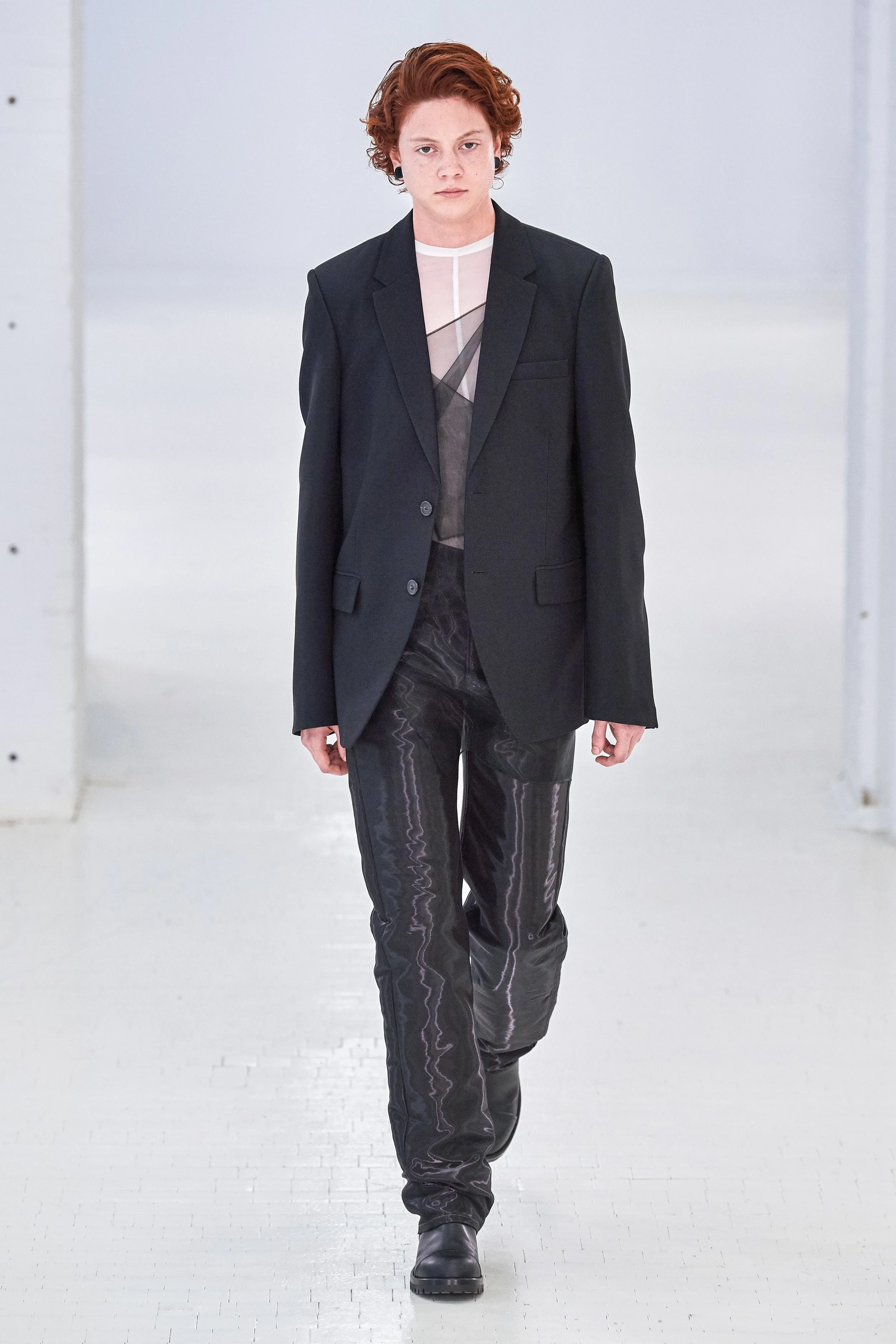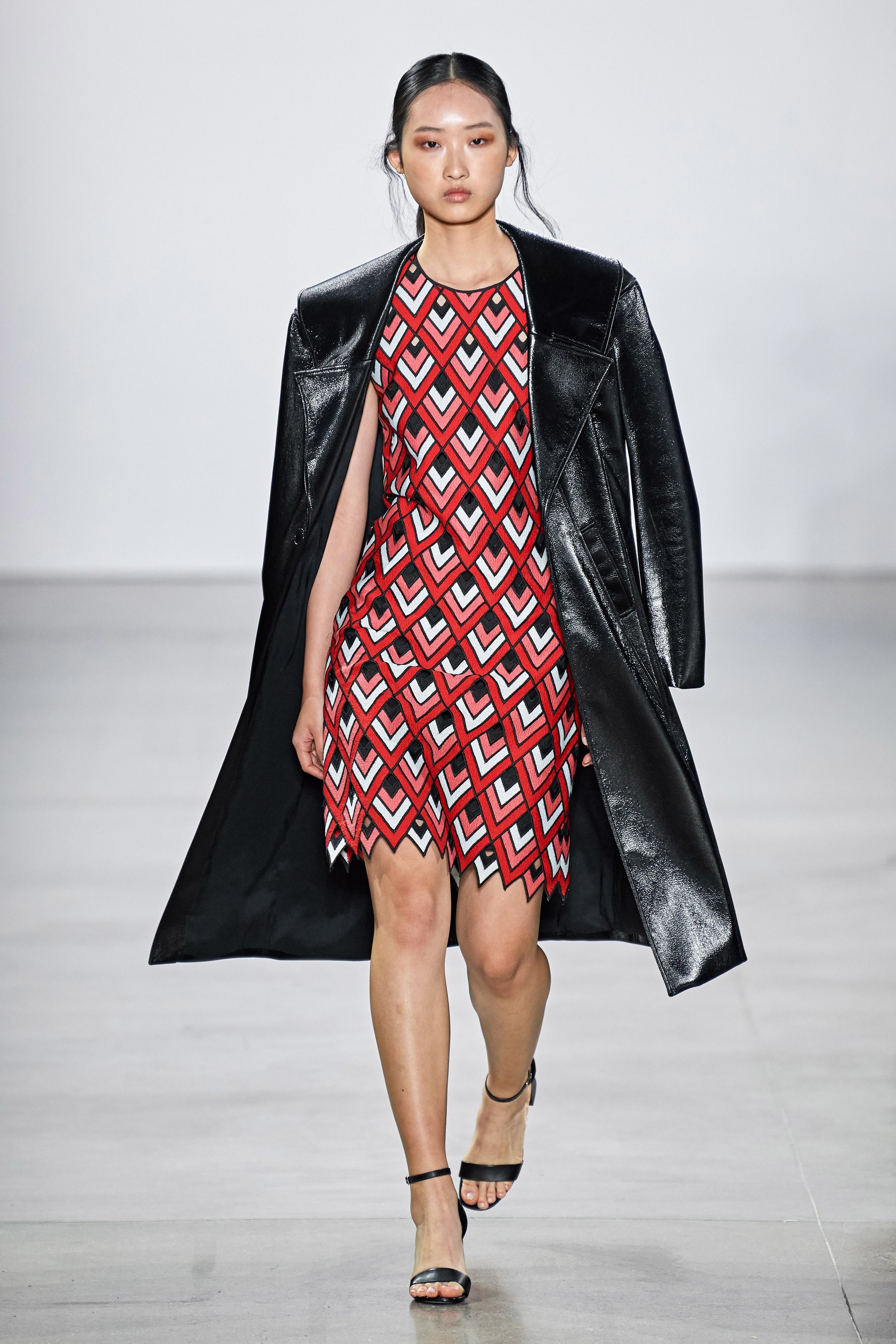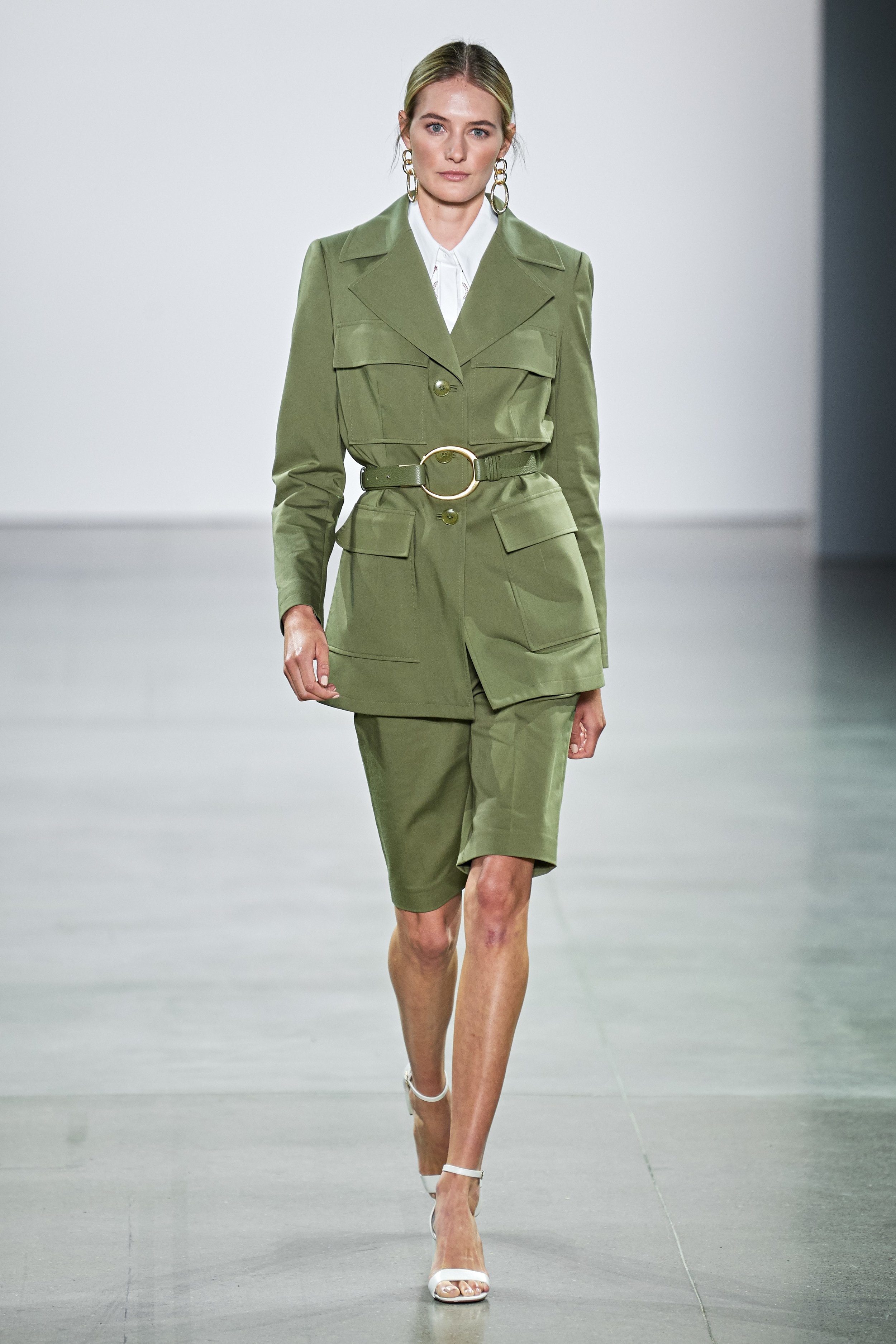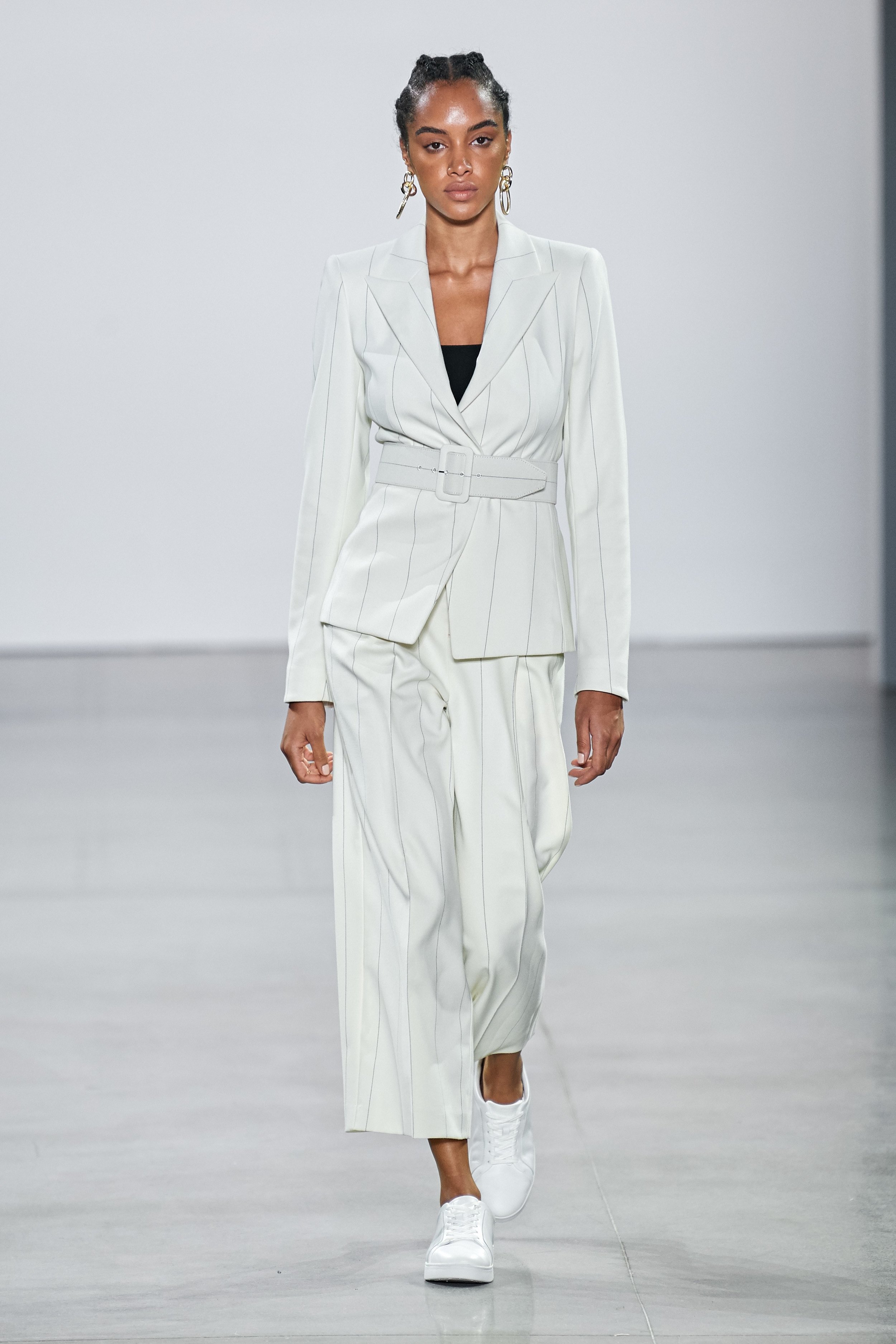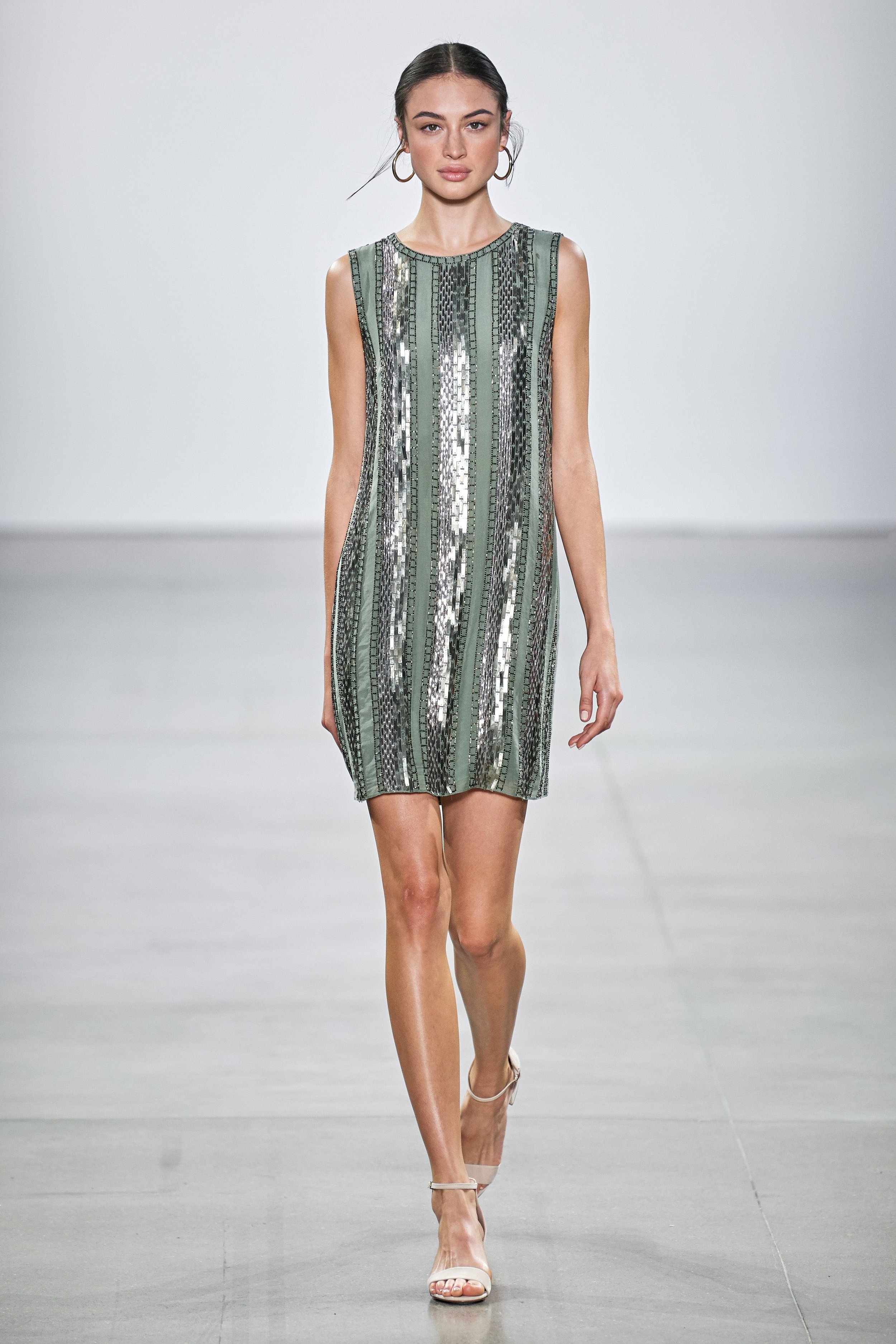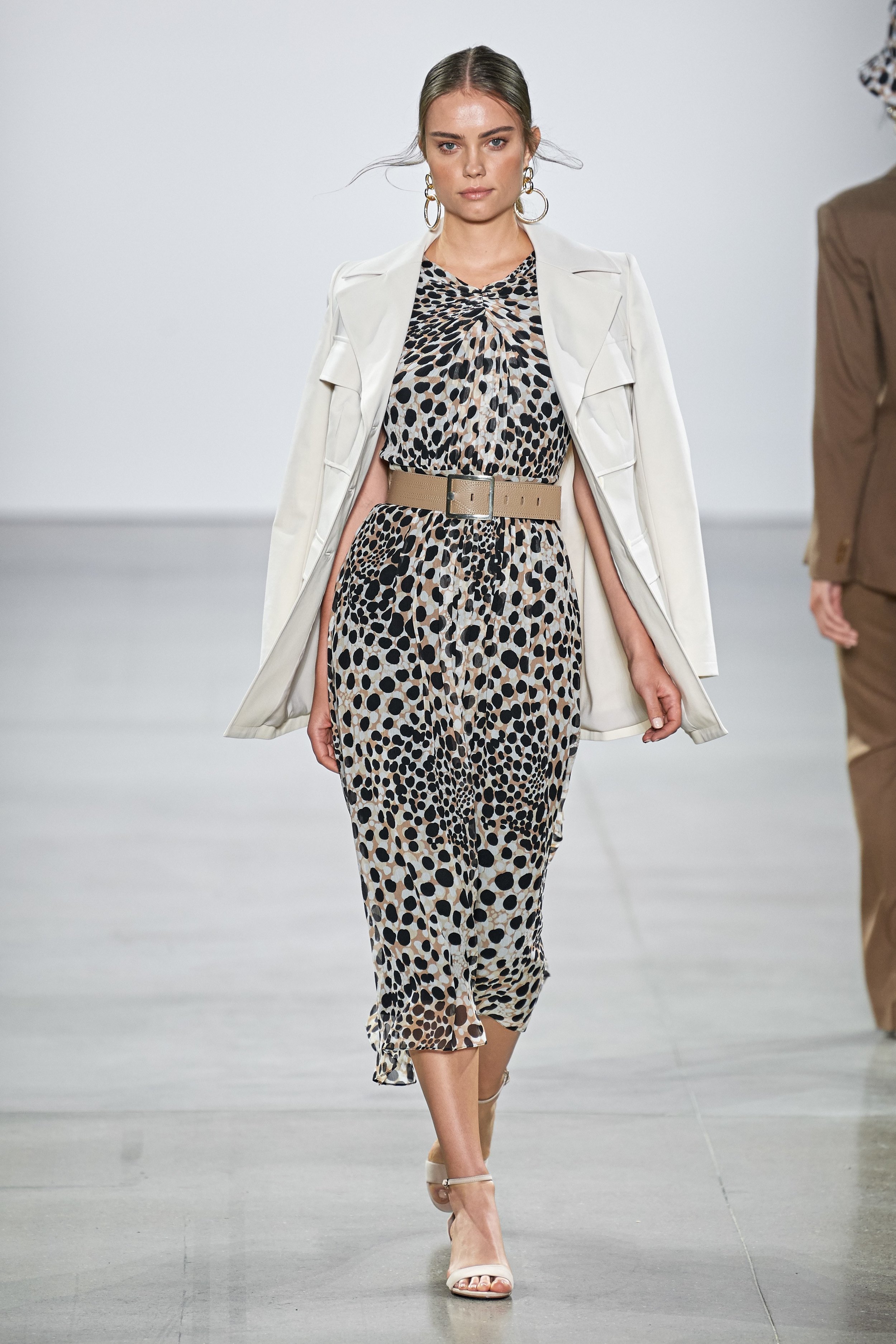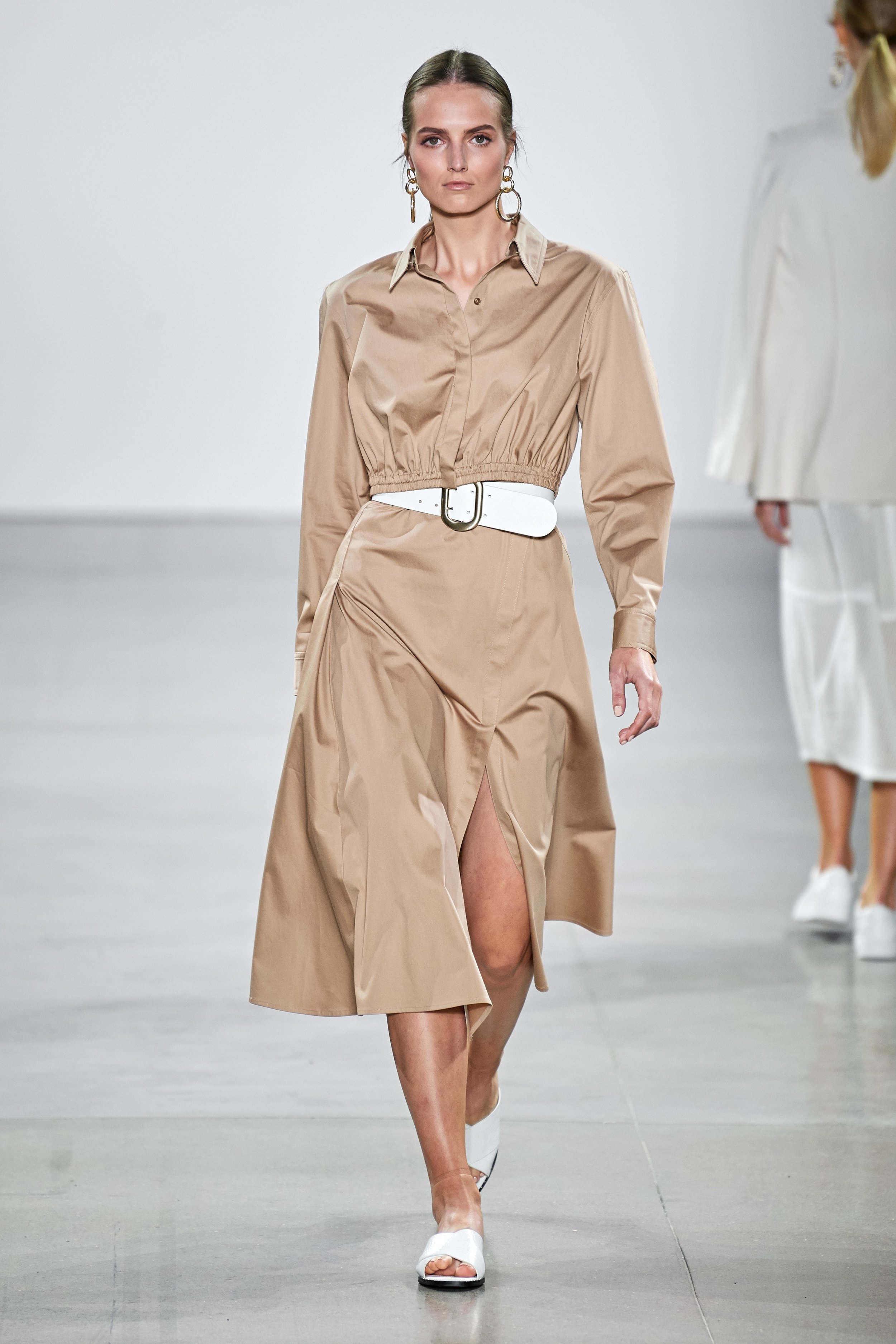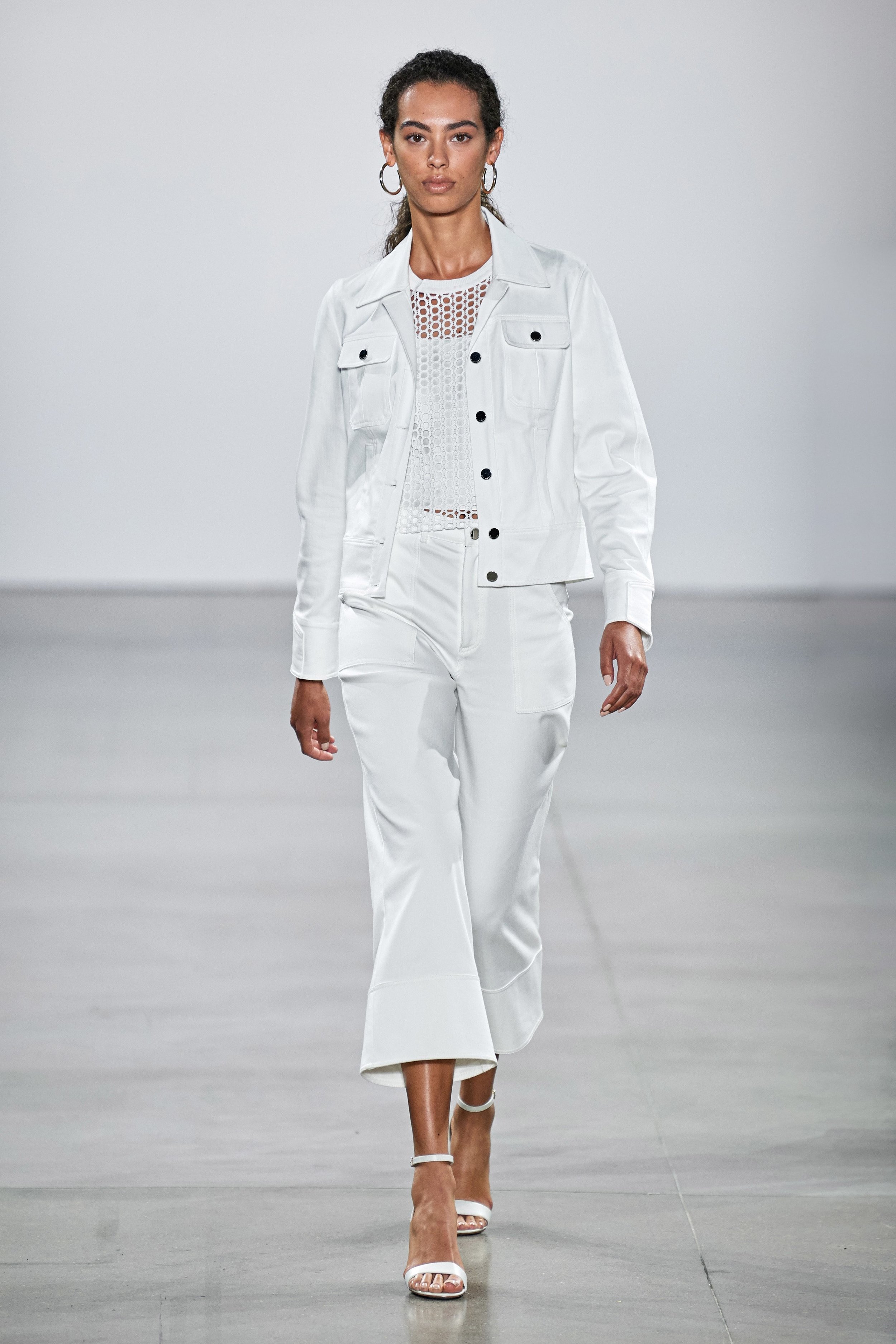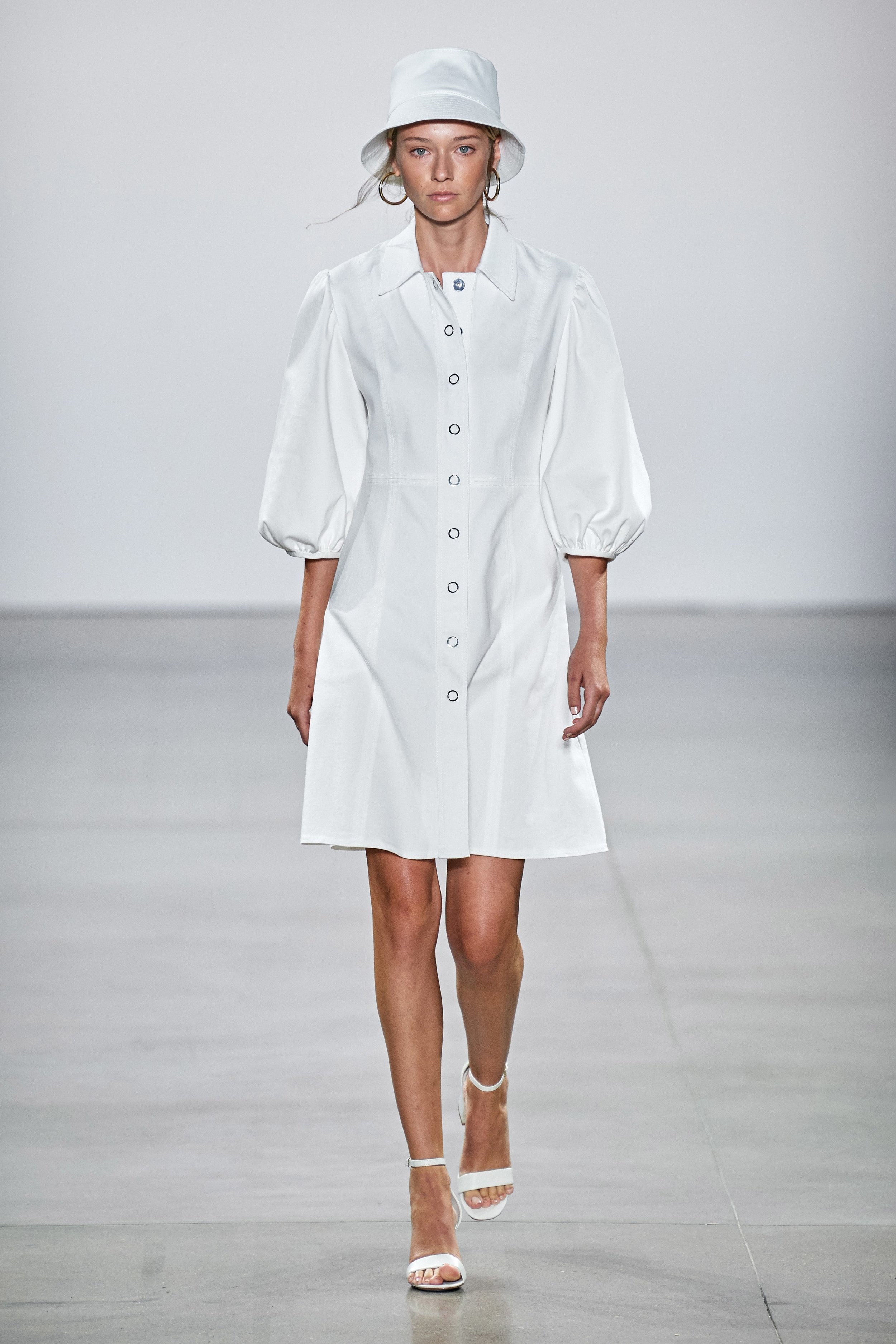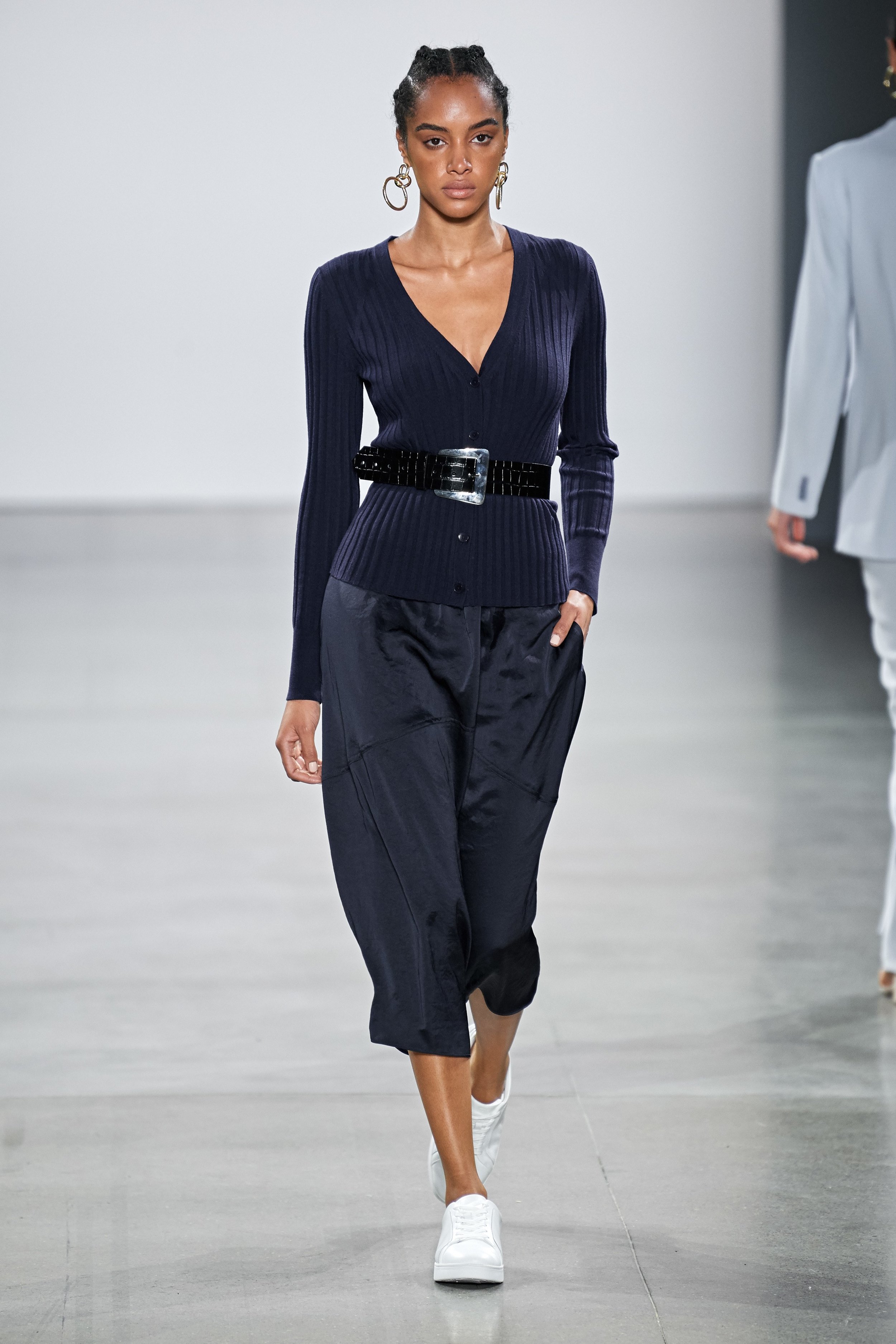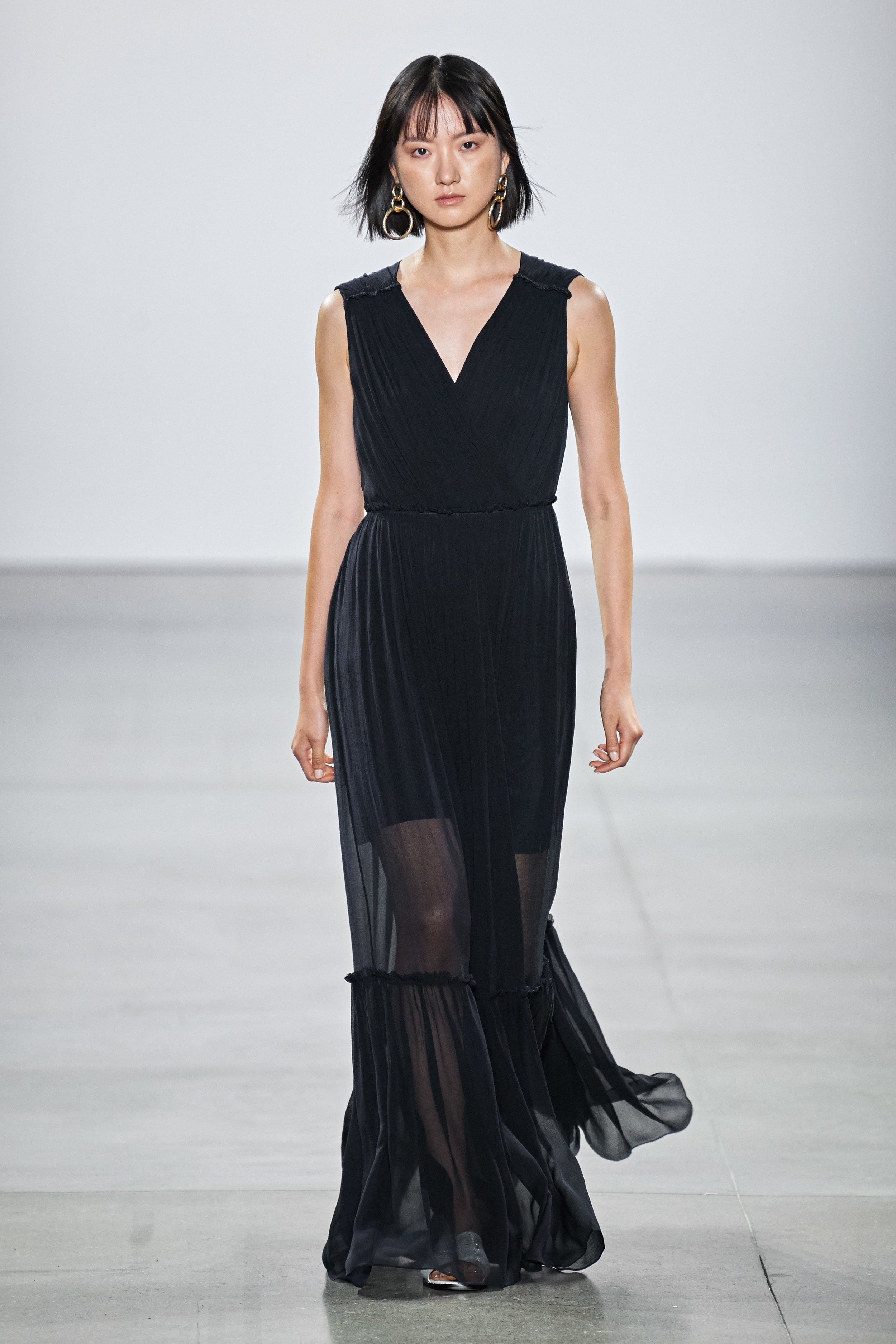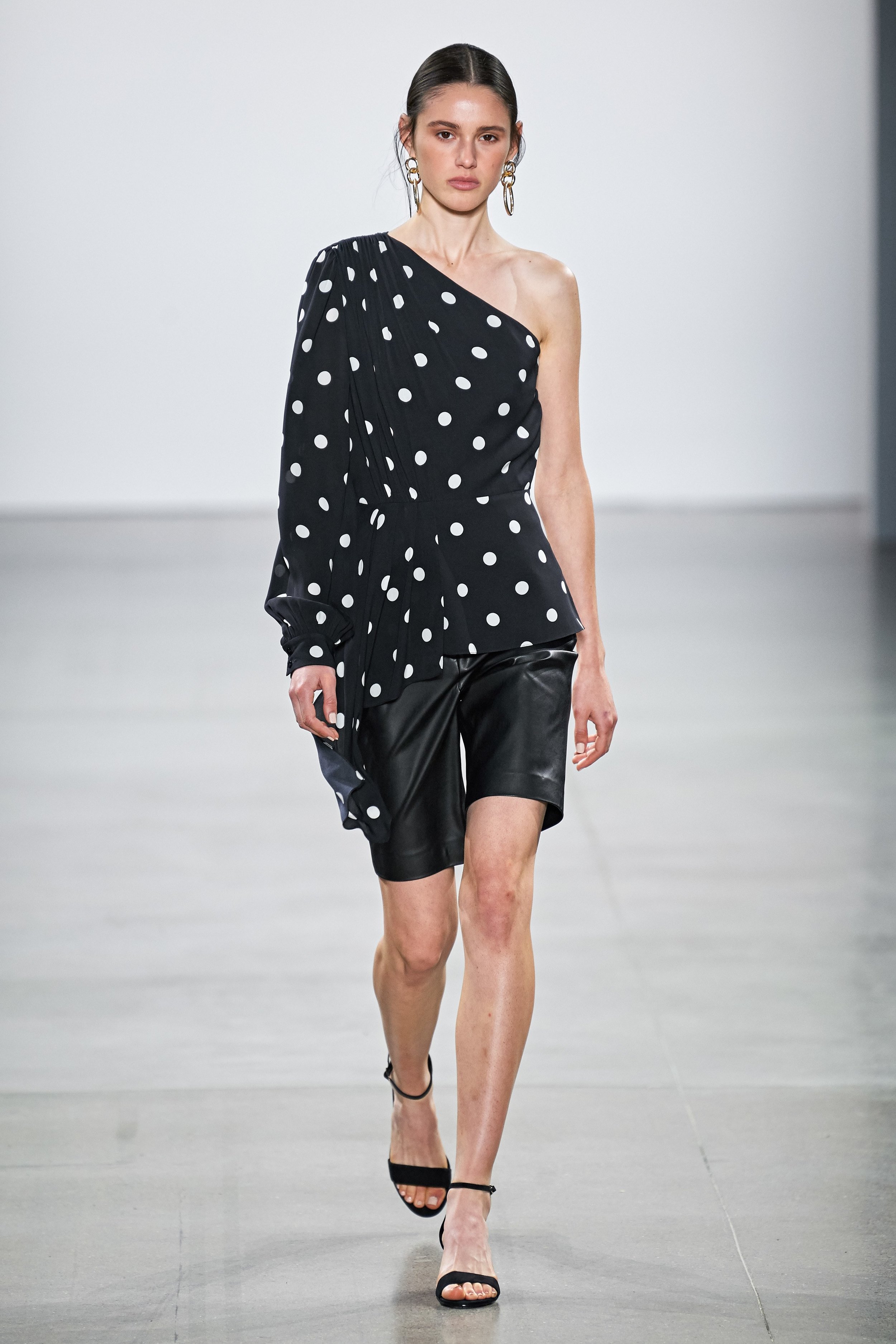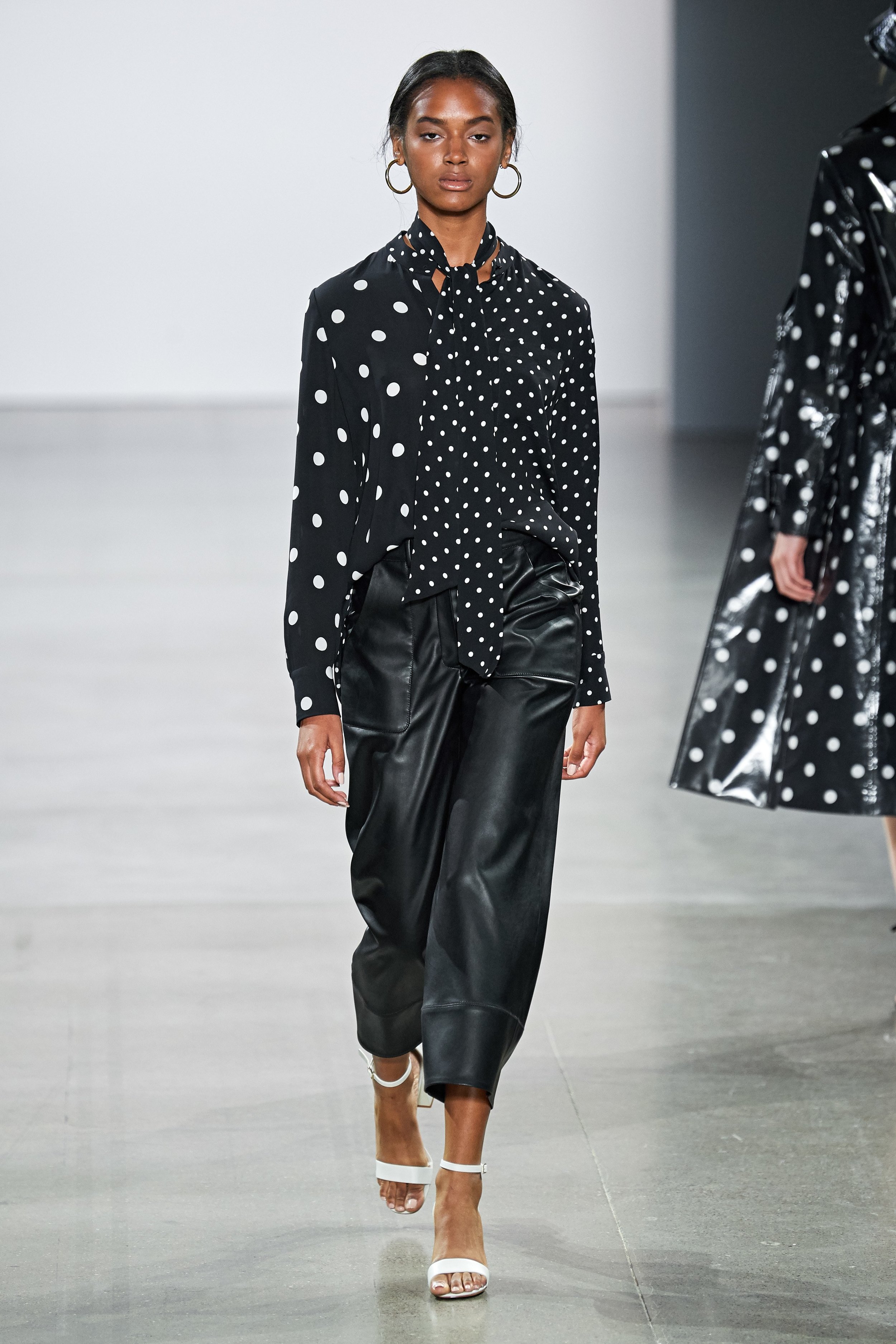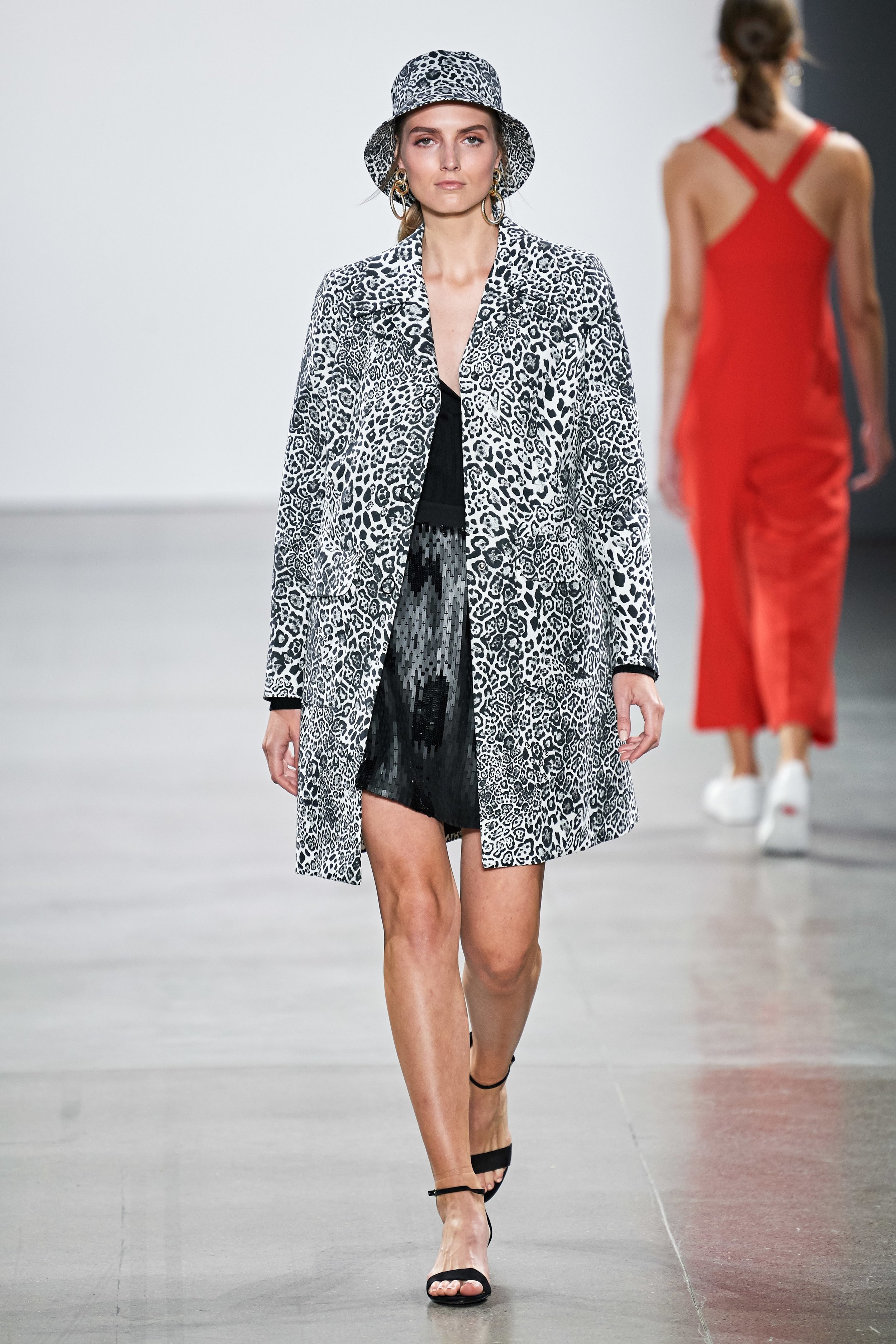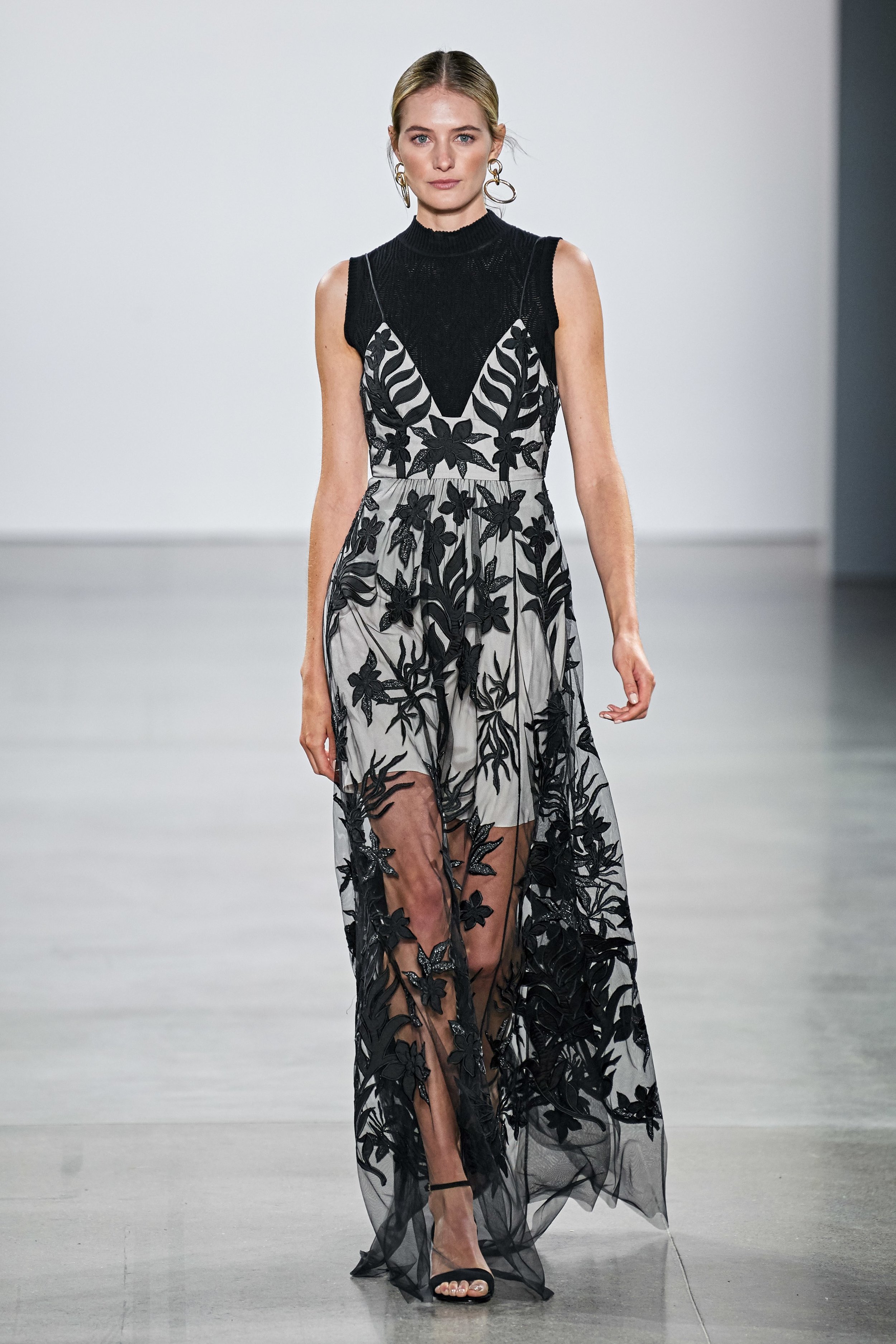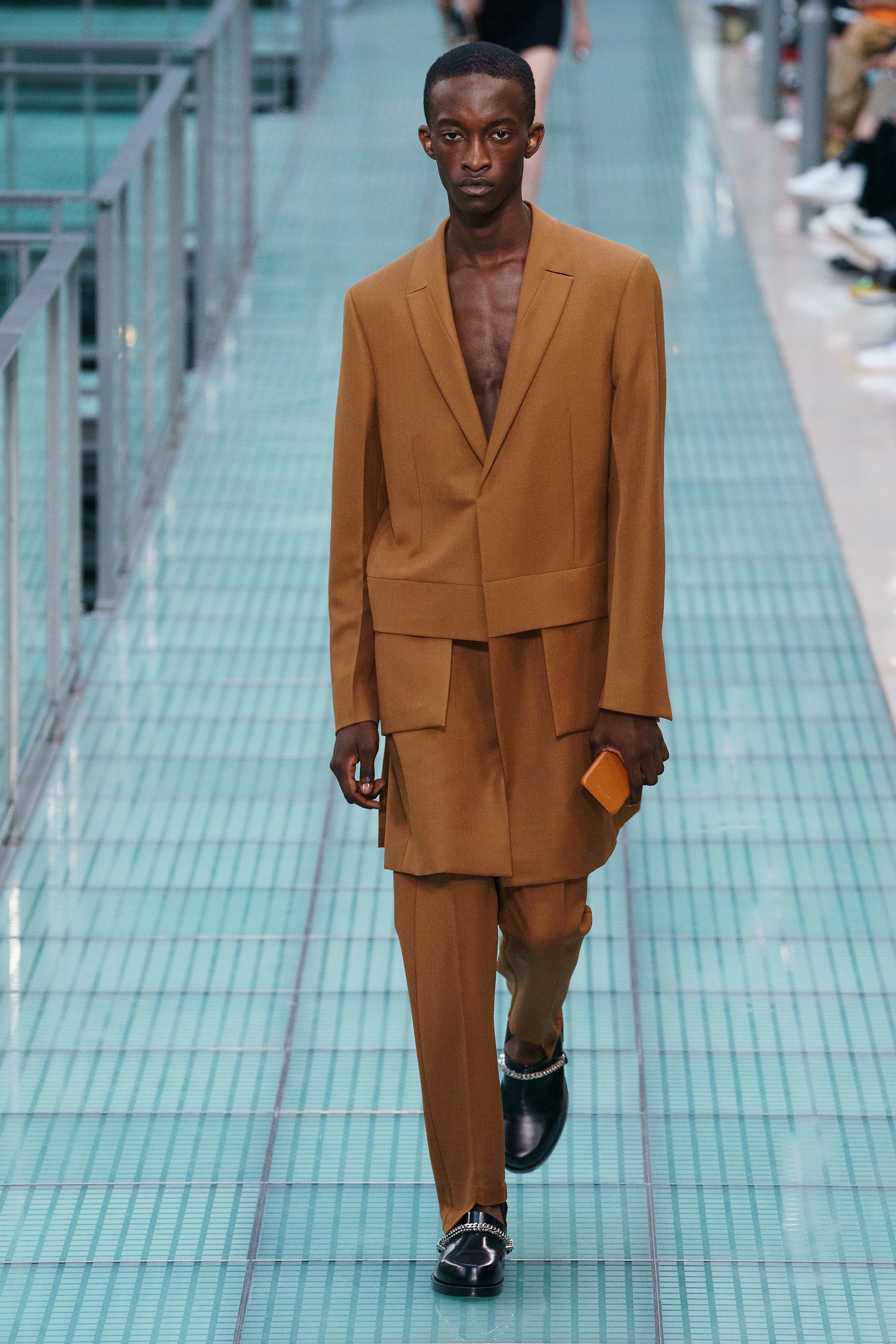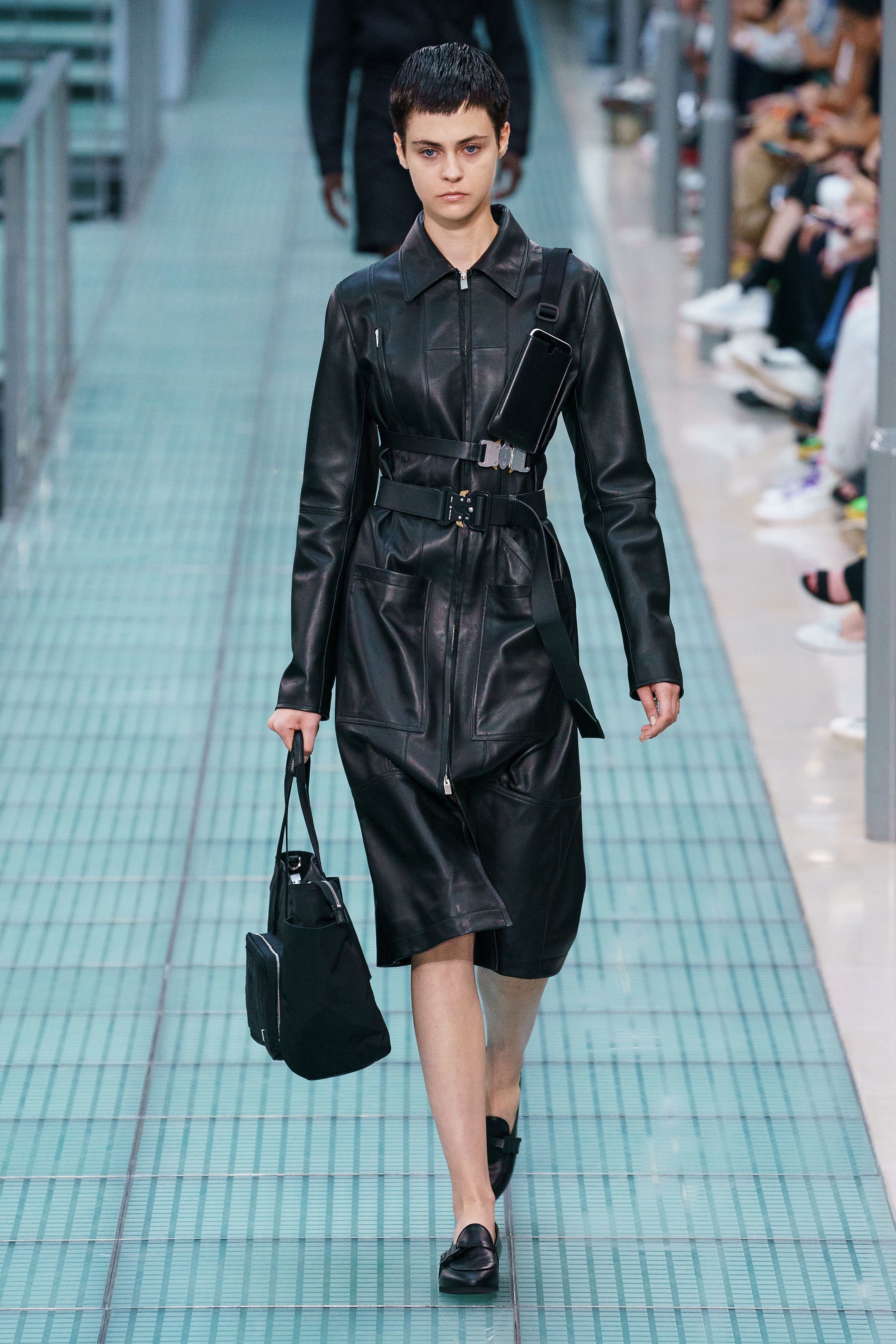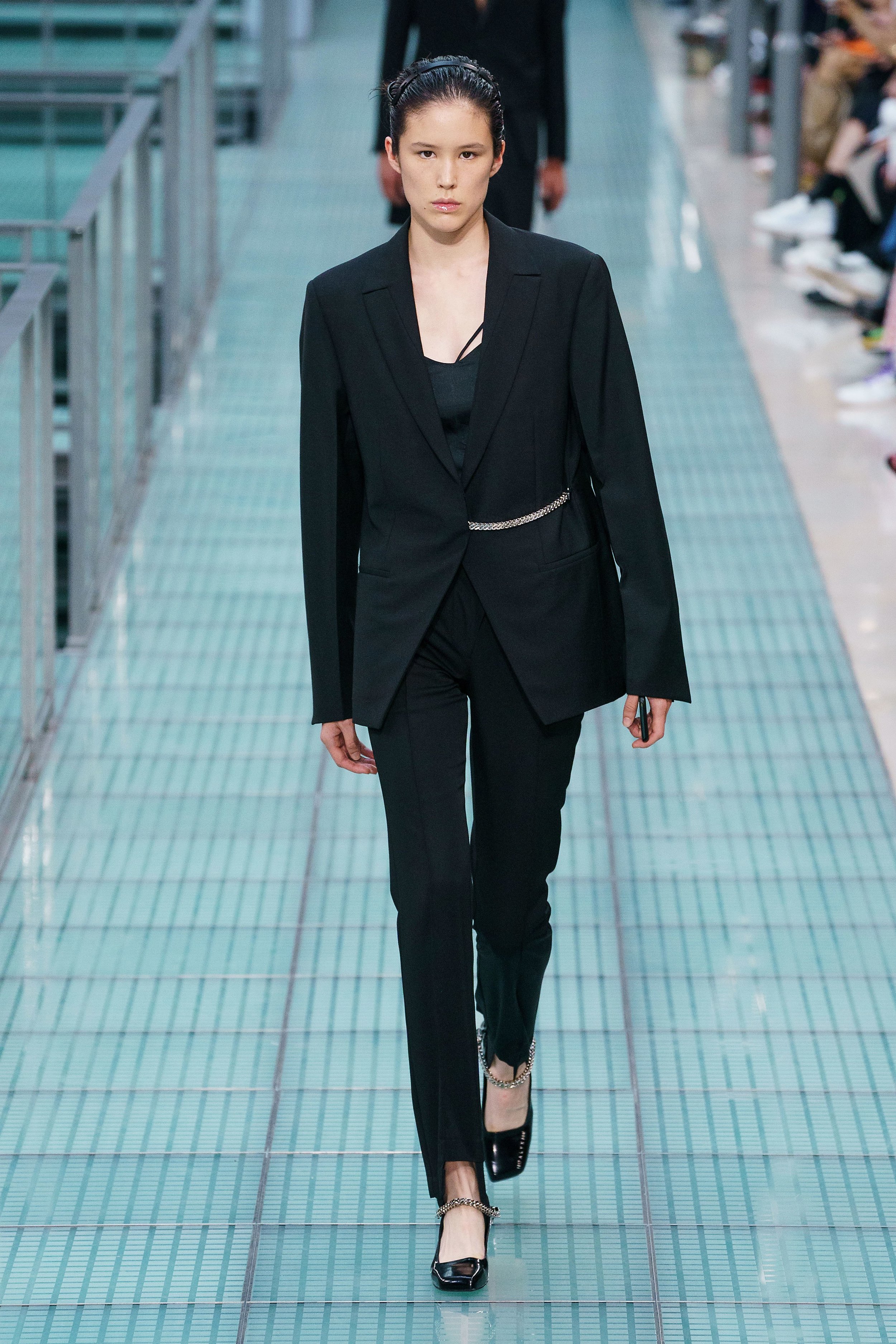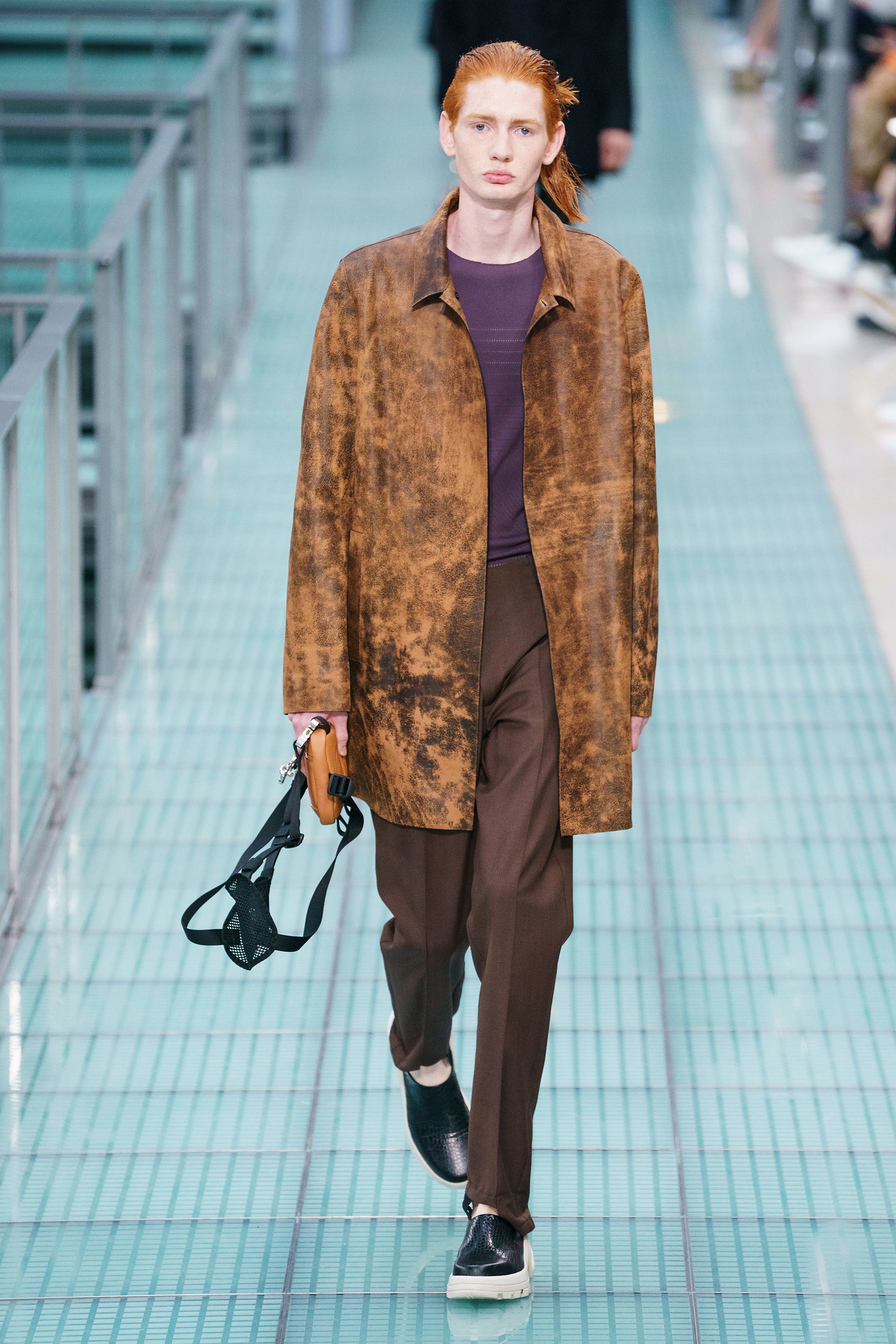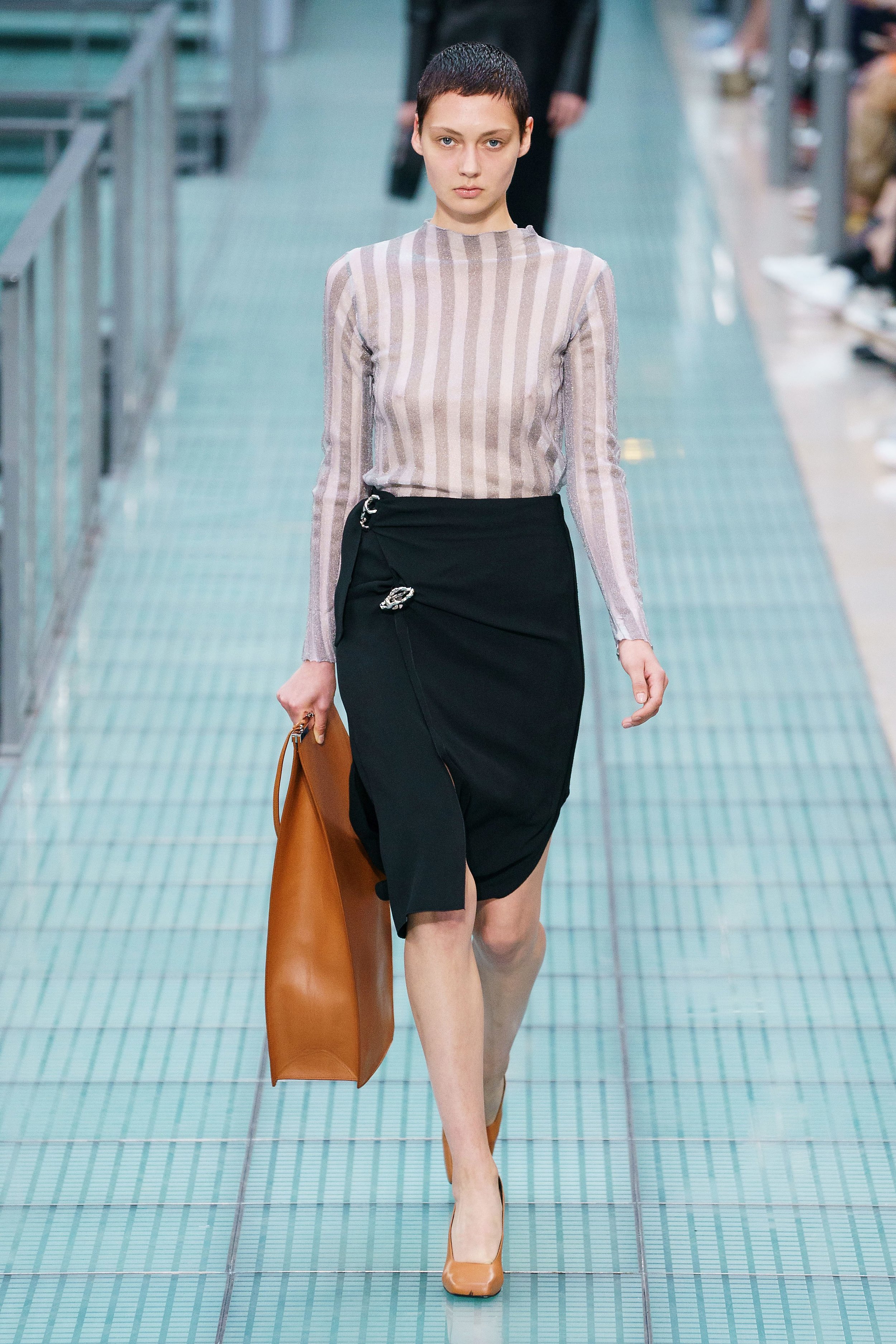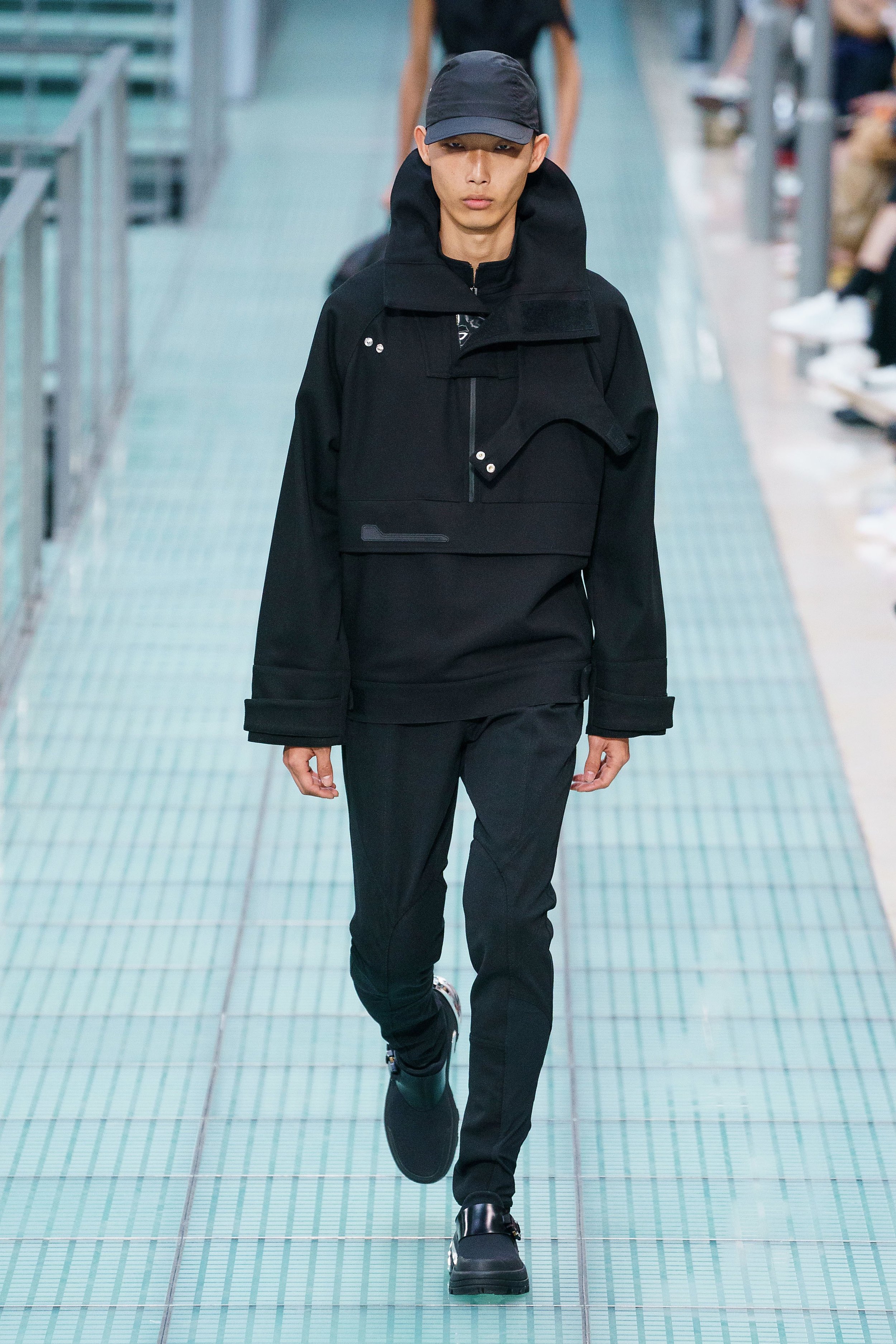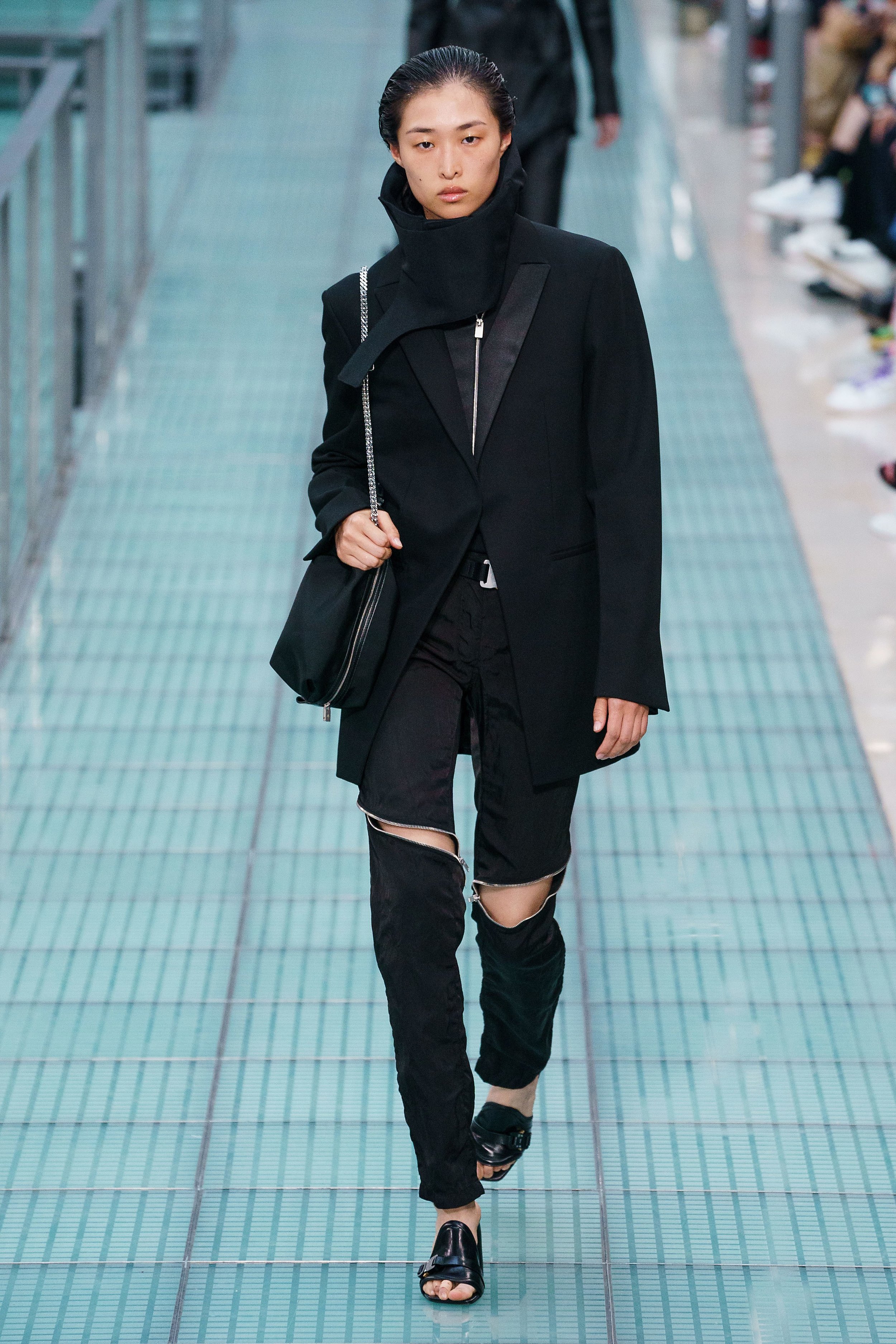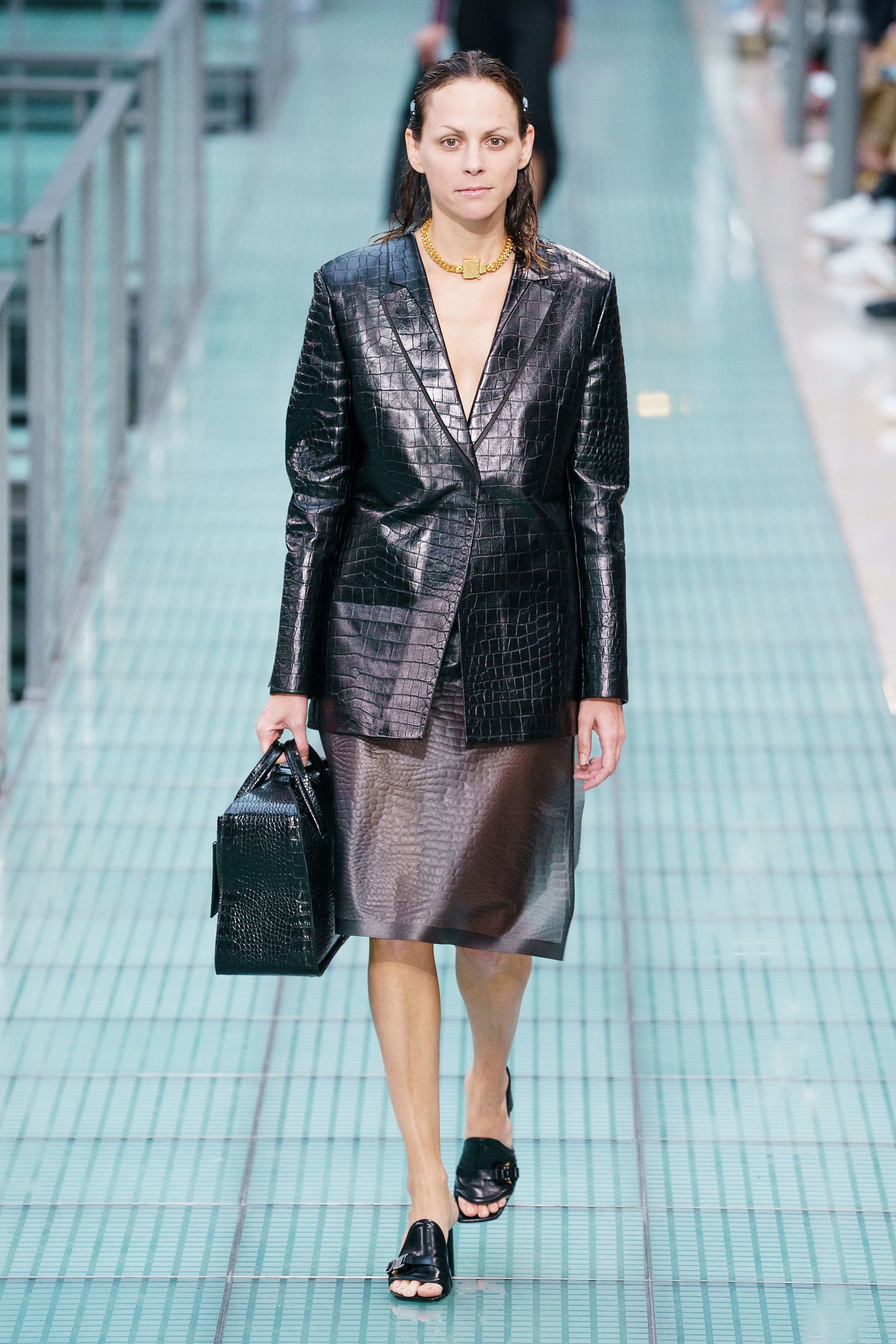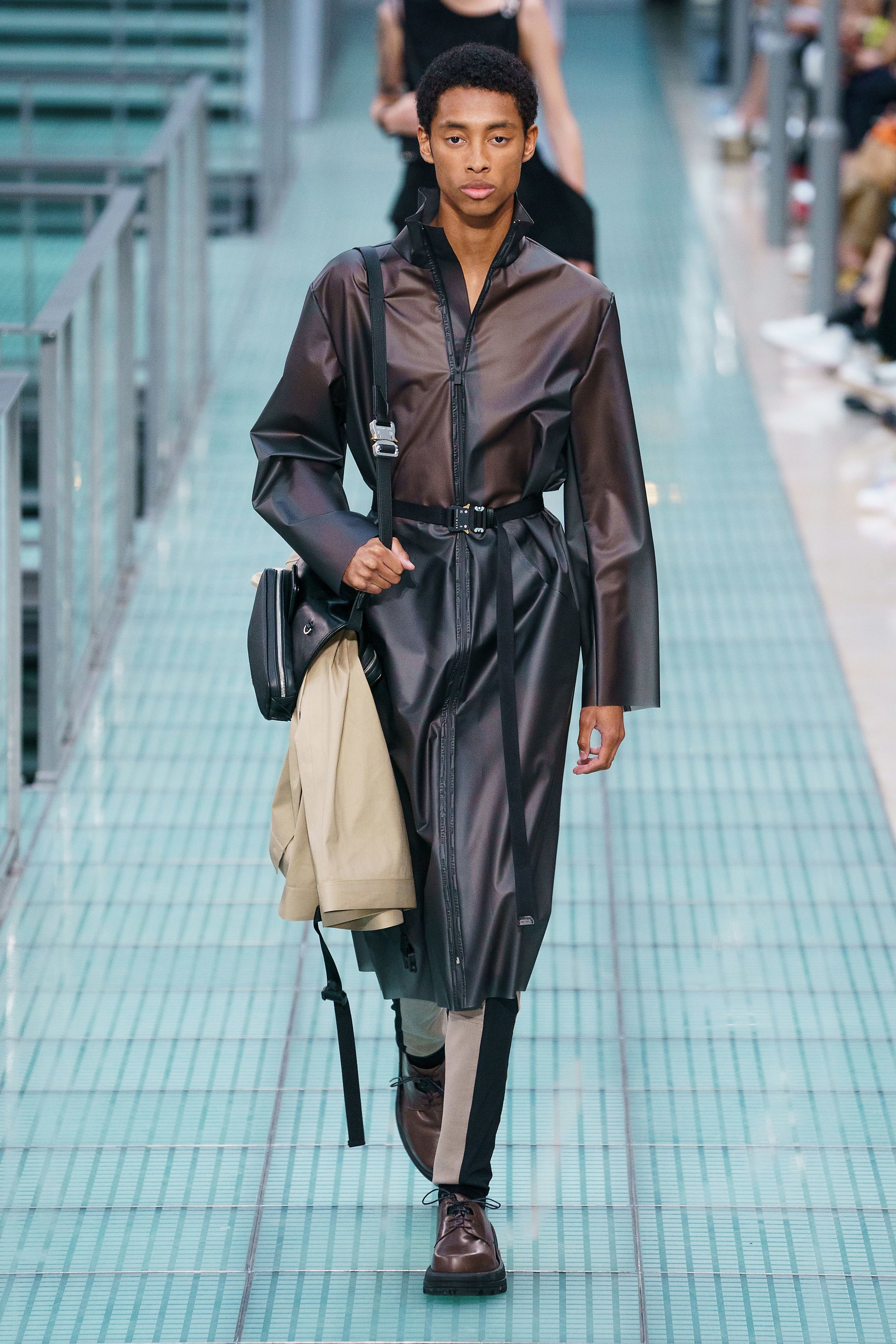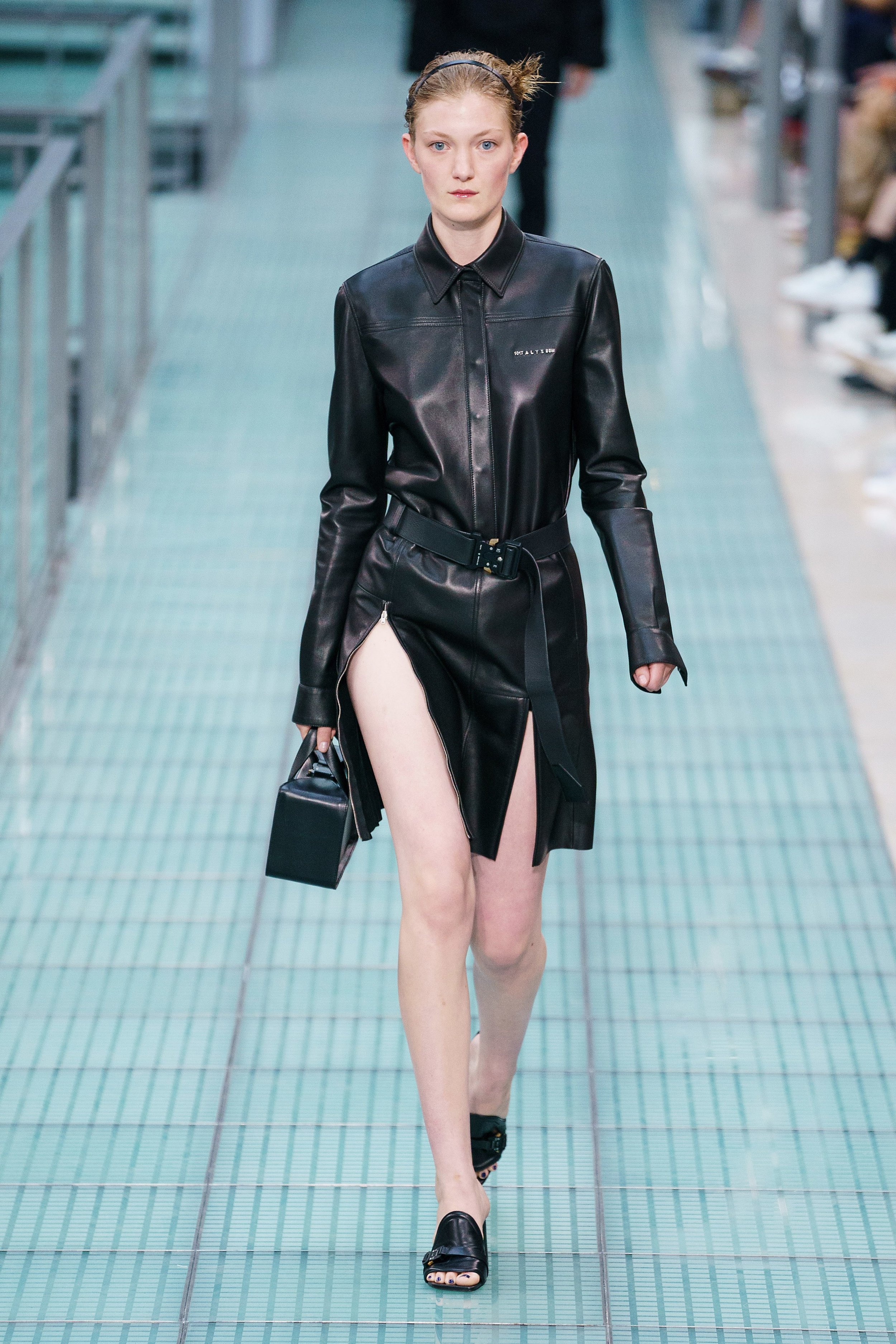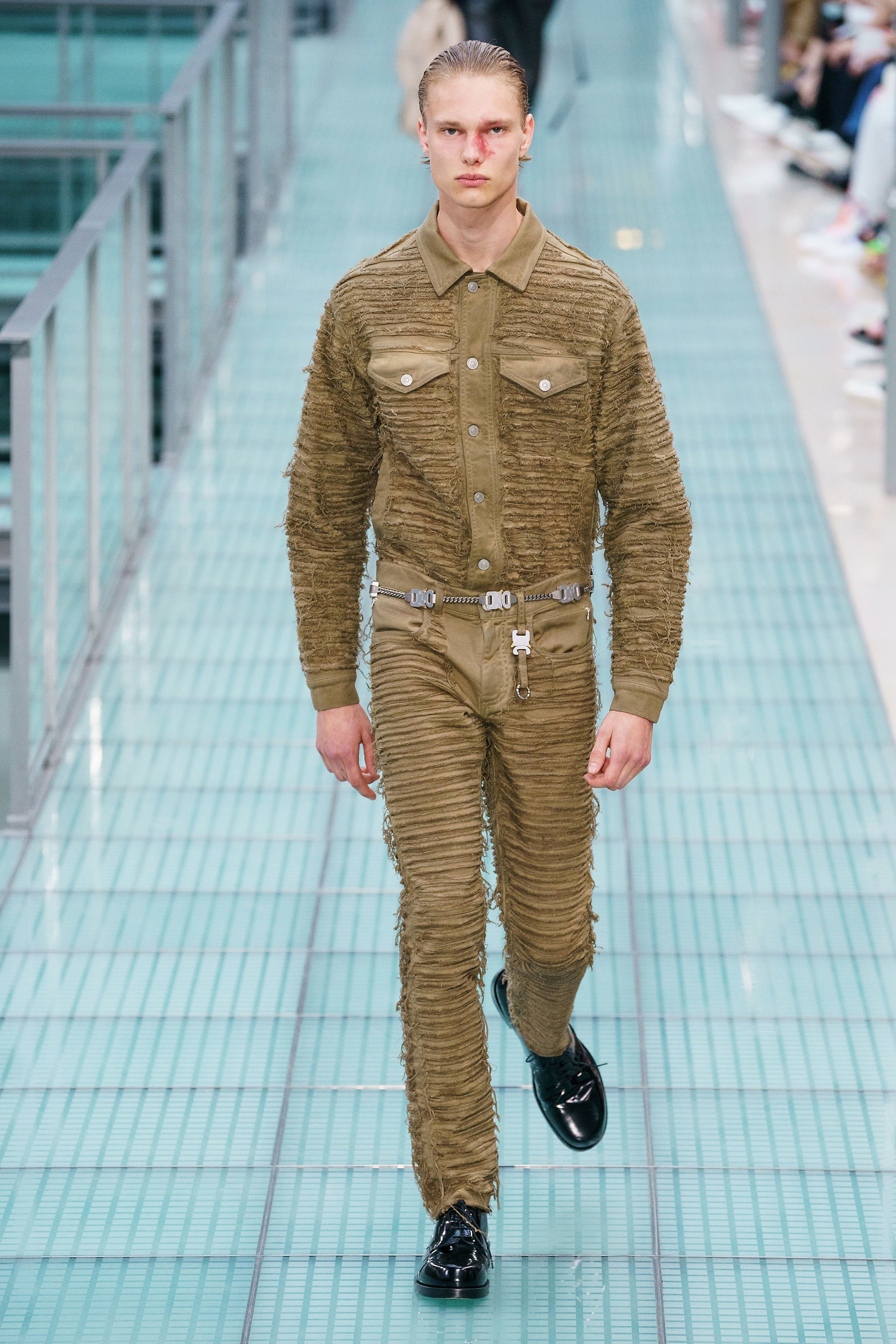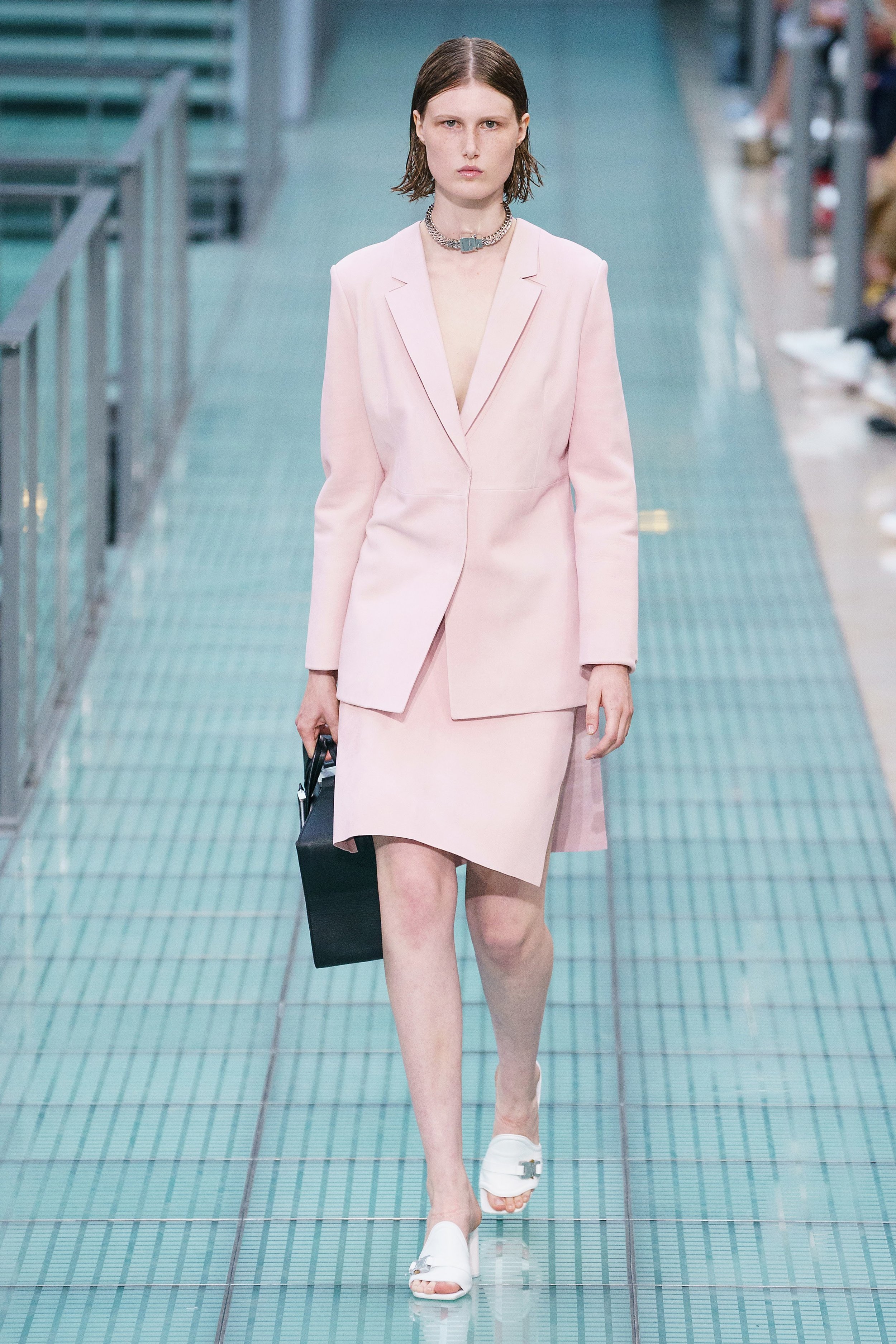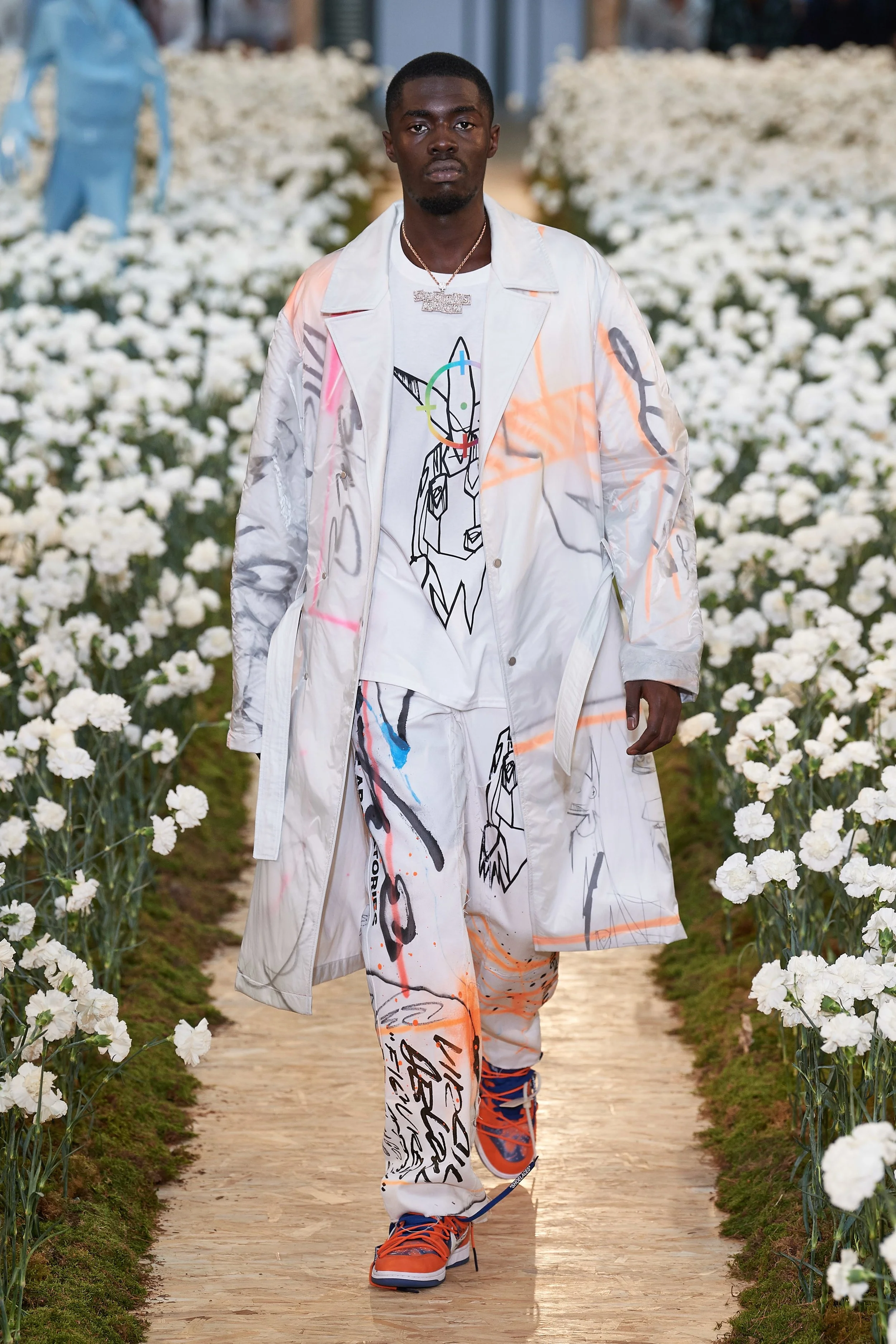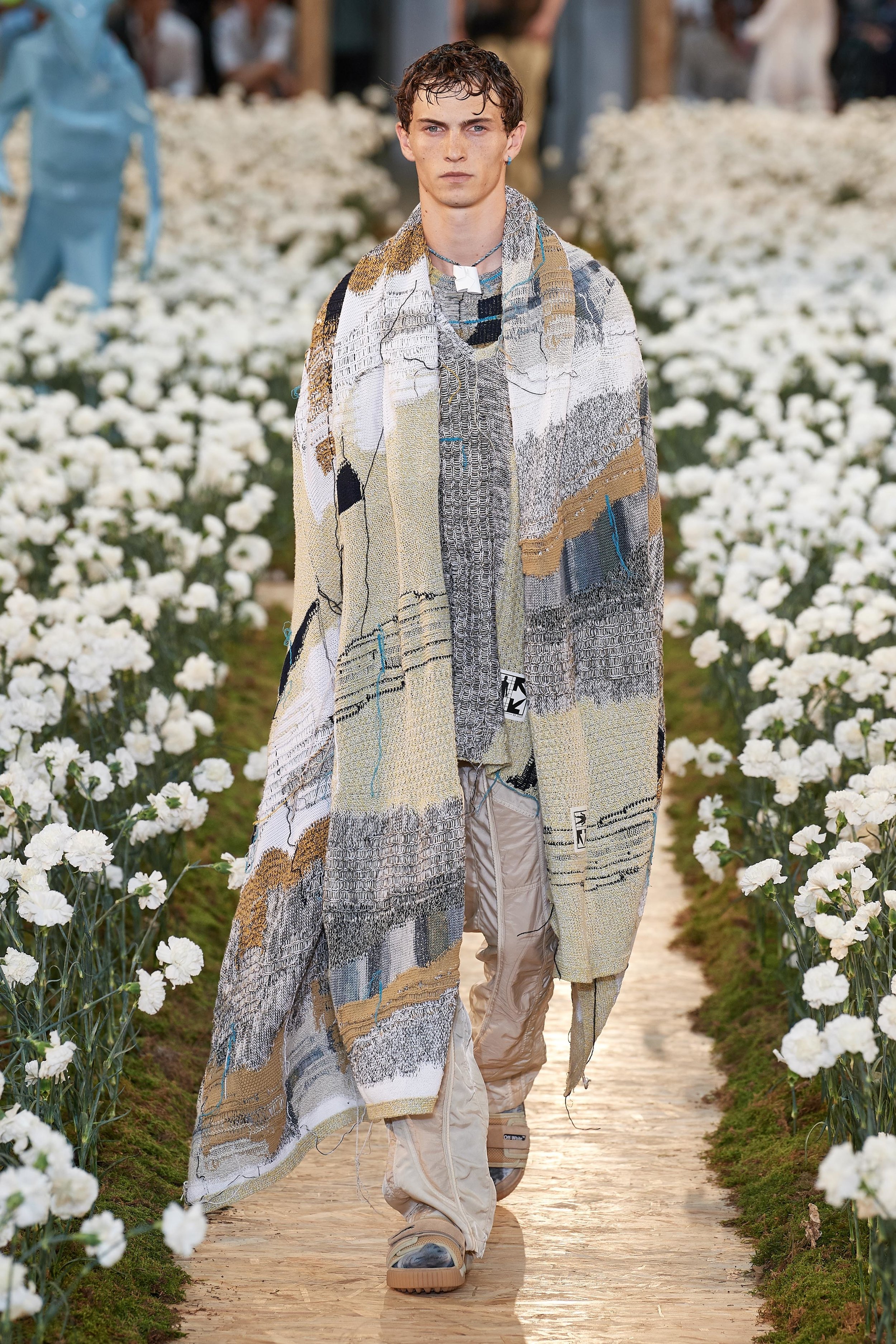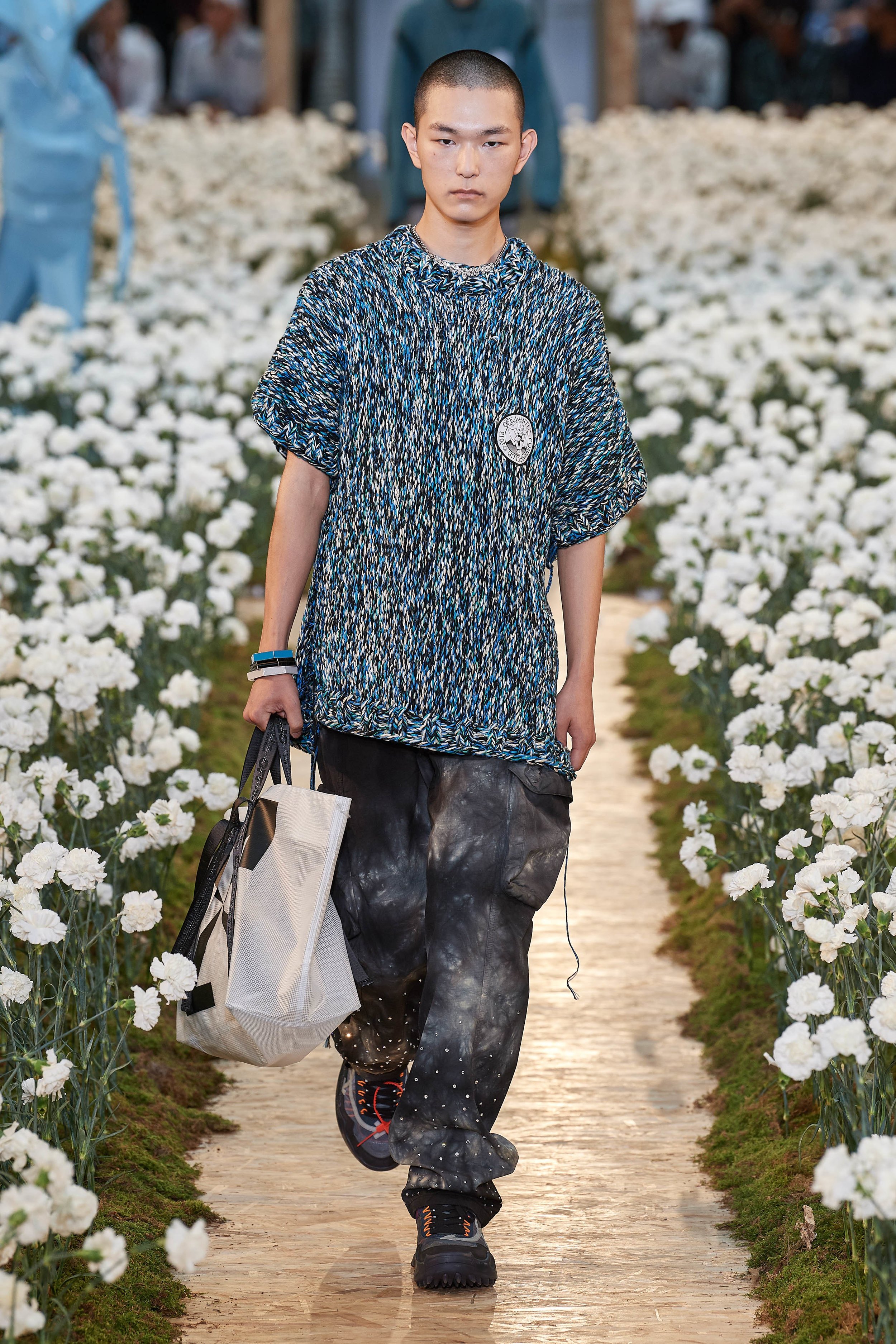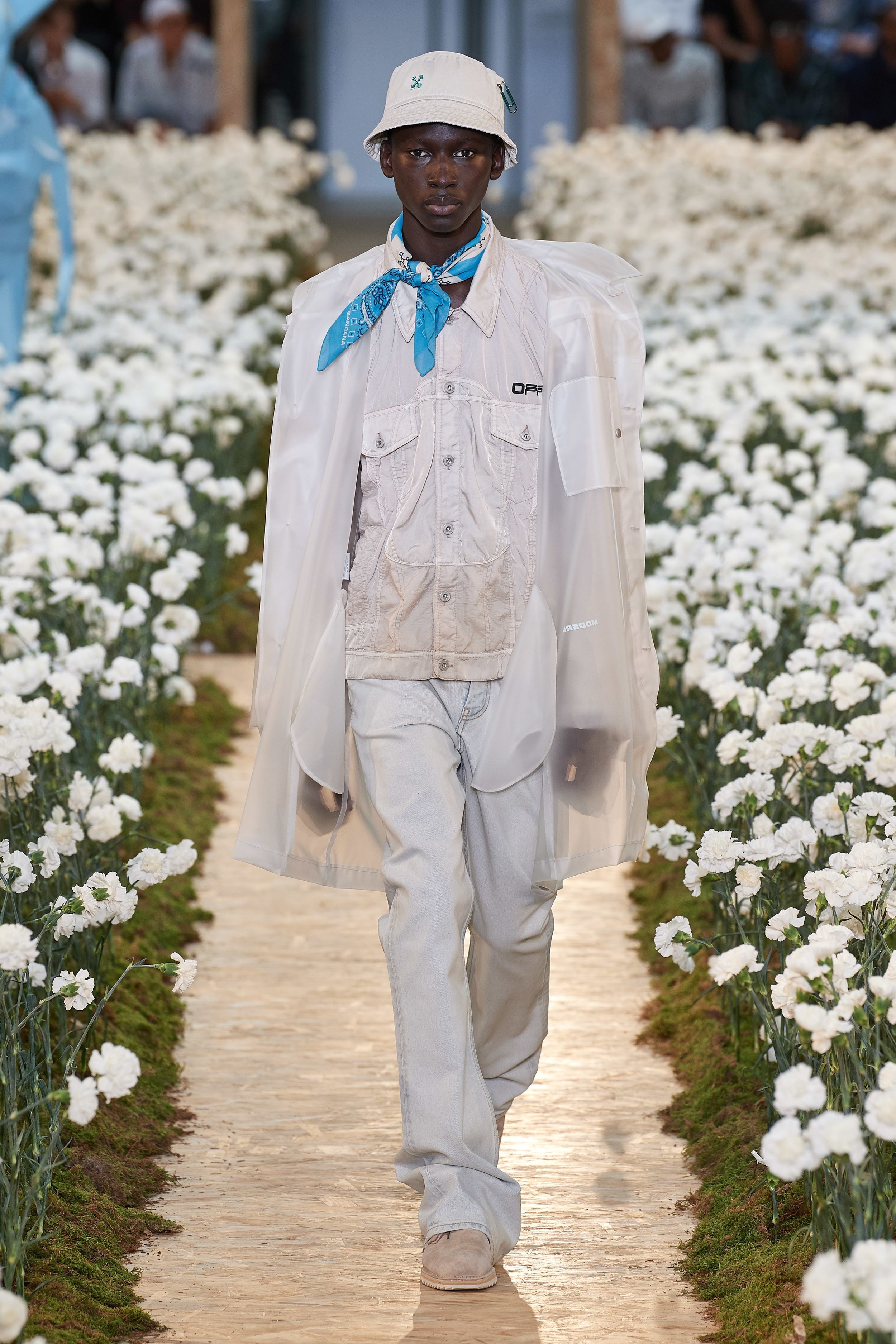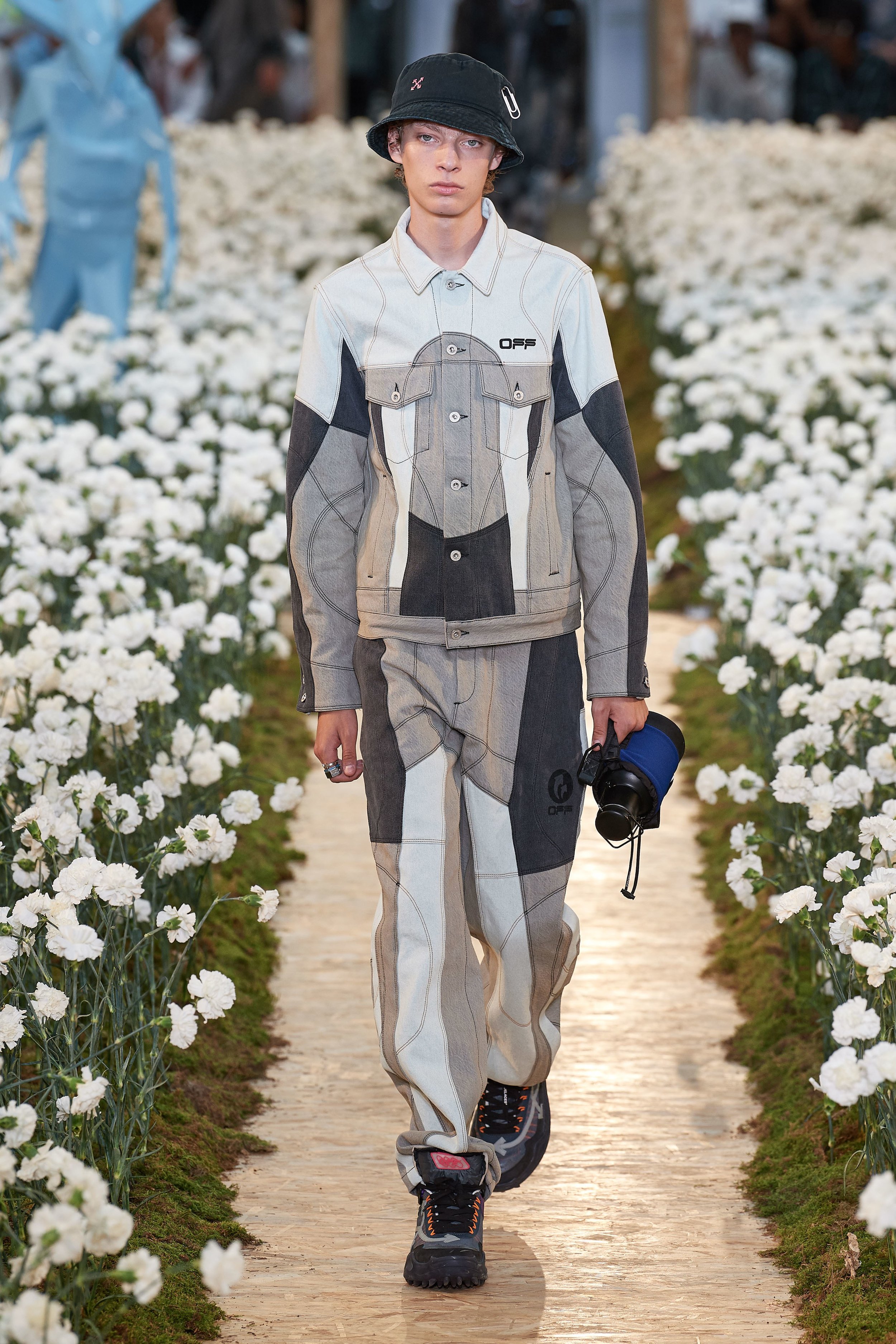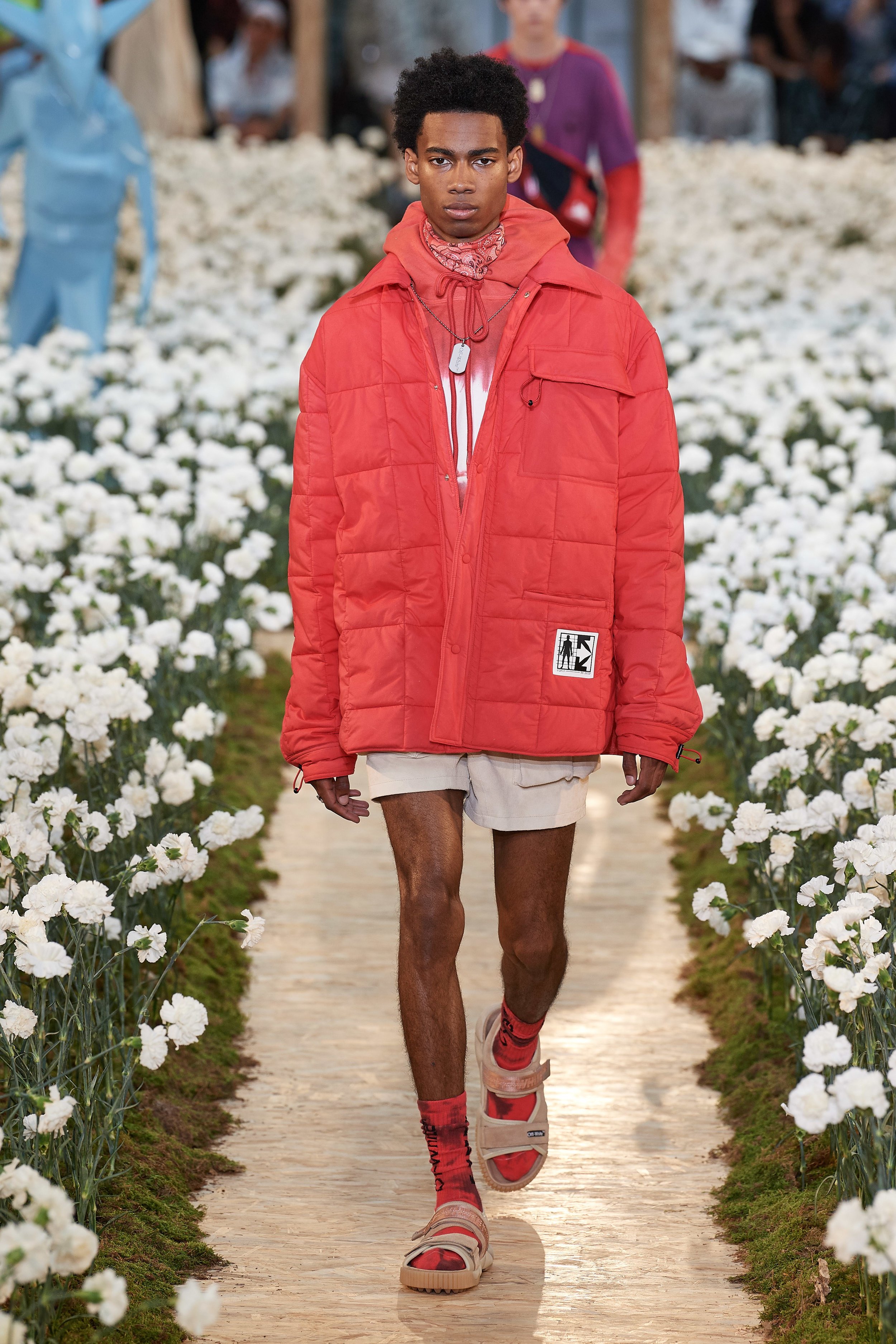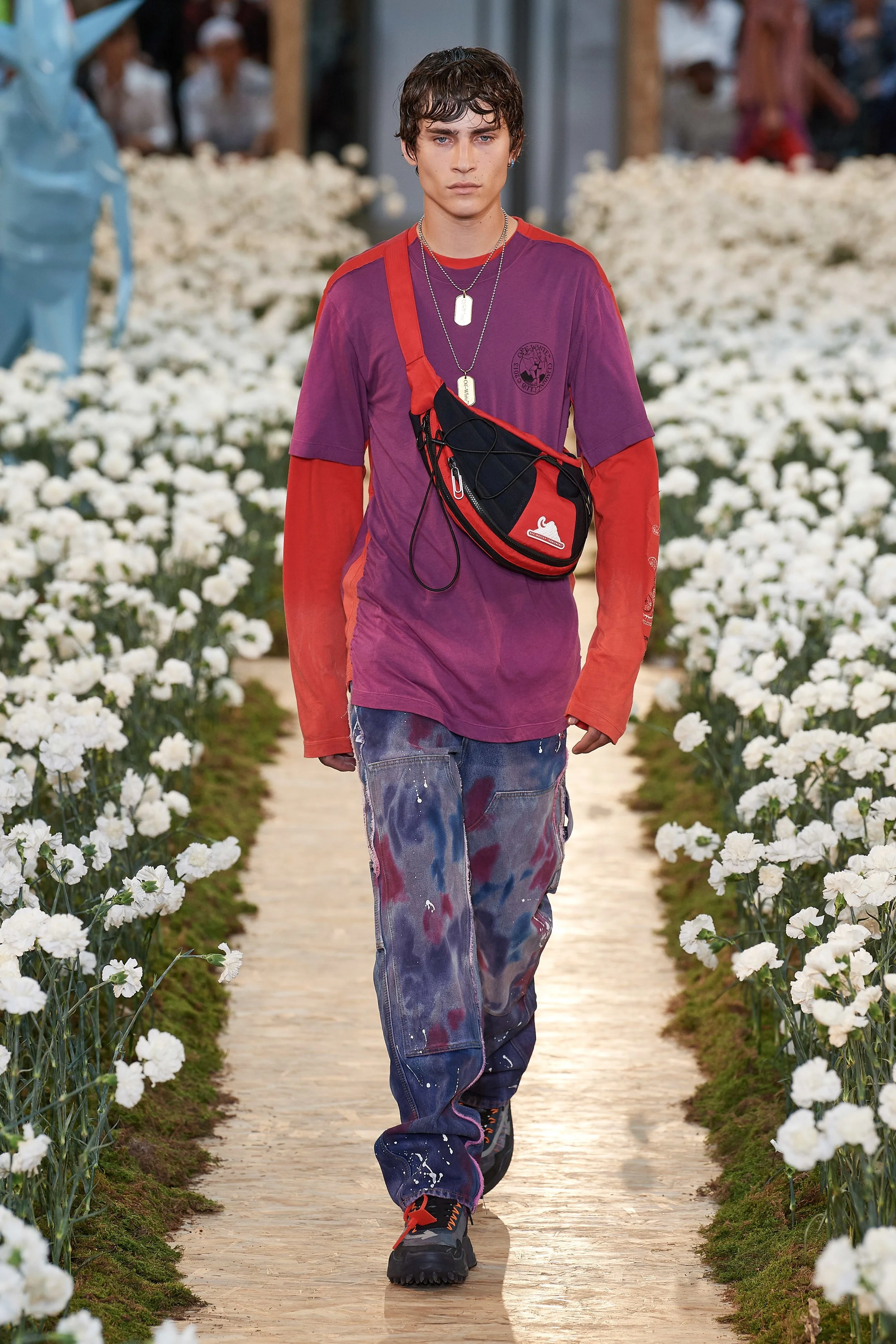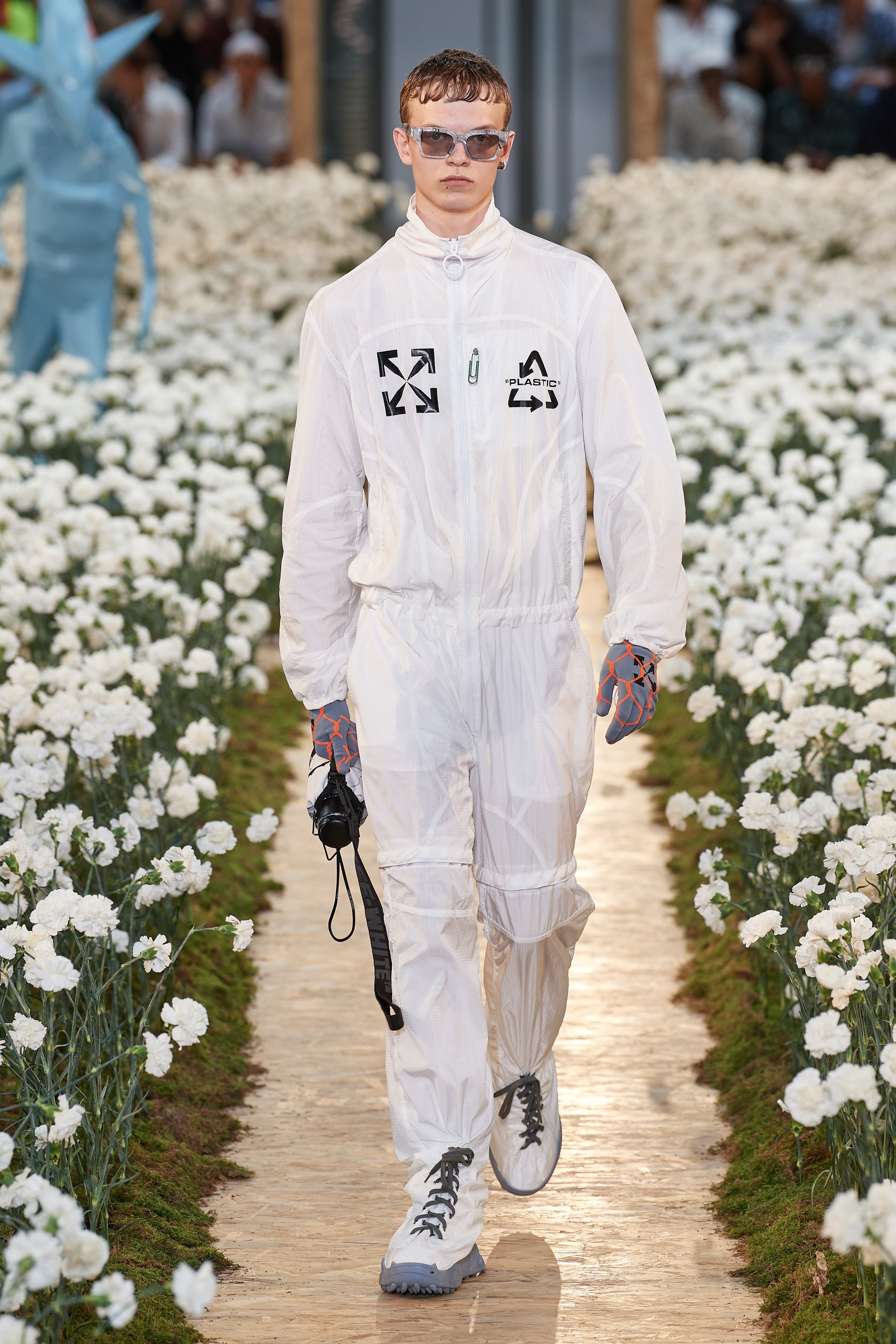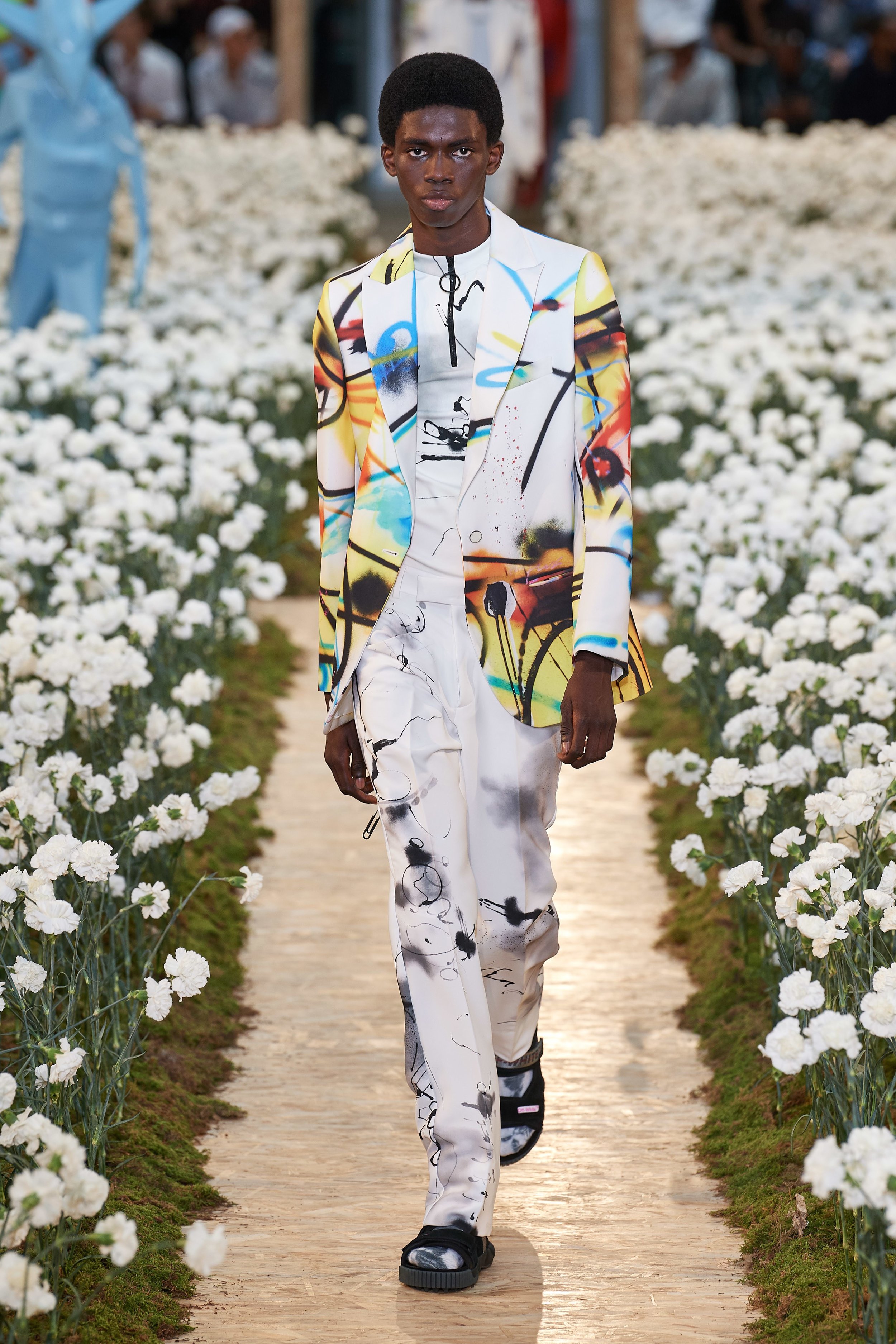Maison Margiela SPRING 2020 READY-TO-WEAR
/Lest we forget, John Galliano is a British man living in France. Among all the noise and polarized positions generated by Brexit, one of the slogans frequently voiced by the right is that British independence is “what we fought for in the war”—a trigger phrase which totally ignores the fact that the fight was against the forces of fascism in Europe. His Spring collection was a timely salute to the ordinary young men and women—the nurses and airmen, the army and navy boys—who stepped up to win the victory against Nazism in alliance with the French Resistance in occupied France.
The march of the Margiela liberation army is all about what’s going on today, of course.
“Reverence for the lessons of history and what they taught us,” read a thought line in his press release. “Stories of hope, heroines, and liberation are forgotten as history draws ever closer to repetition.”
Call to witness his first volunteer, a nurse in a navy serge cape, white hospital sleeves, and a gray serge pencil skirt. Second, a girl in a black dress with a veiled hat trimmed with a feather, somewhere out of the ’30s or ‘40s—maybe one of those chic-against-the-odds Frenchwomen of the Resistance who went about their undercover work carrying secrets and explosives in their sensible handbags.
Later on, when a couple of girls came out with poufs of fabric floating behind them, you had to wonder: Were those partial evening dresses or vestiges of the parachutes used by that secret army of female agents who dropped behind enemy lines? Where there was jewelry, it was in the form of decorations, medals, pins, and military stripes.
The fact that Galliano turned to exploring uniform—the ultimate built-to-last clothing—chimed with fashion’s current drive to put forward clothes with substance and value. In recent seasons, his consciousness of the digital world, social media, and what the Gen Z interns bring to his studio has sent him into explorations of creative chaos. This still wasn’t a collection of literal costume narrative—there were layerings of coats with holes—but the feverish fragmentary collaging and back-to-front and upside downness of recent shows were largely gone, replaced by a sense that this is a time for shaping up and showing what you stand for—skills and beliefs included.
What he showed is that he’s a tailor who cuts it with the best, be that in a man’s civvy-street double-breasted pinstriped jacket, or a subverted airman’s uniform, the jacket cropped to the midriff over way-up-high pleated trousers.
Somewhere in the mix too, there was a pure white mackintosh, made-in-Britain trad as its most timelessly classic. There is plenty to be proud of in heritage, he seemed to be saying, but that includes the right to freedom of self-expression, inclusive of defending the LGBTQ+ rights that have been enshrined in law—only very recently—since Europe has been united. It was exuberant; it was fun; it was a celebration of male eroticism—a platform for everyone’s right to camp it up in vertiginous platform knee boots. Somewhere in there too was the hope that all that progress won’t have to be fought over again.
Source: VogueRunway
FASHIONADO

